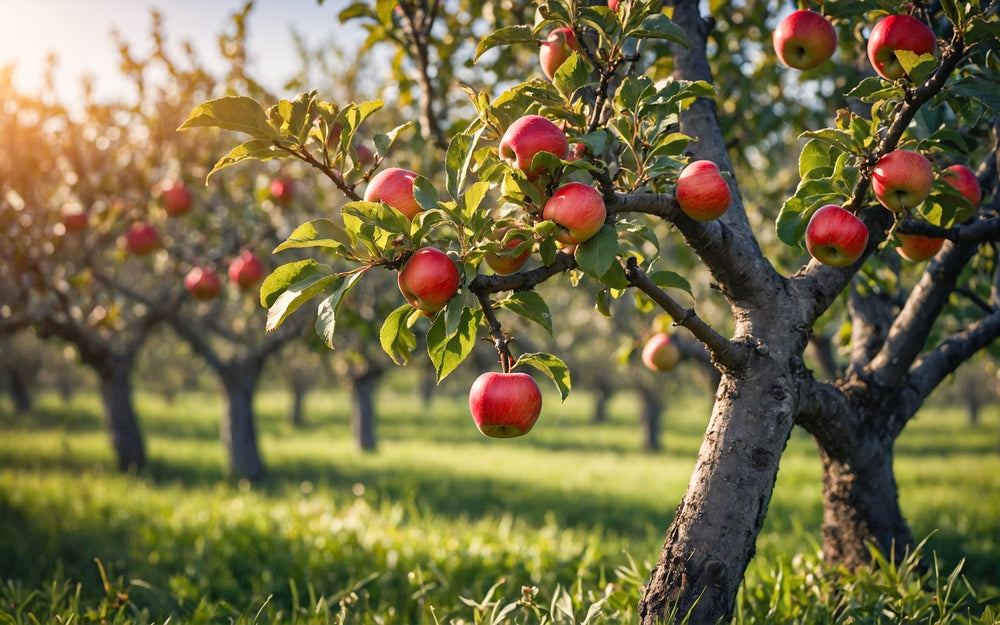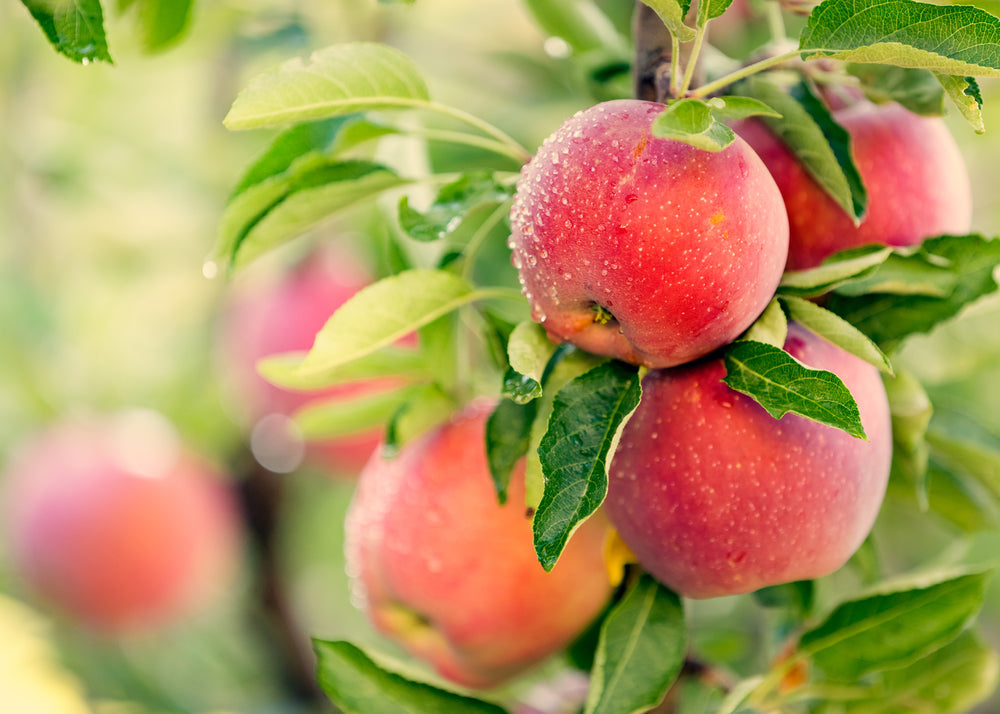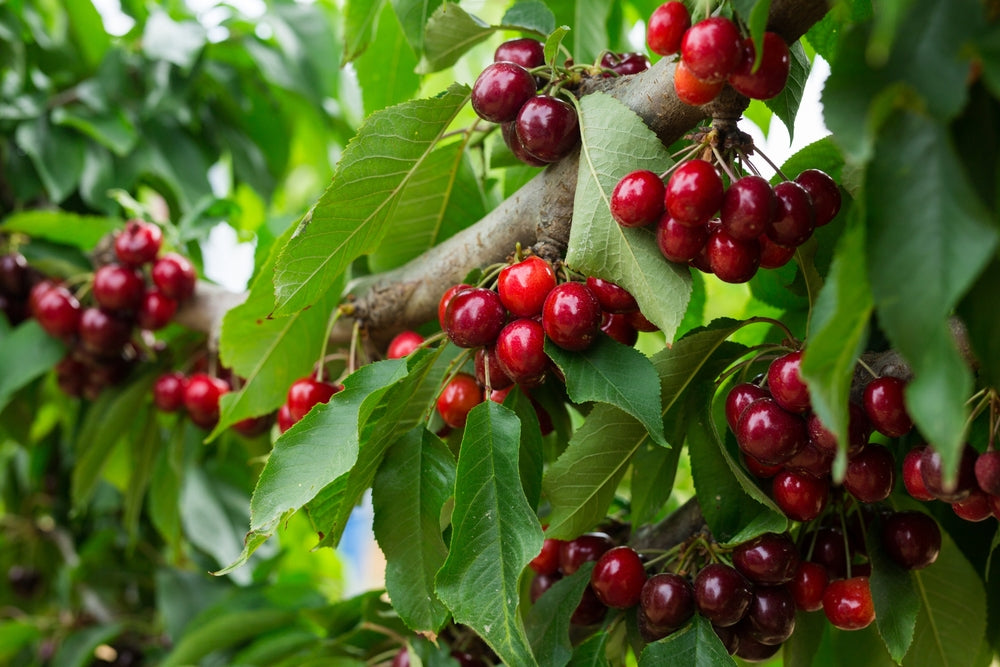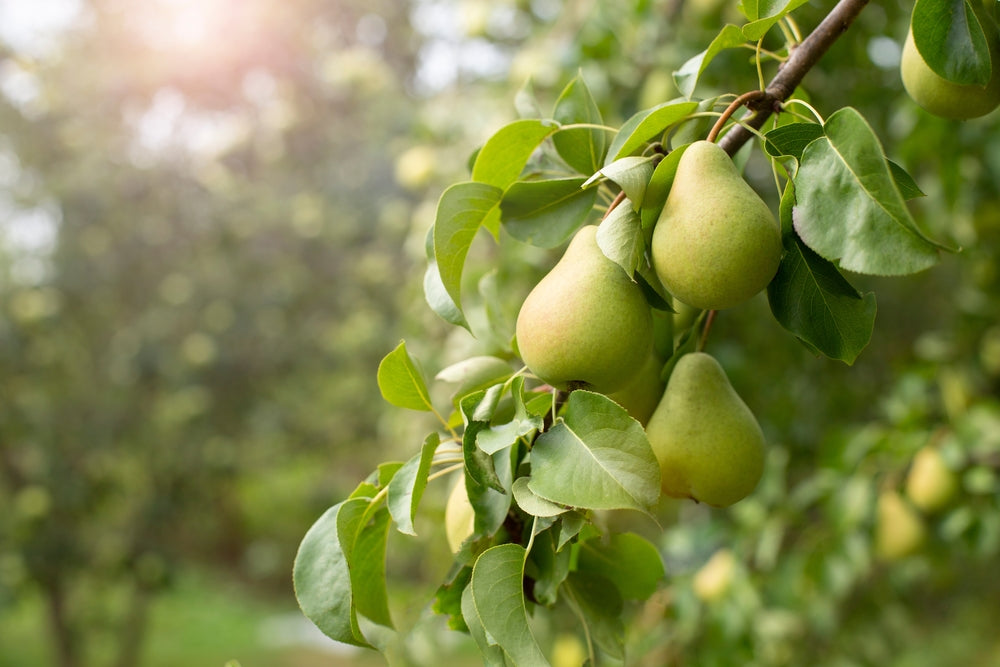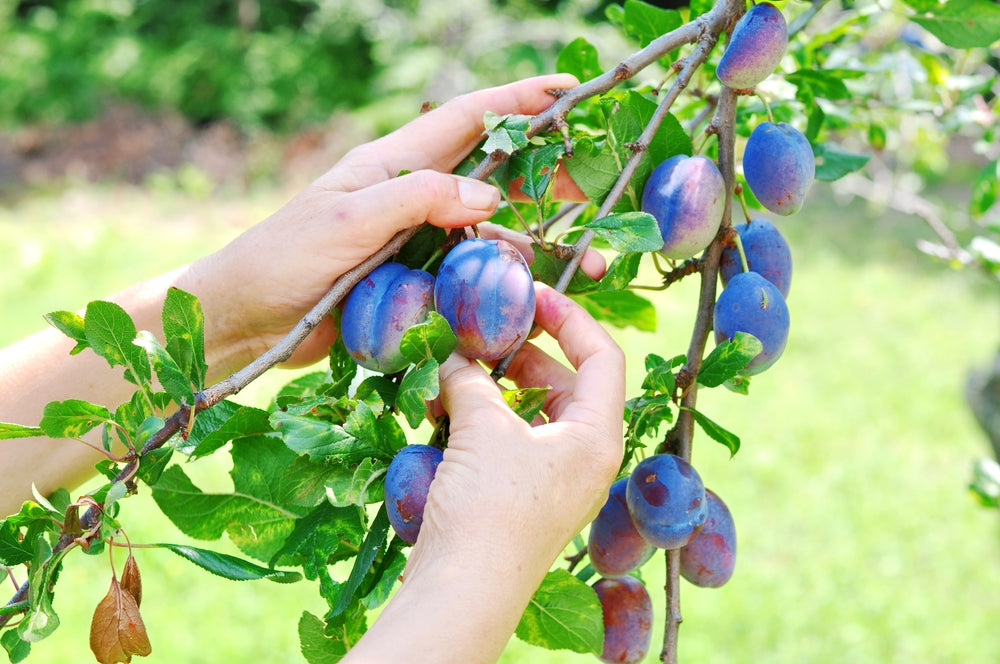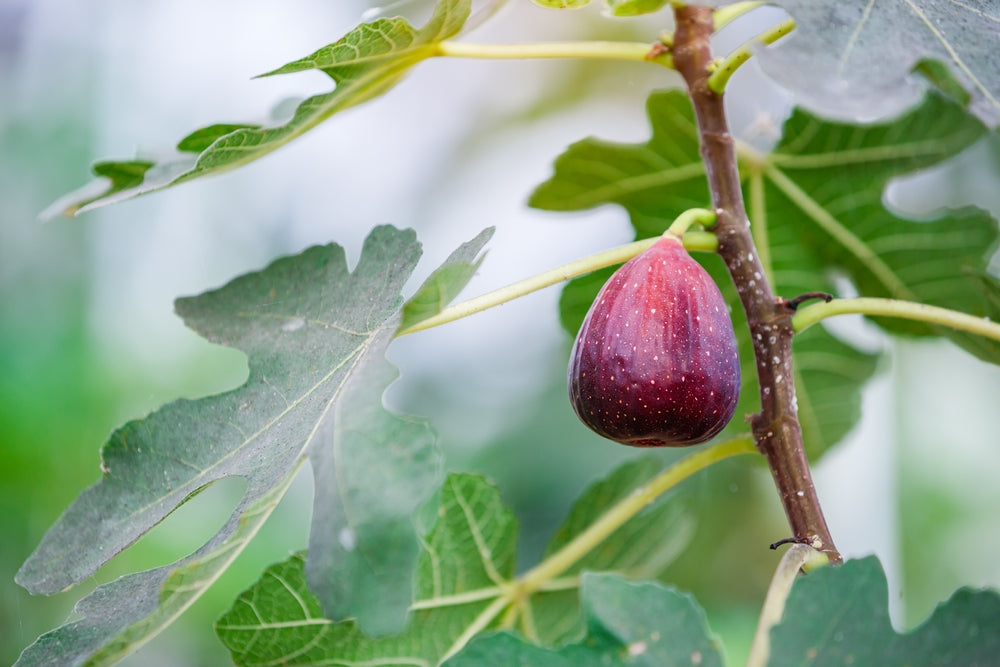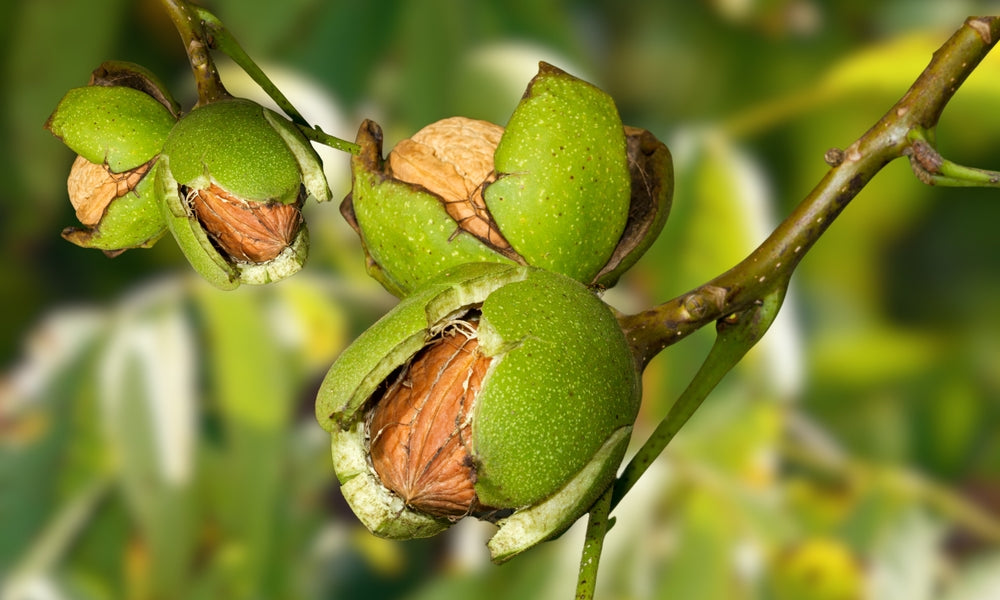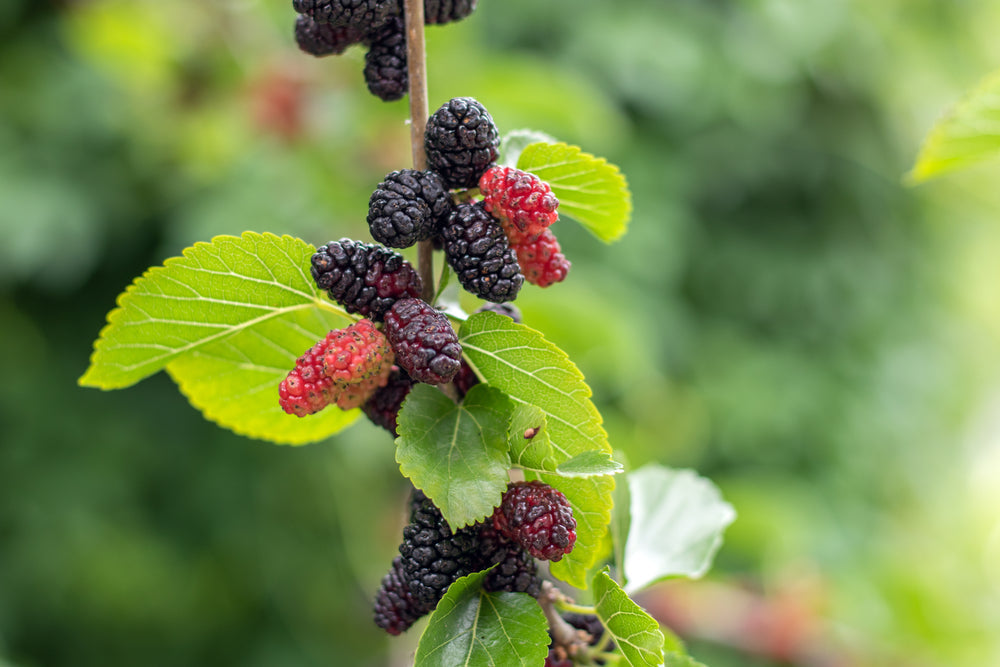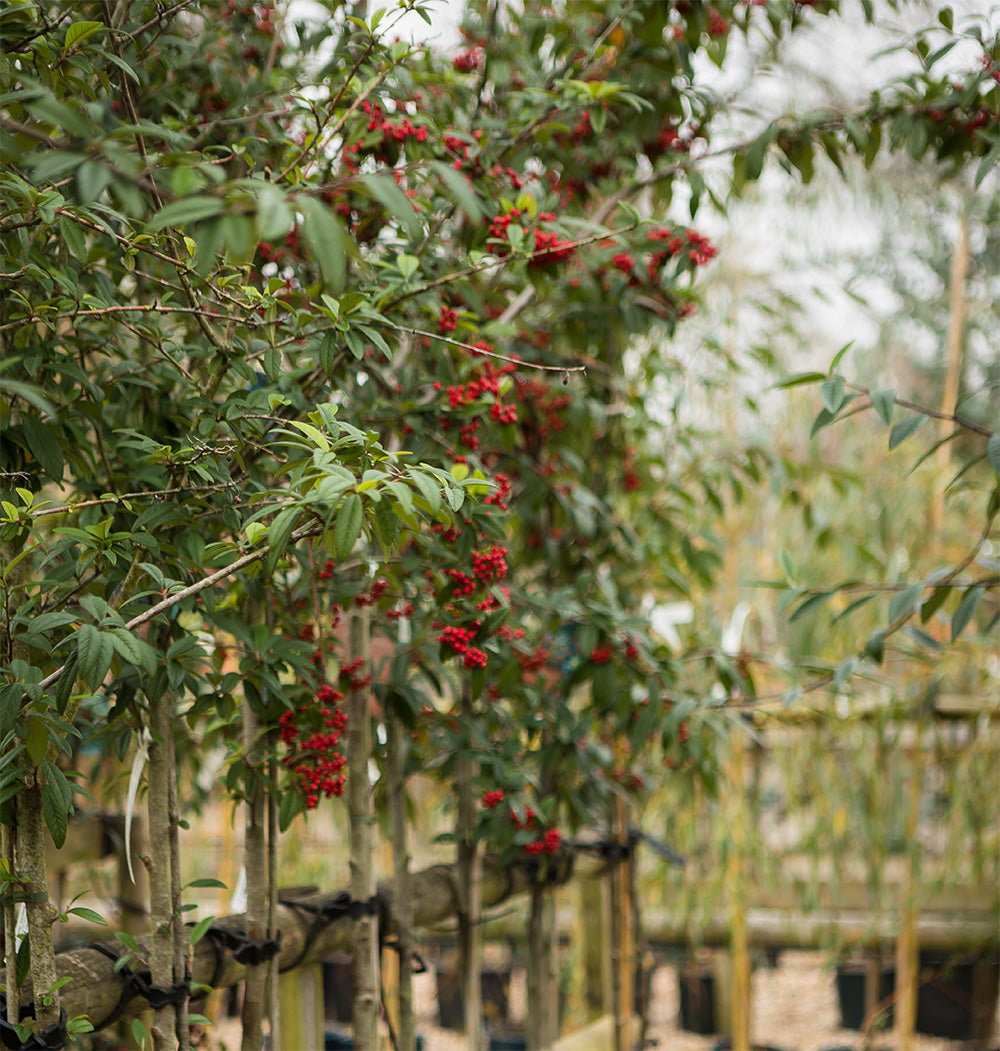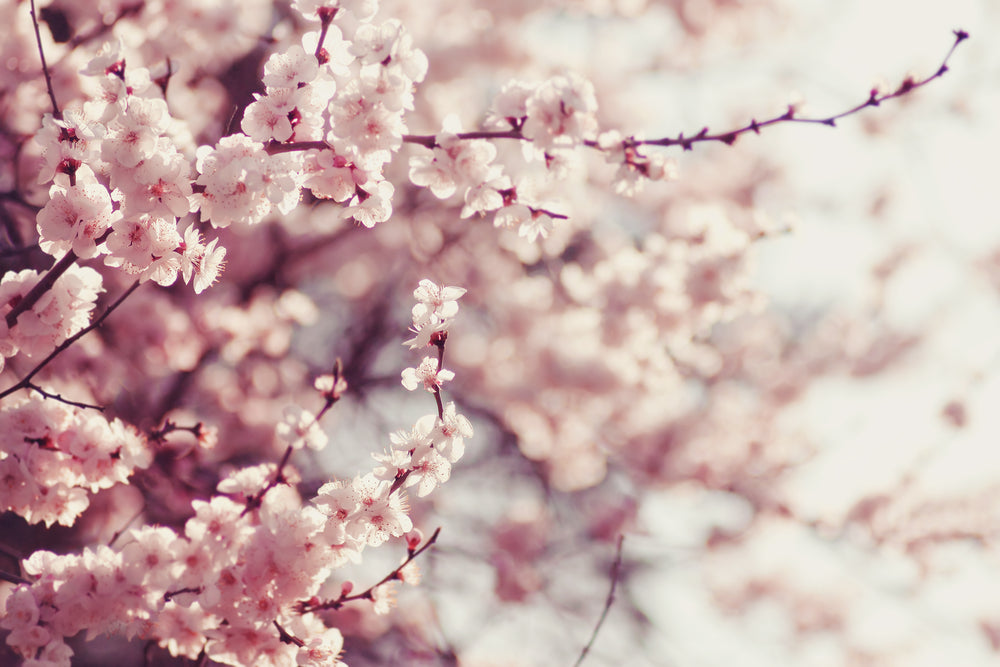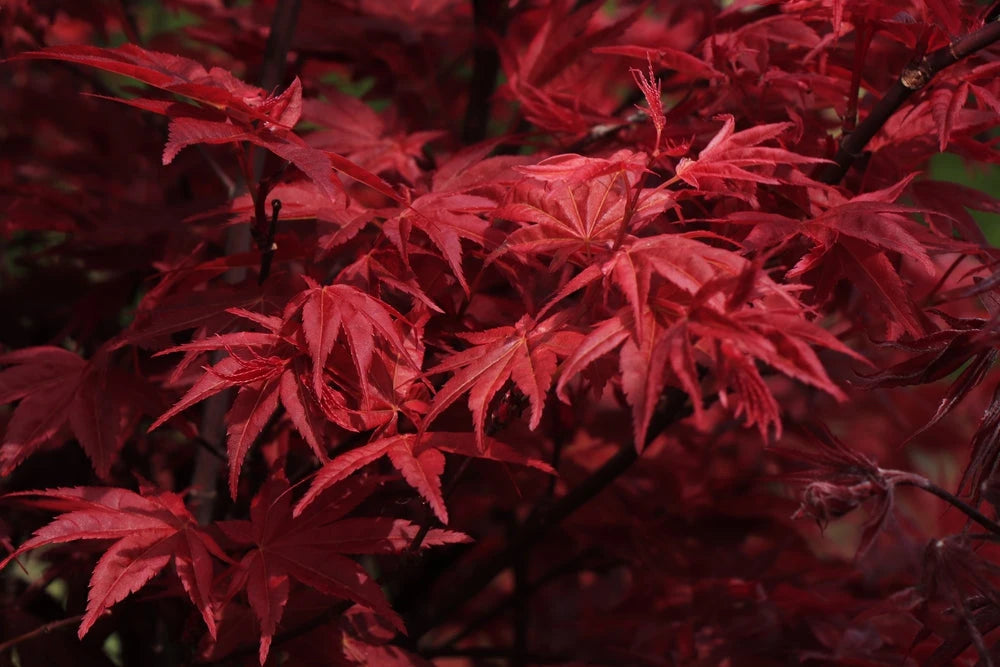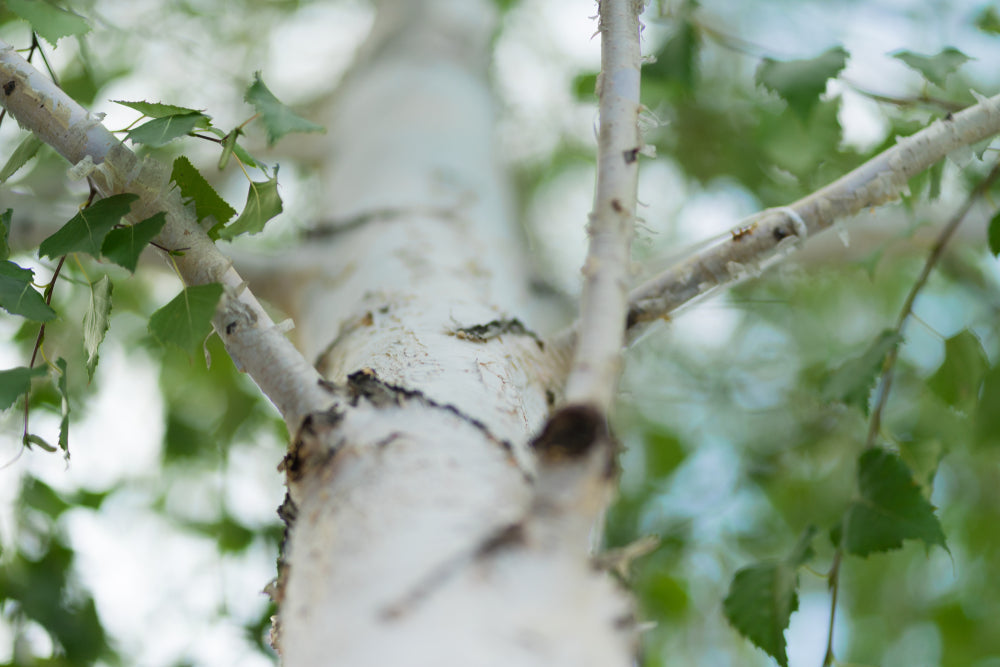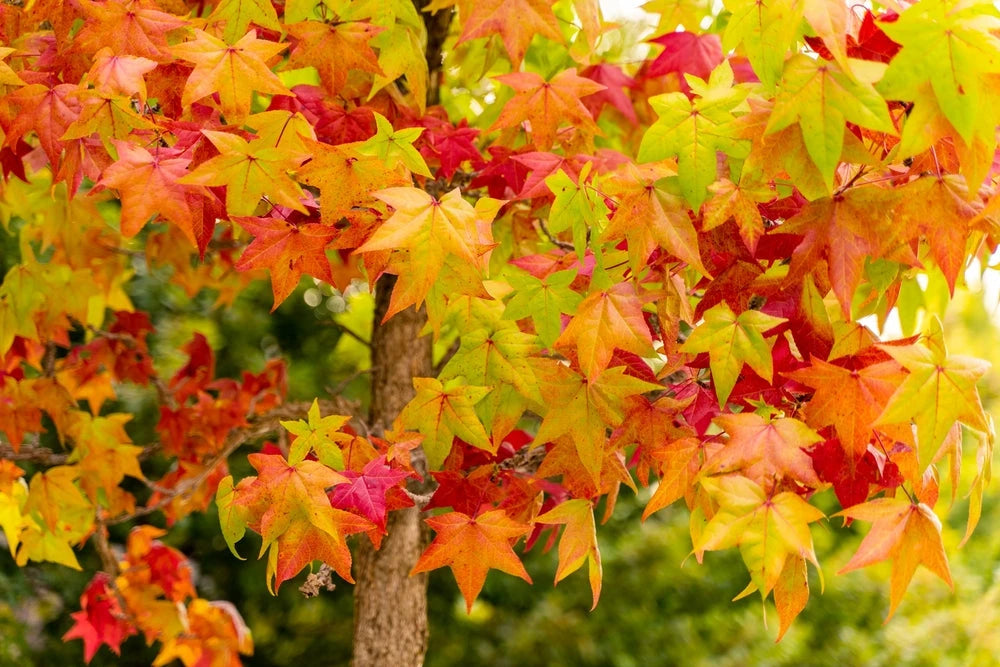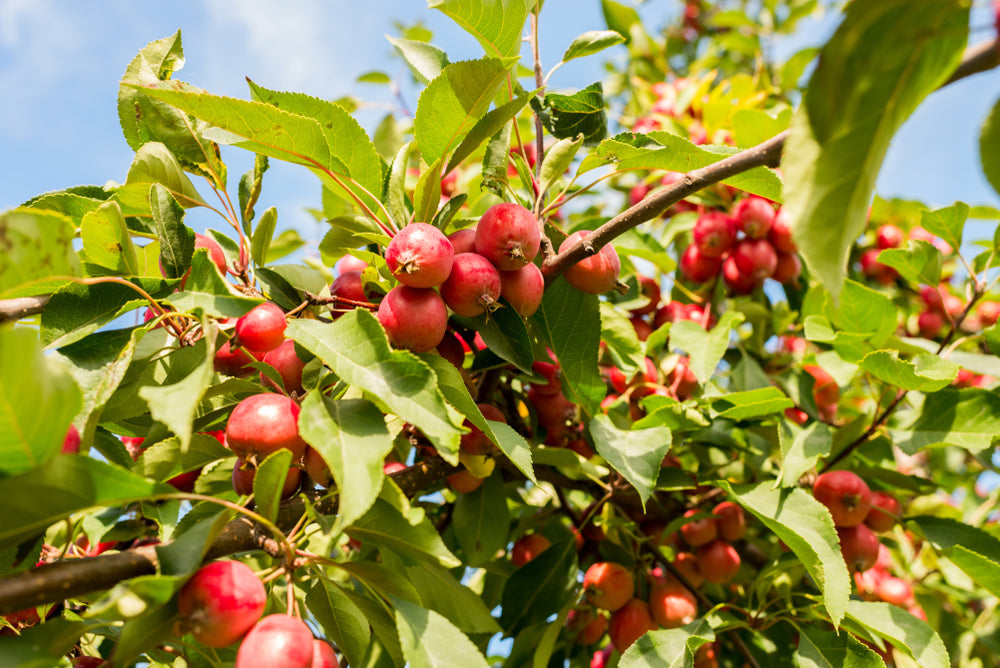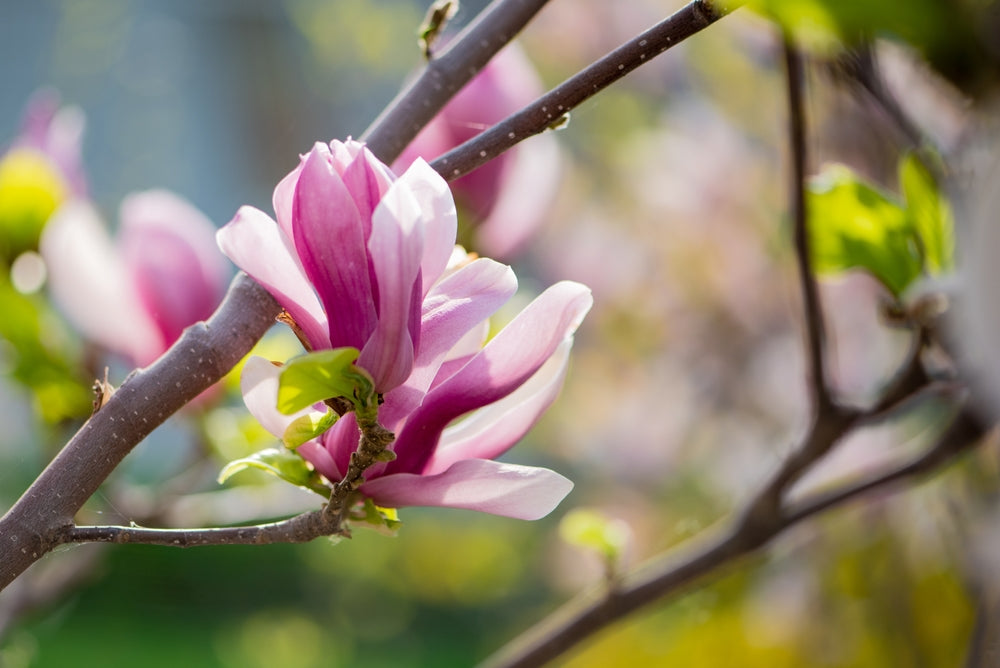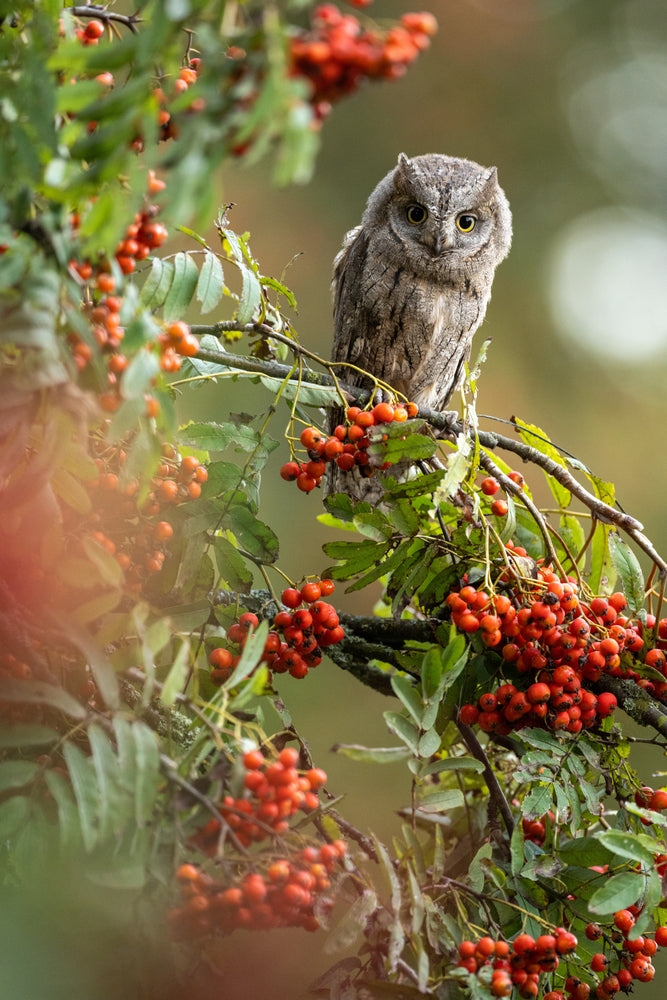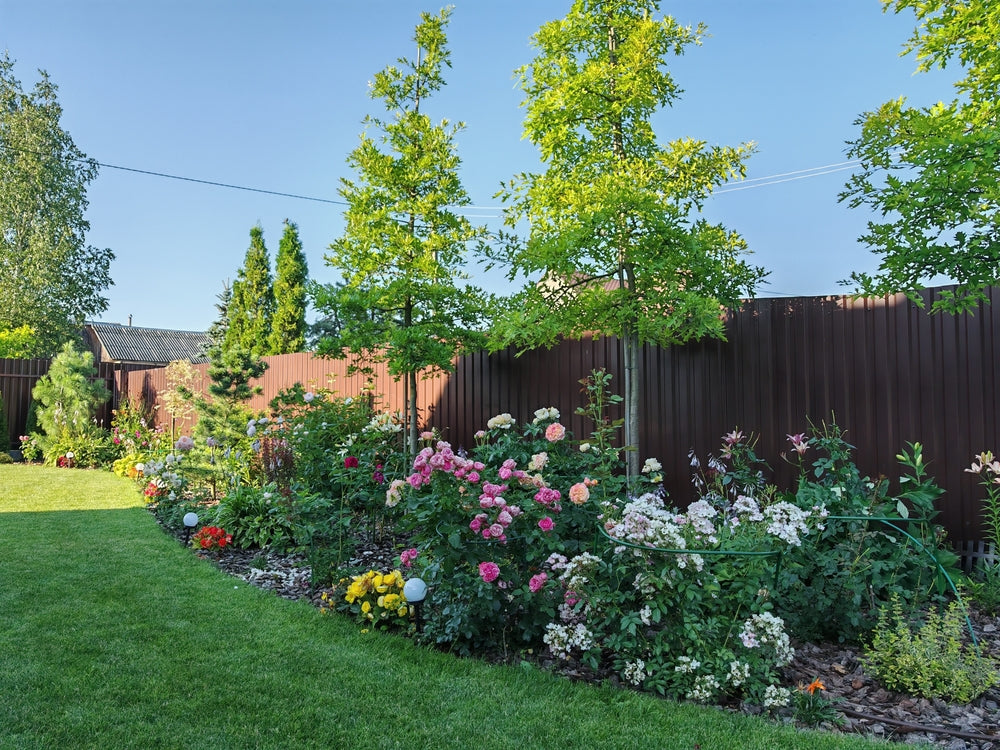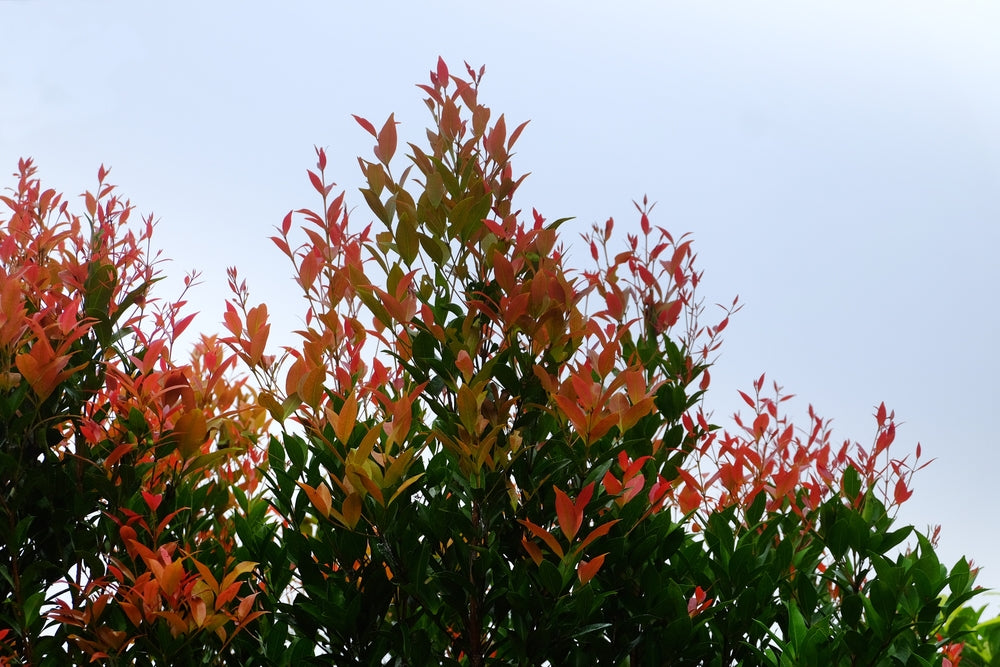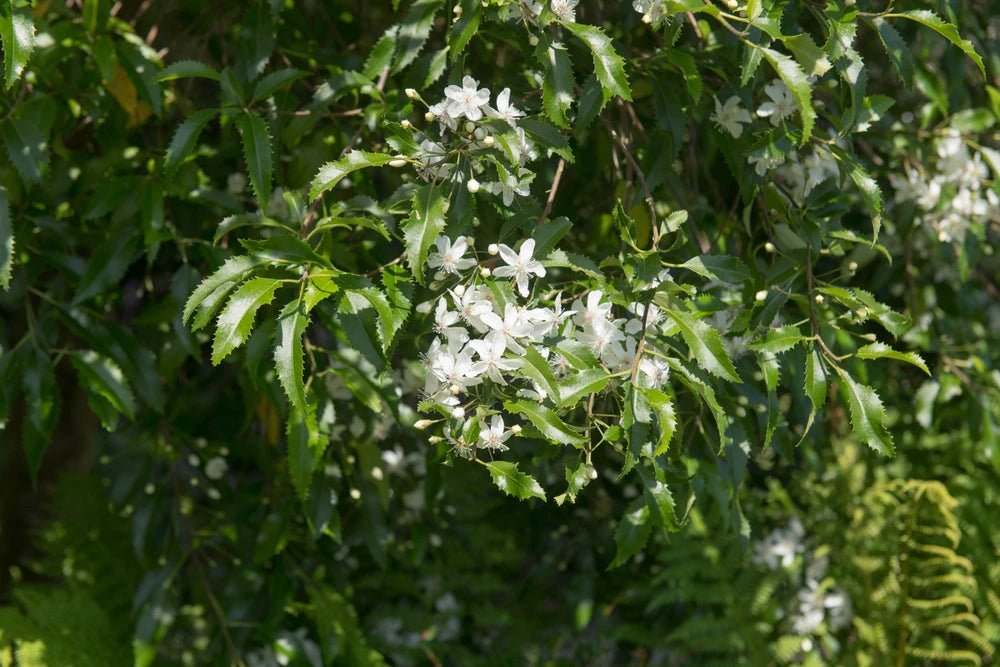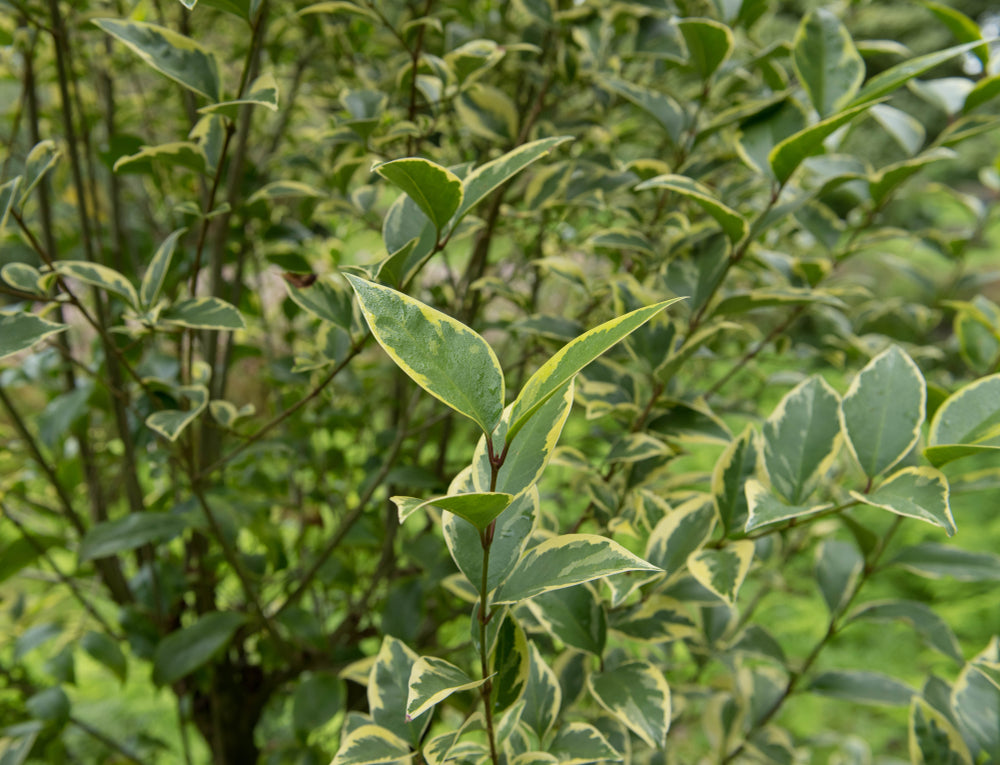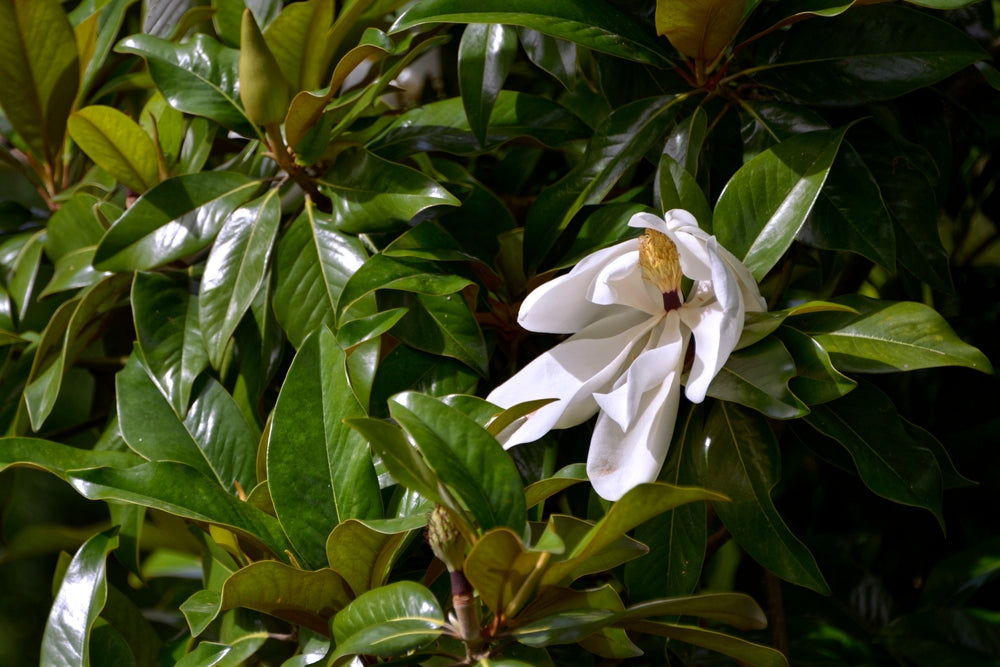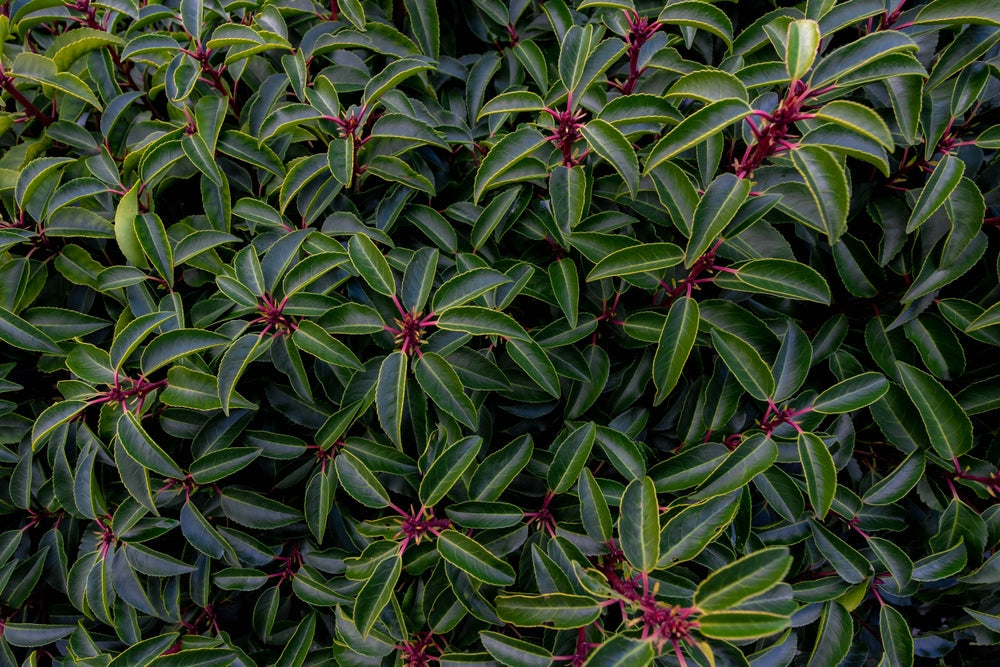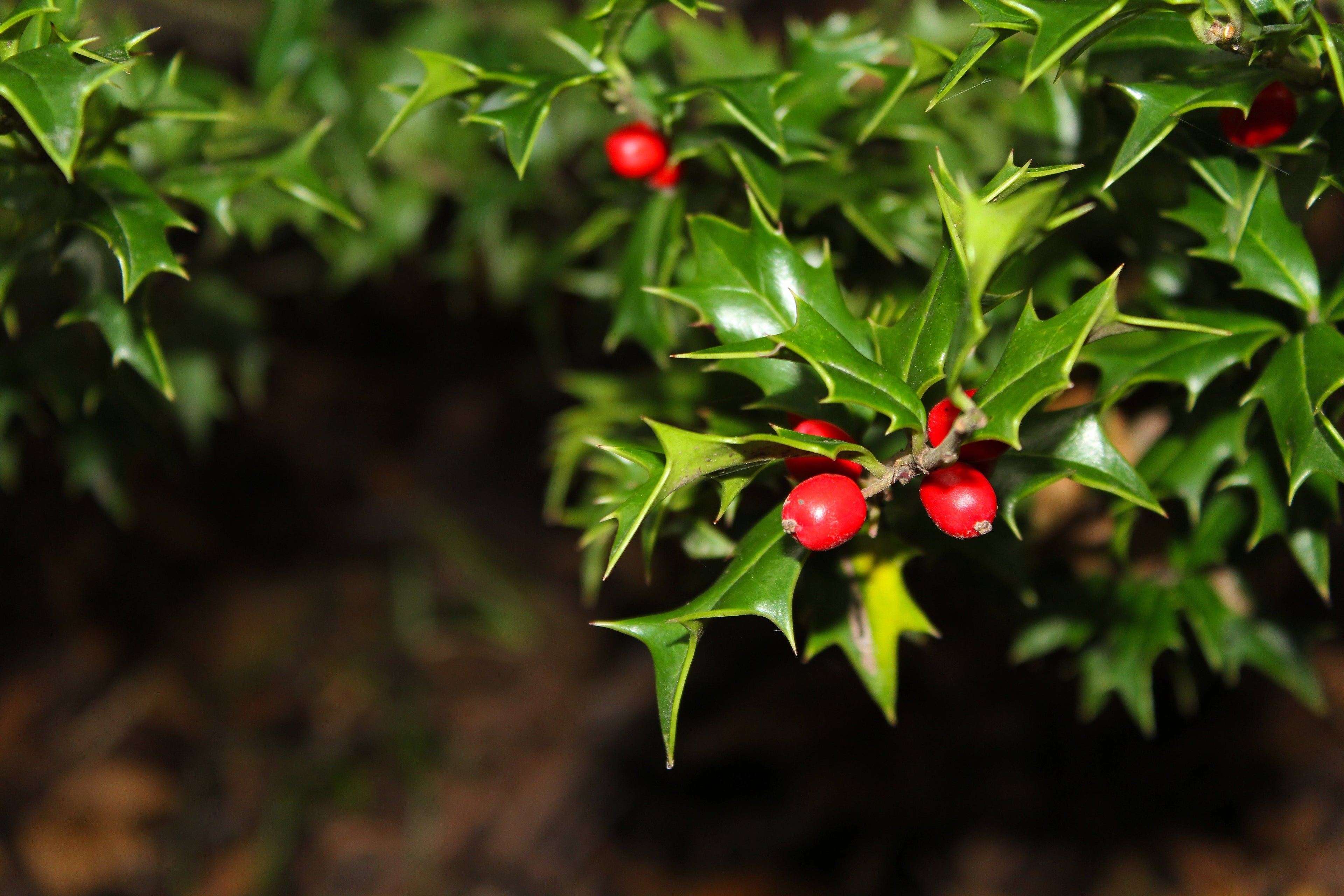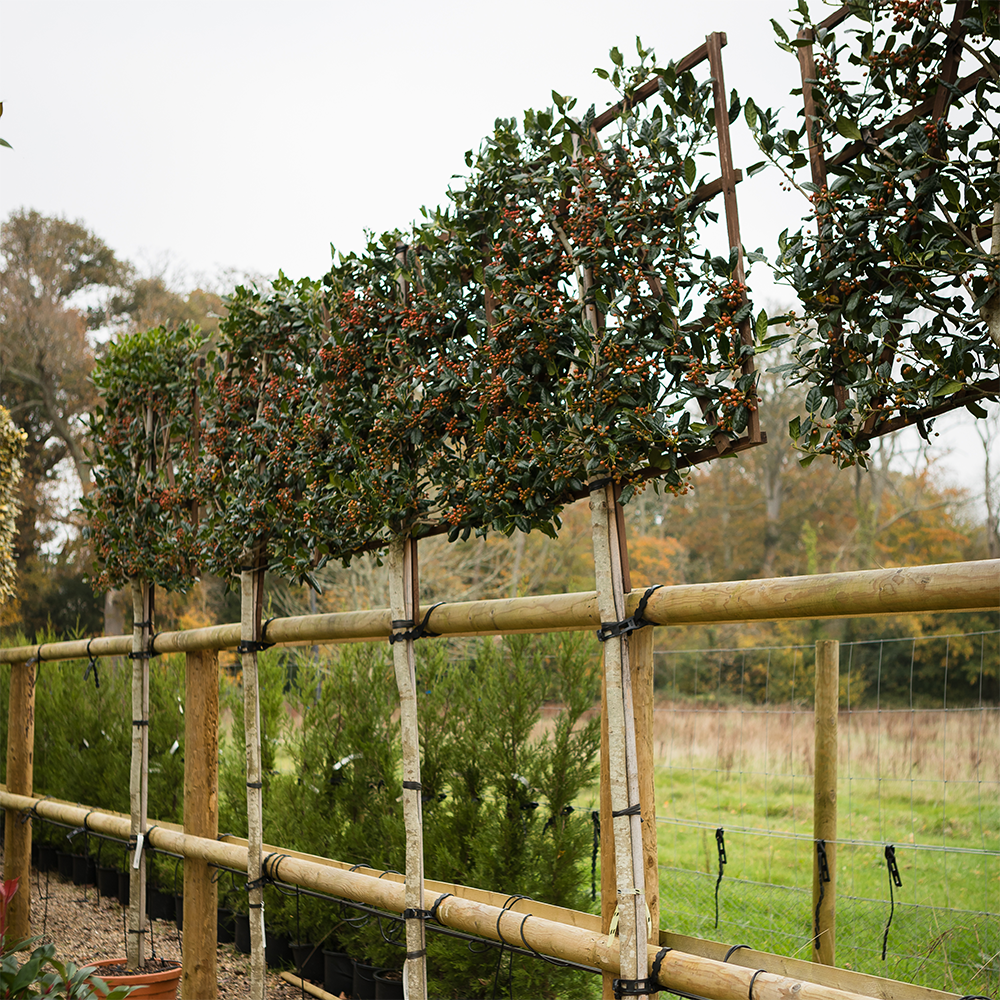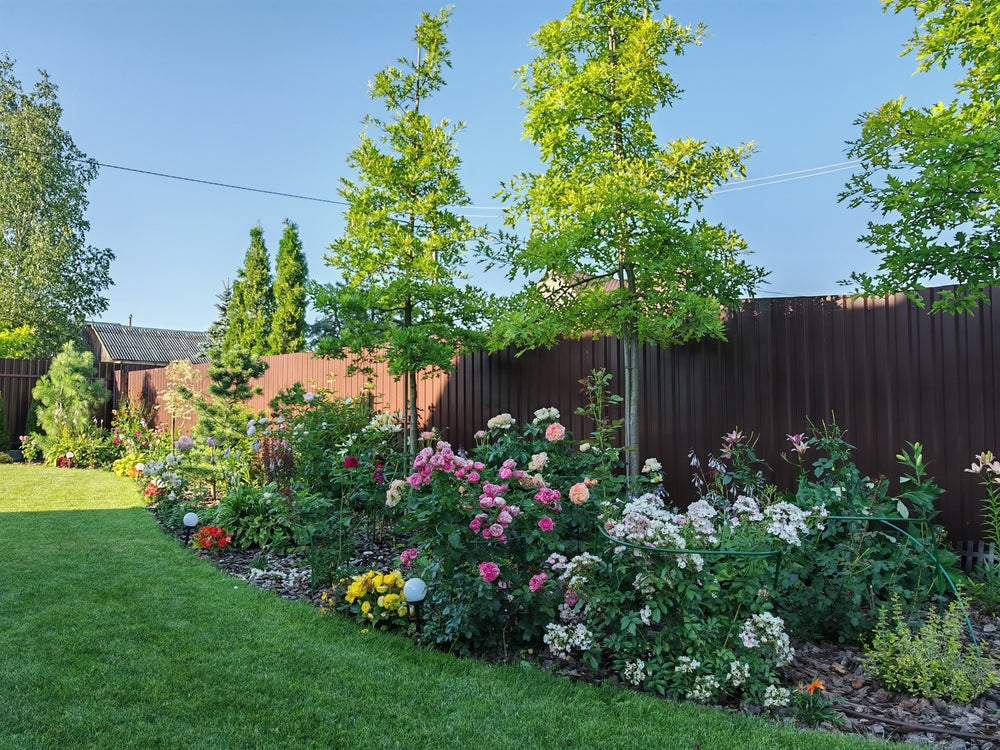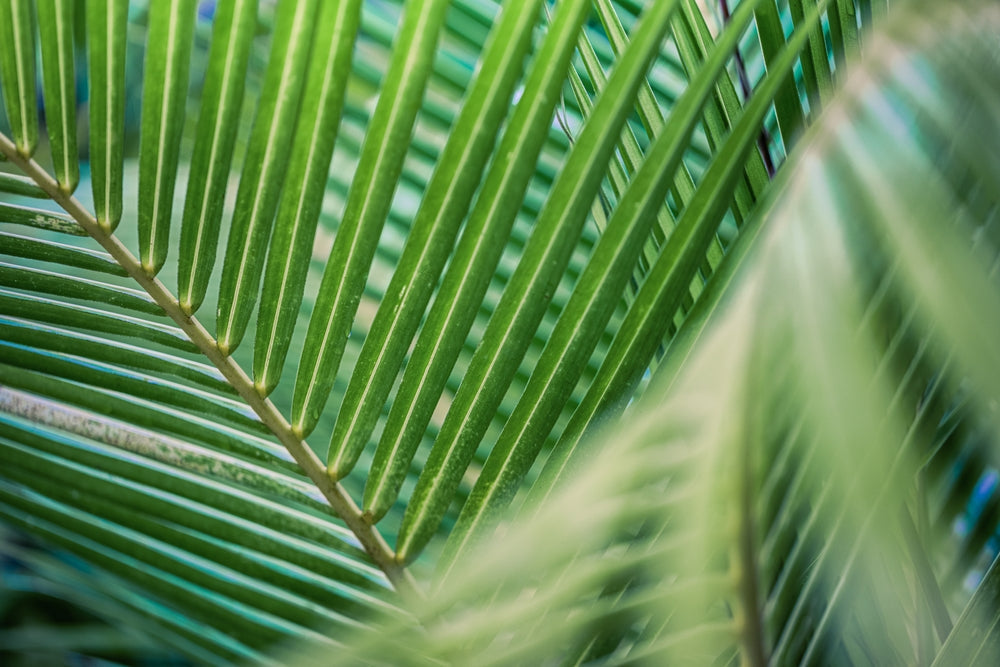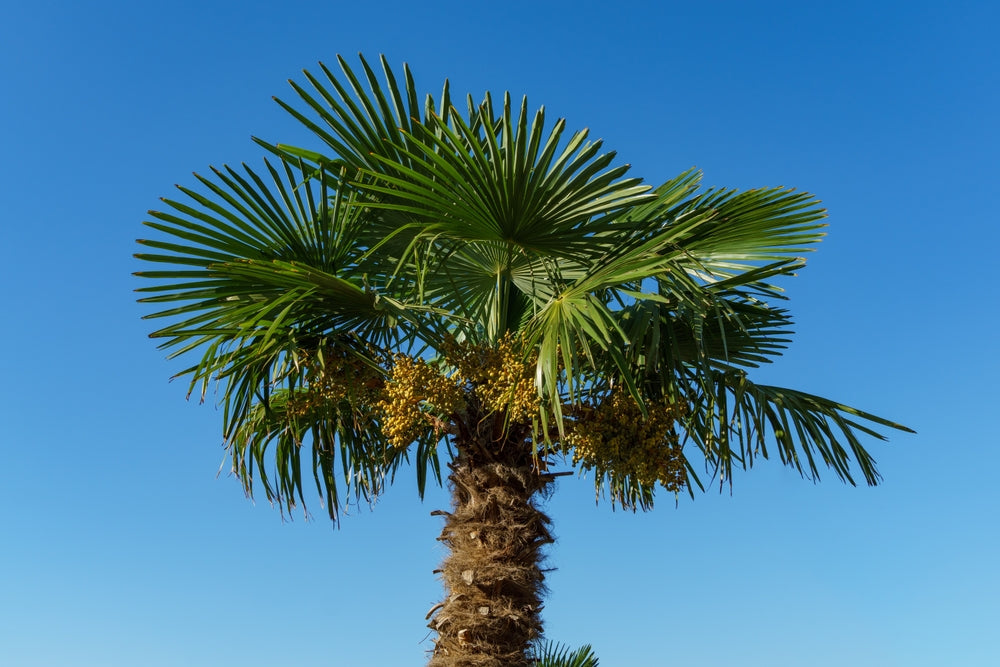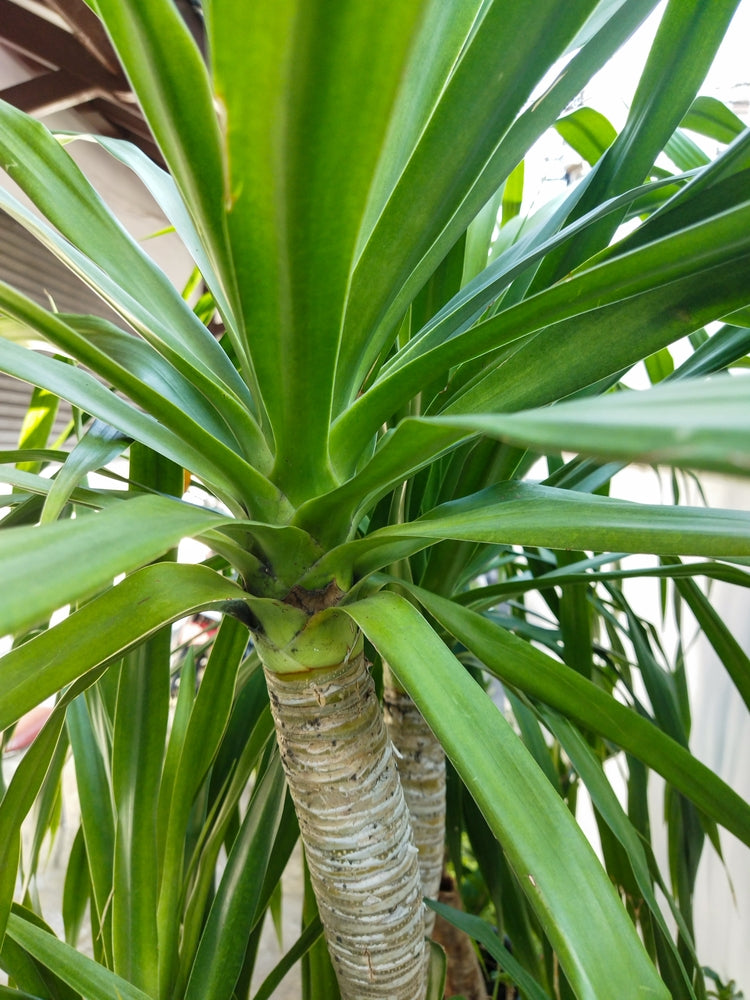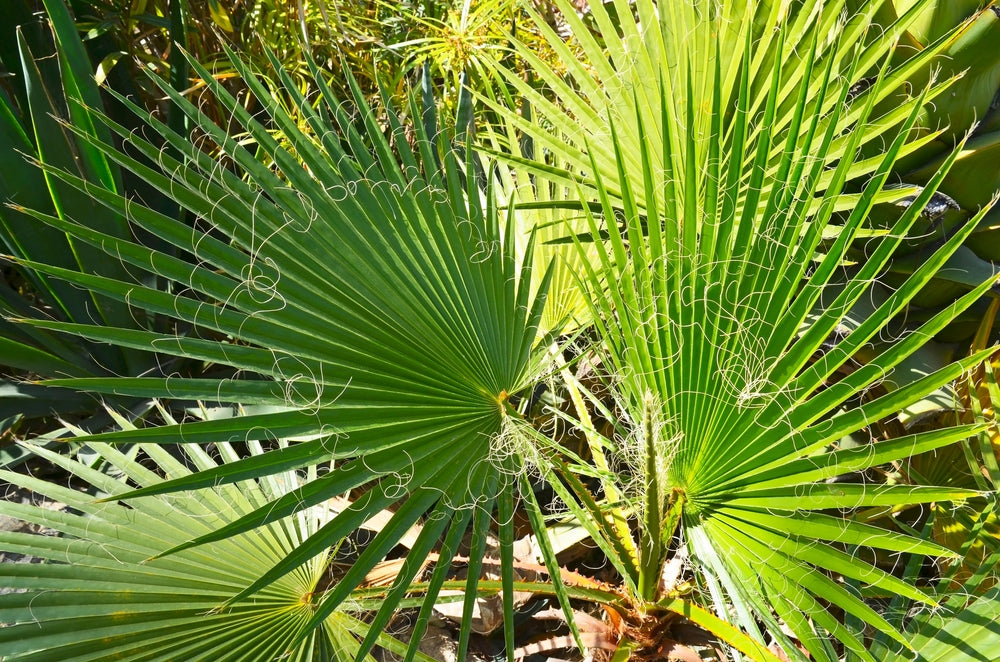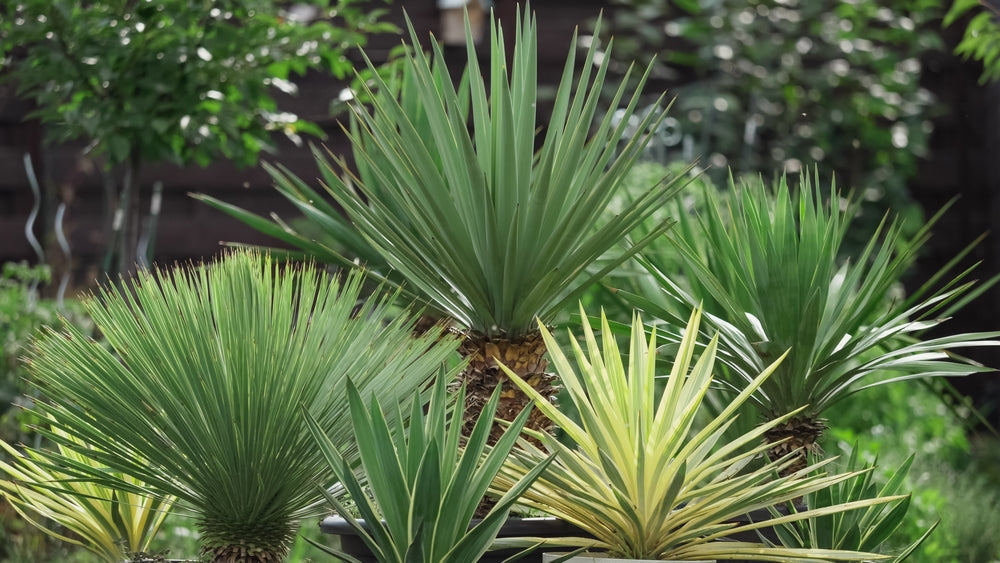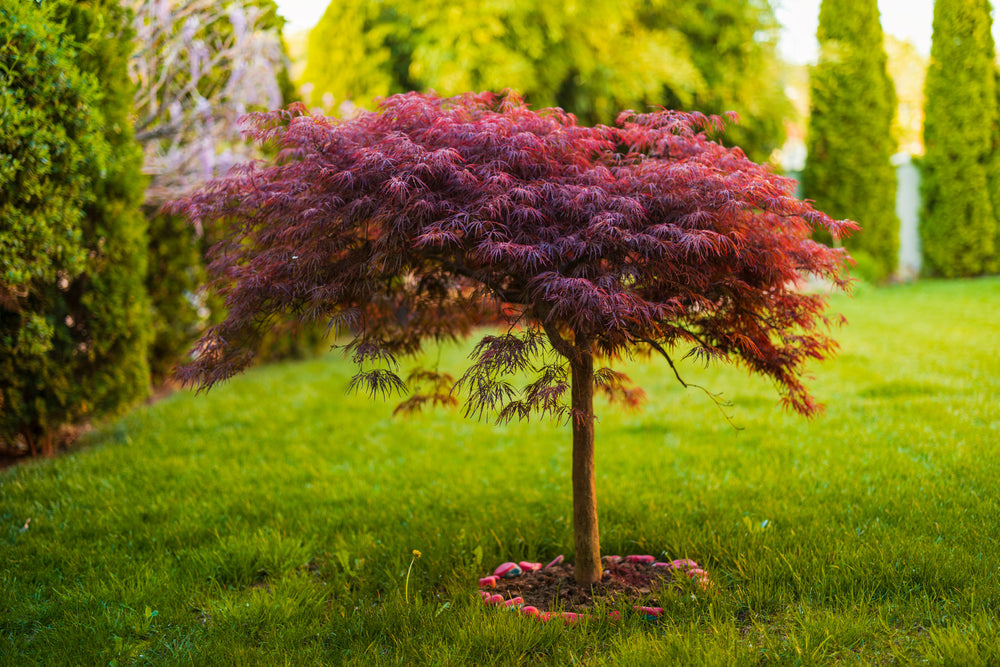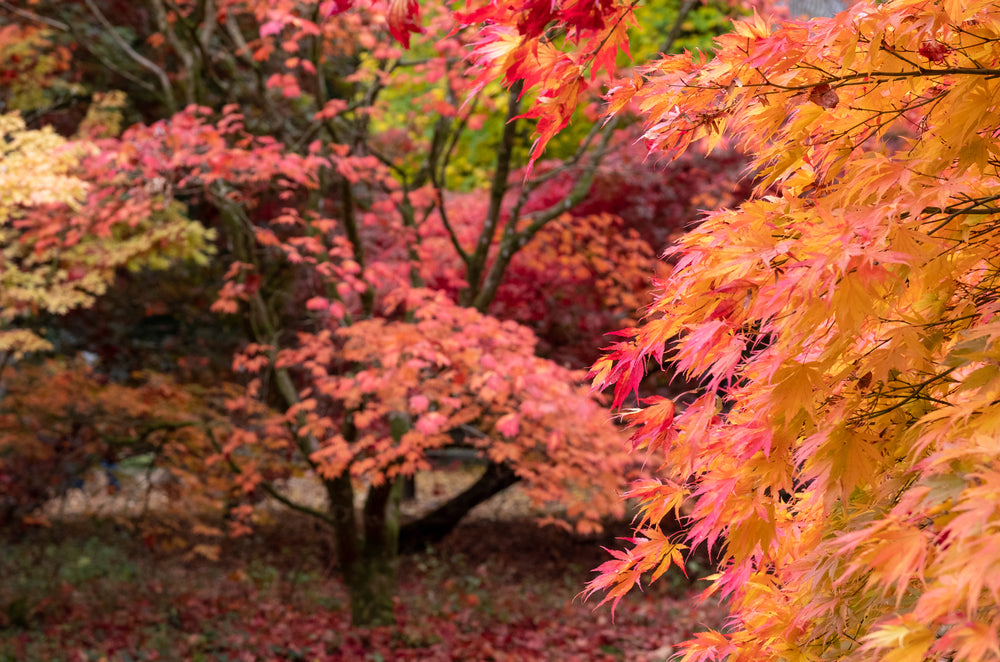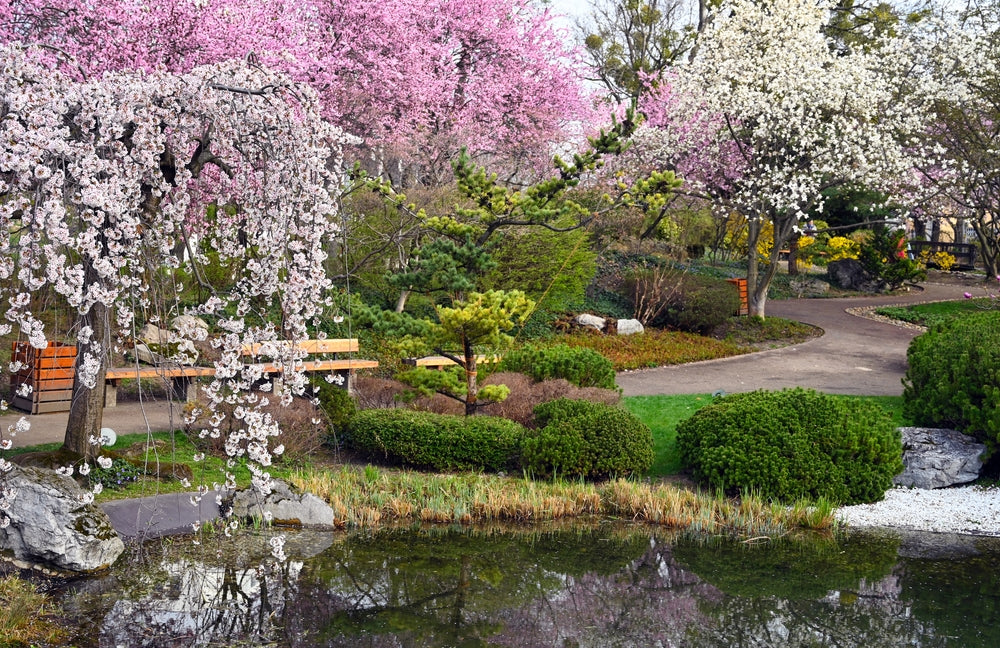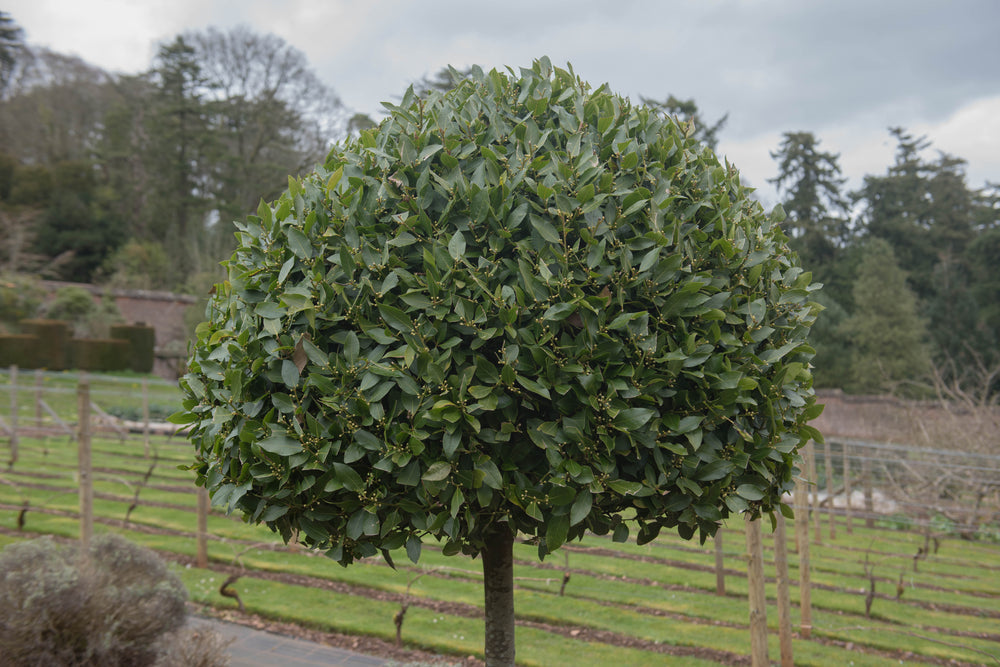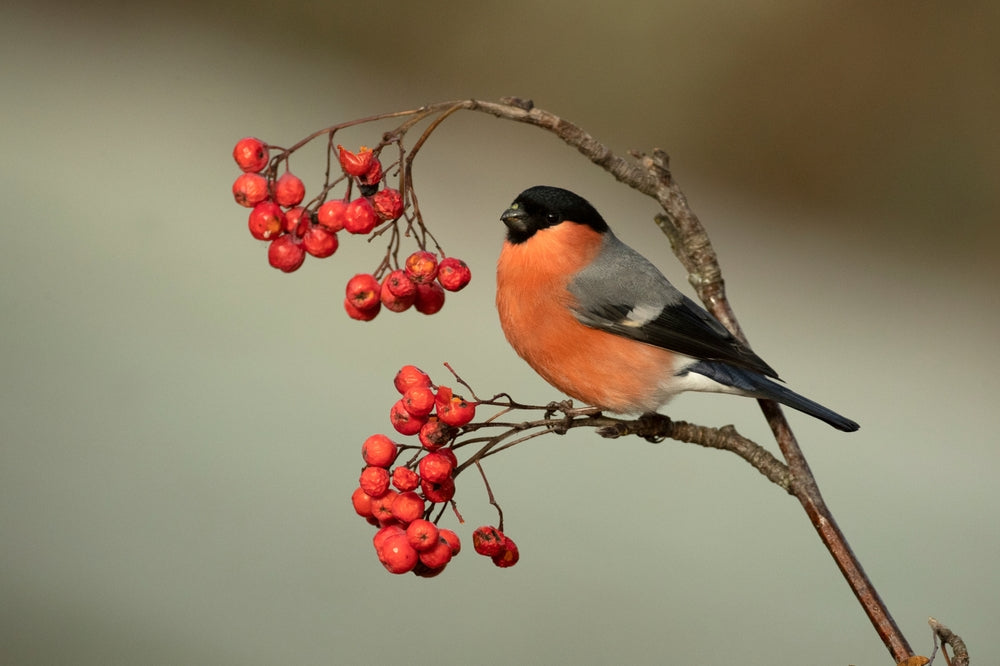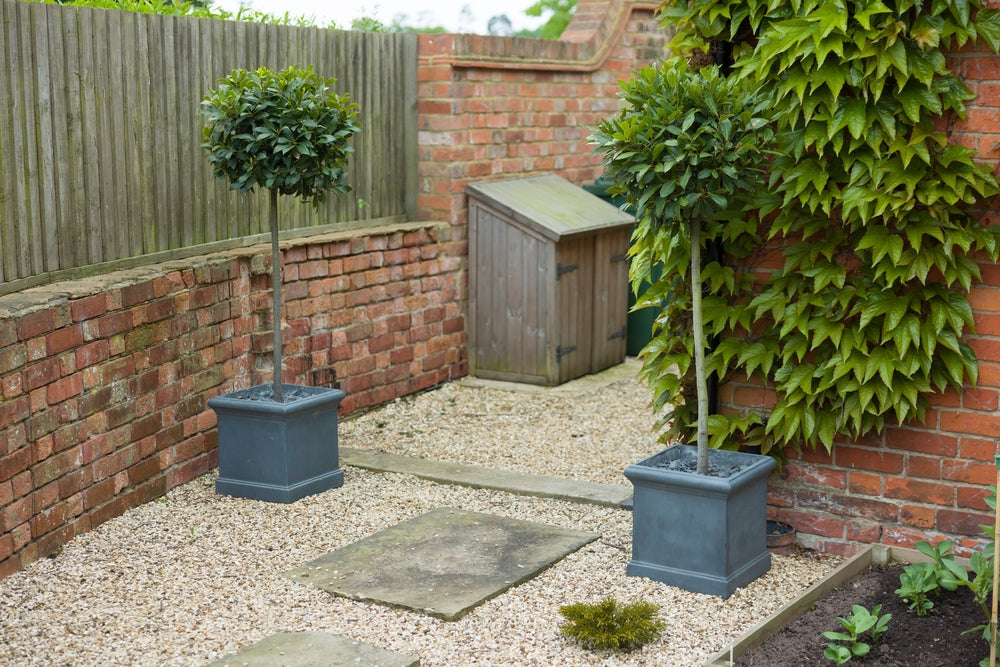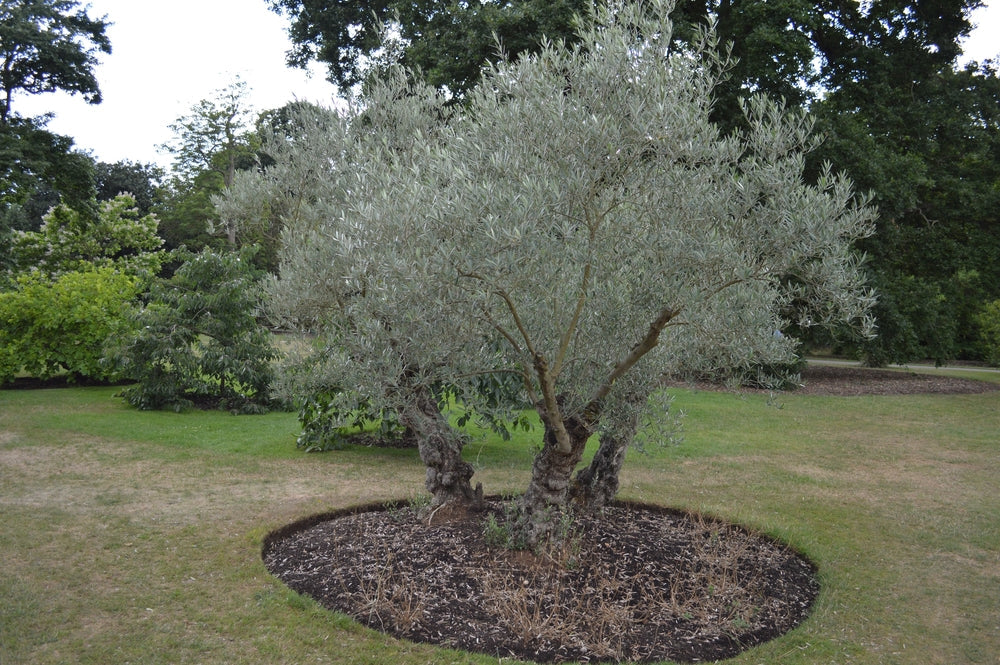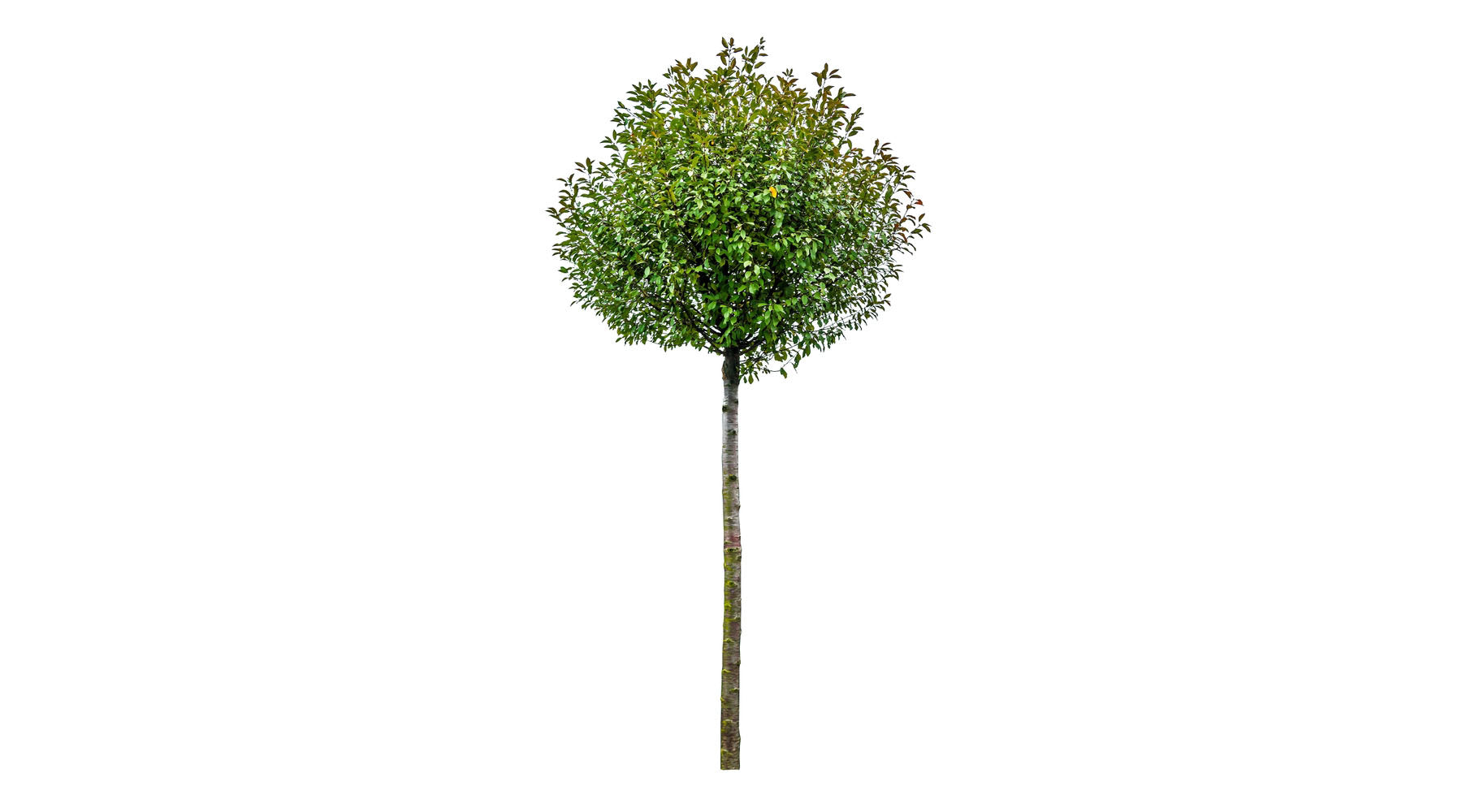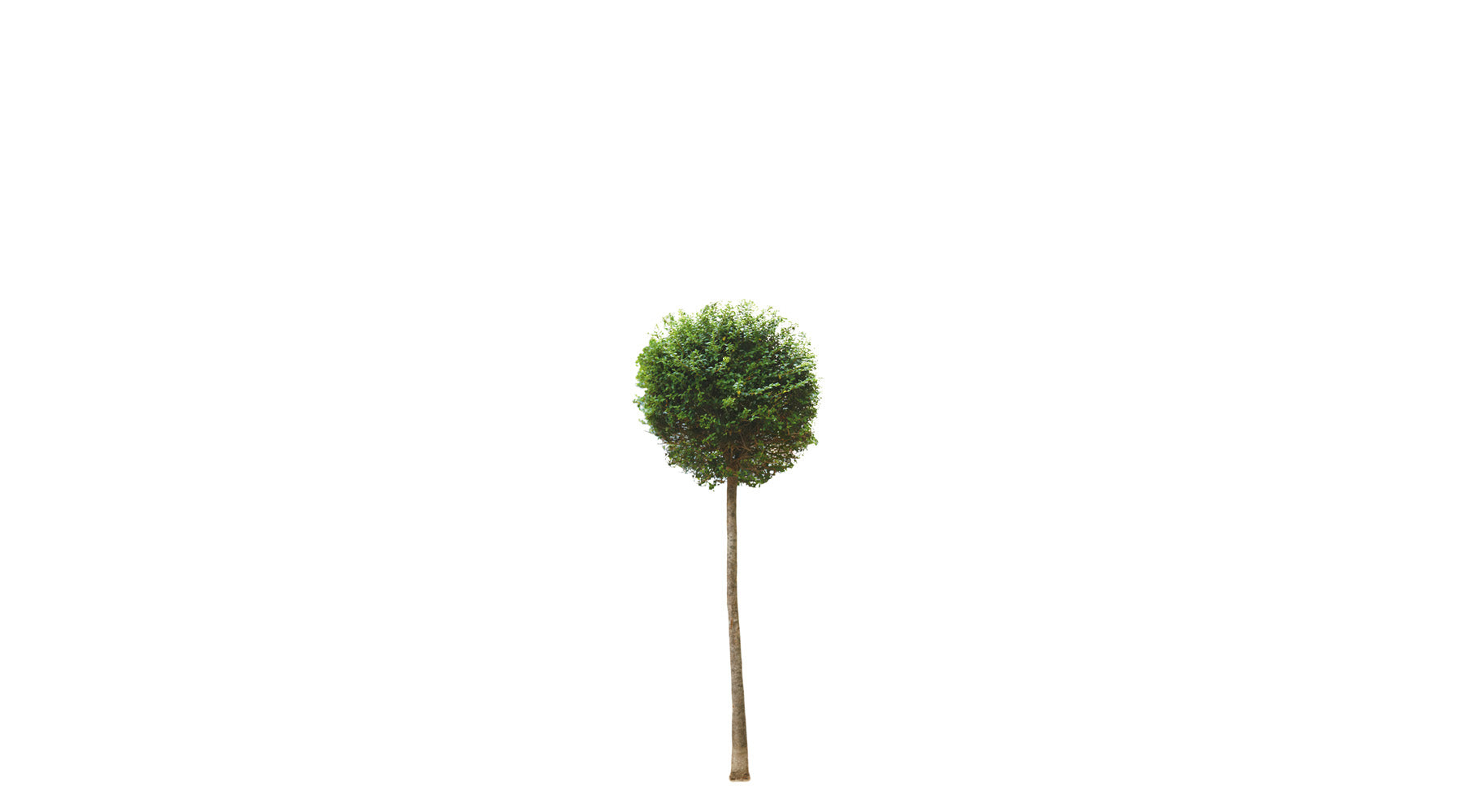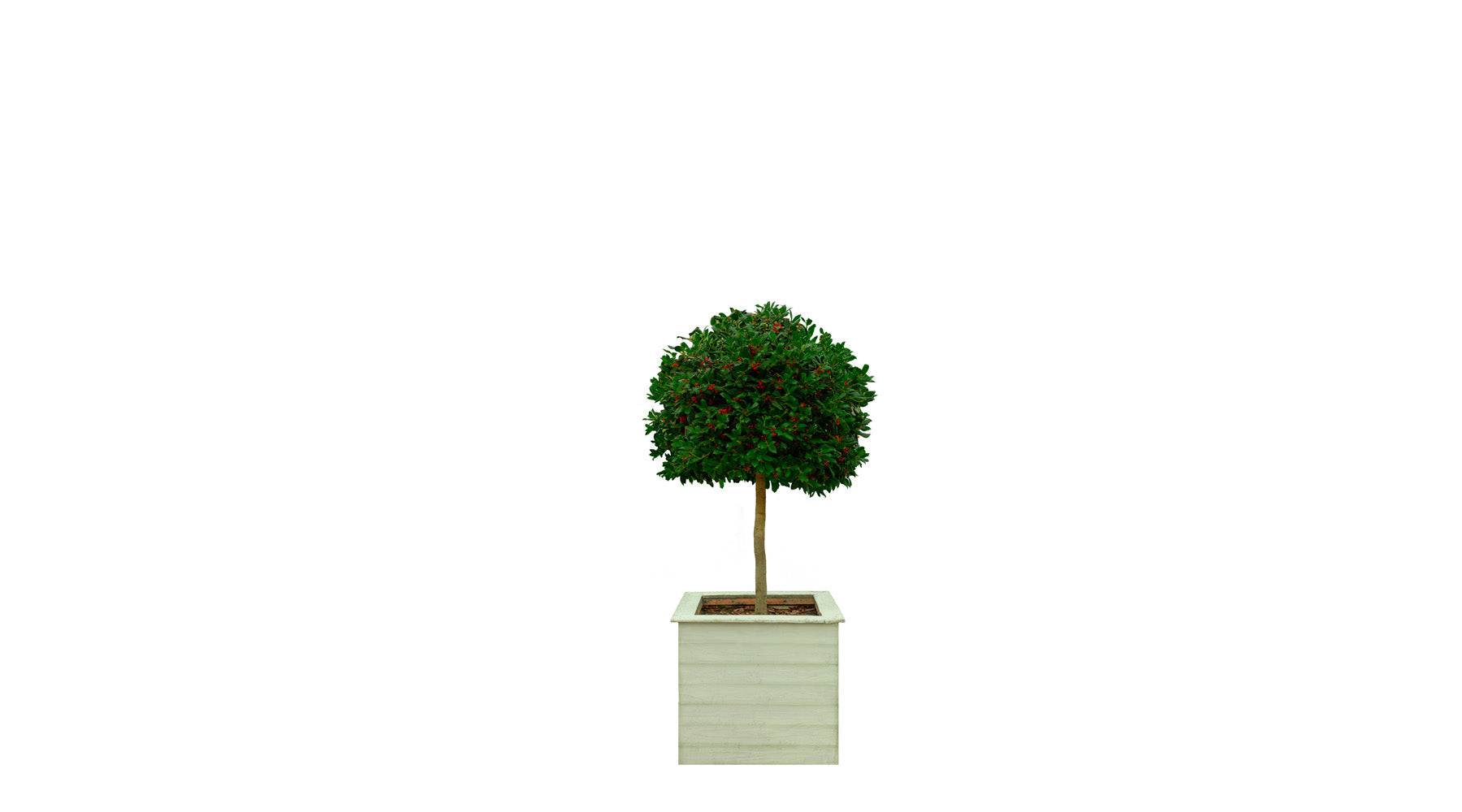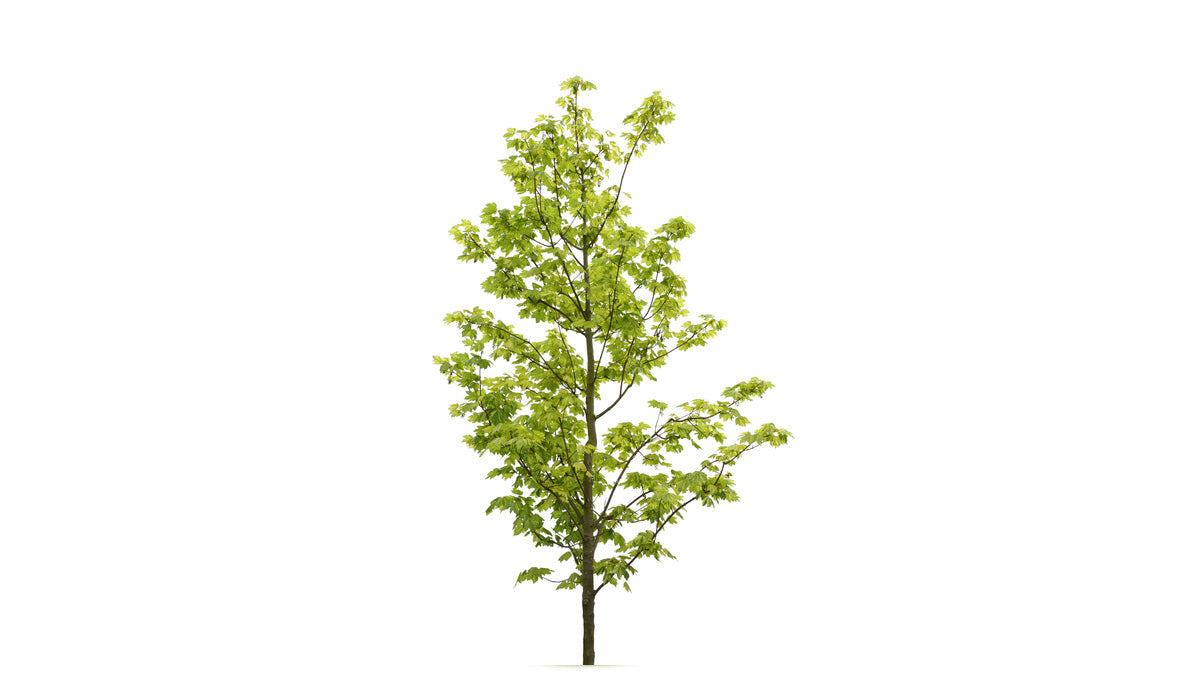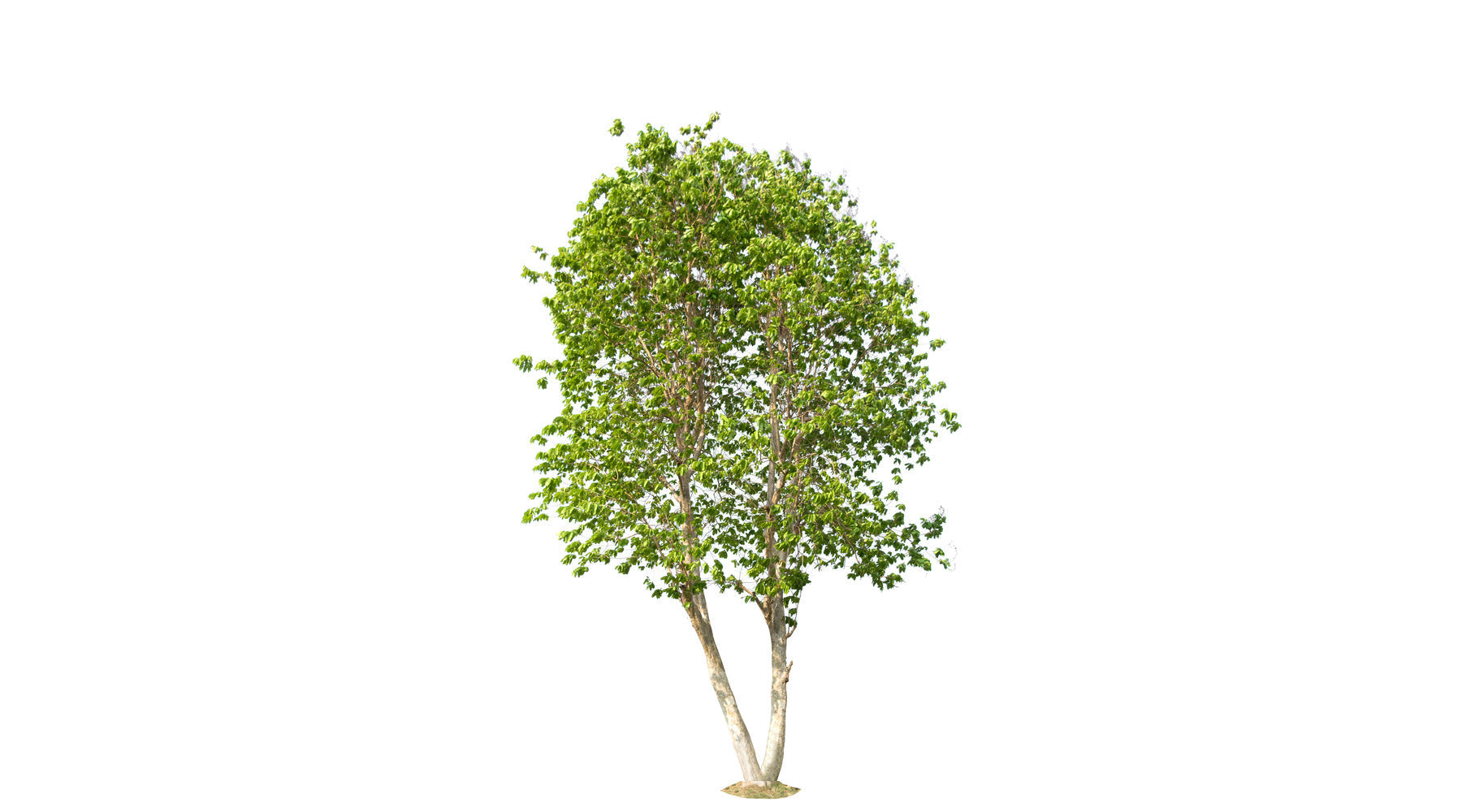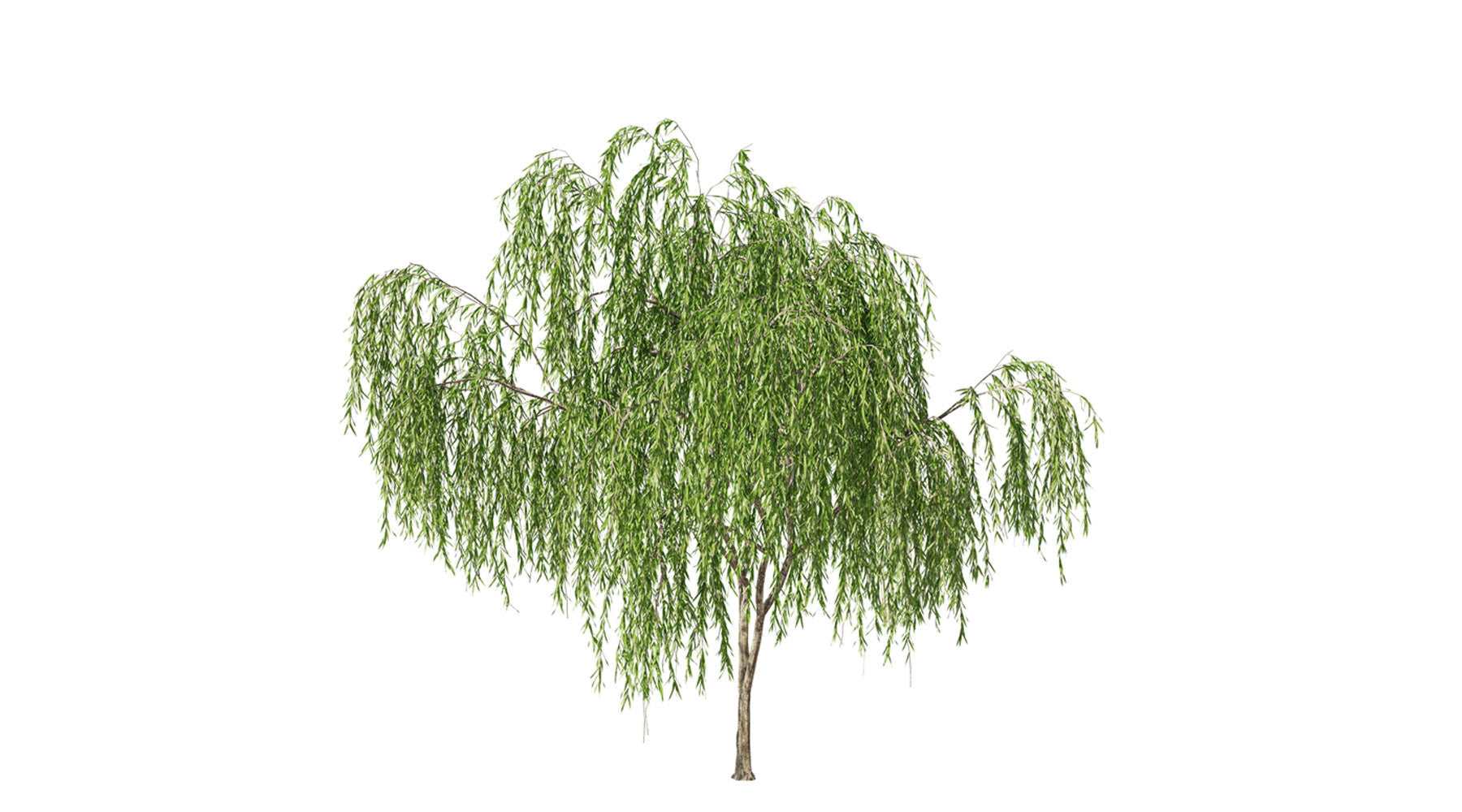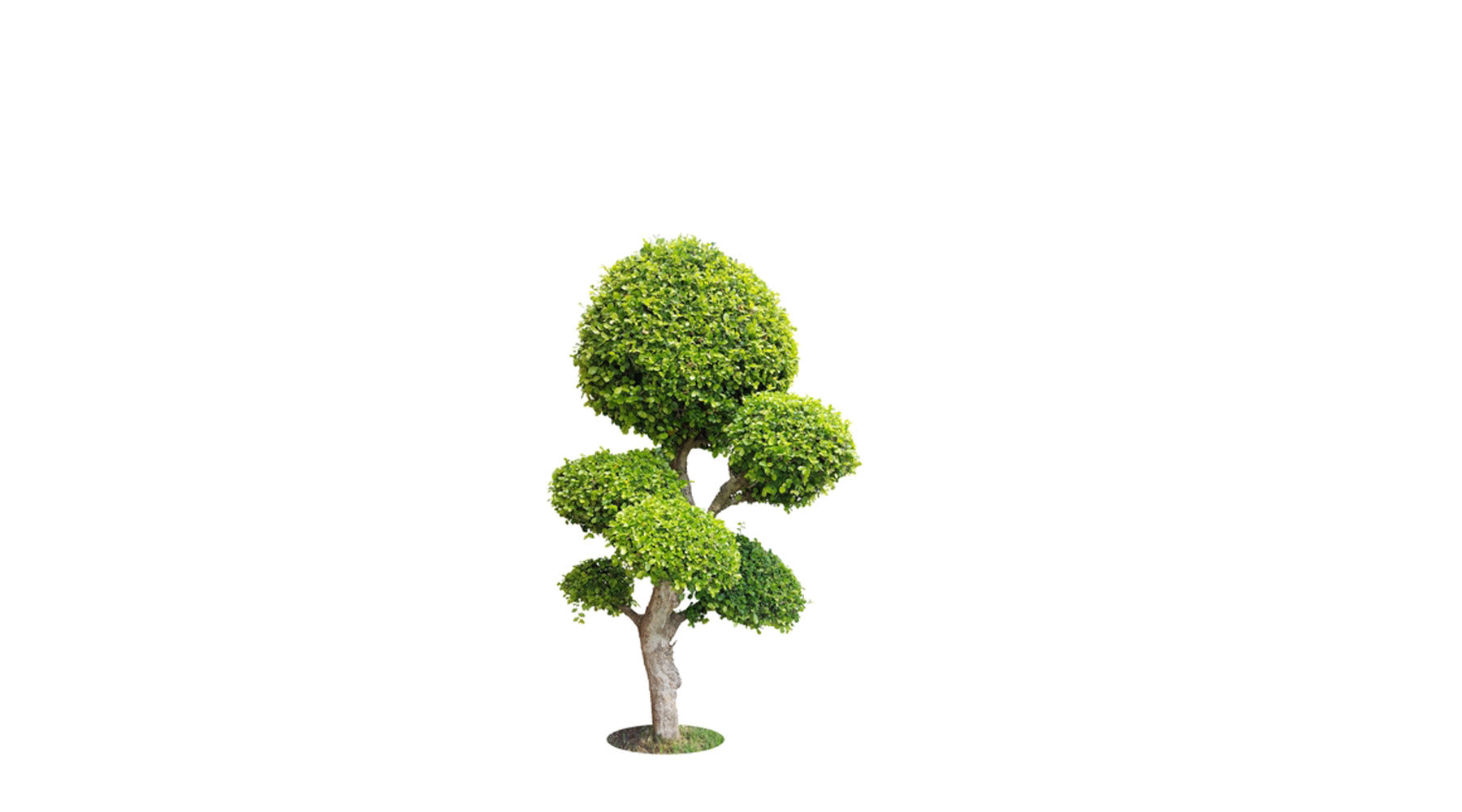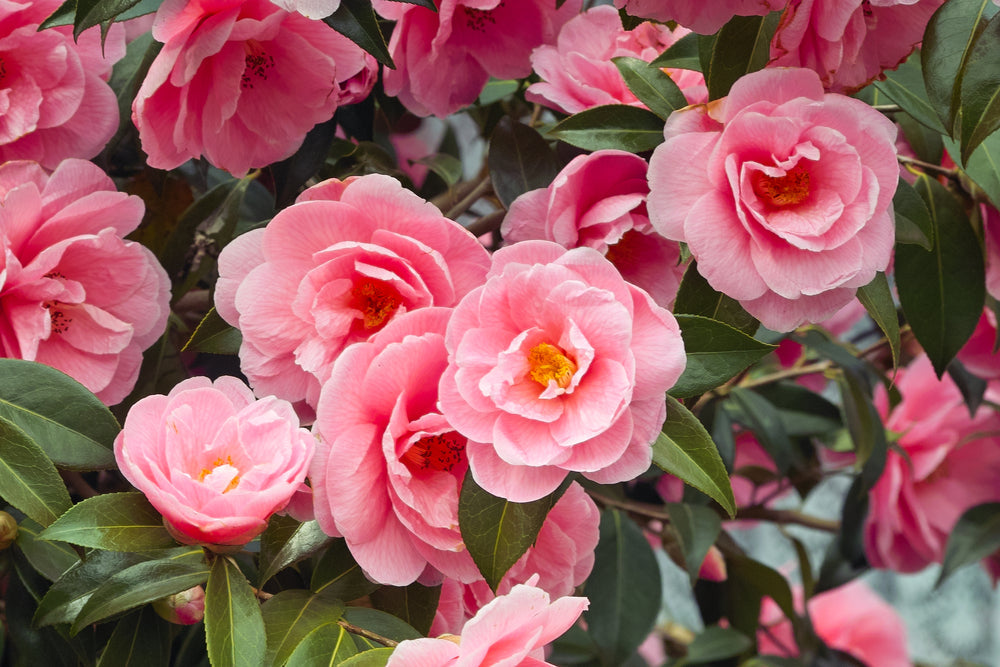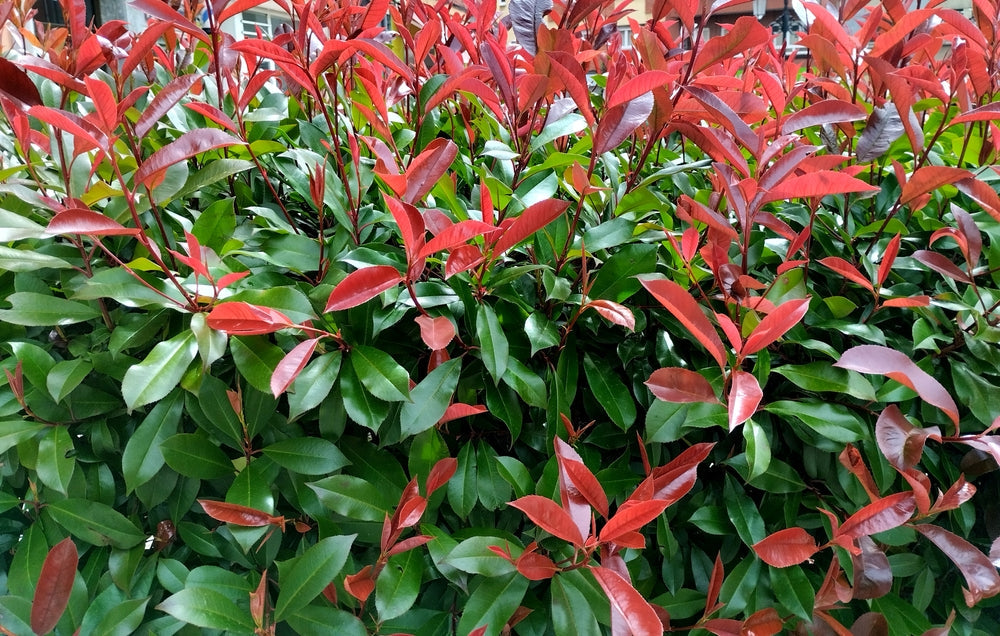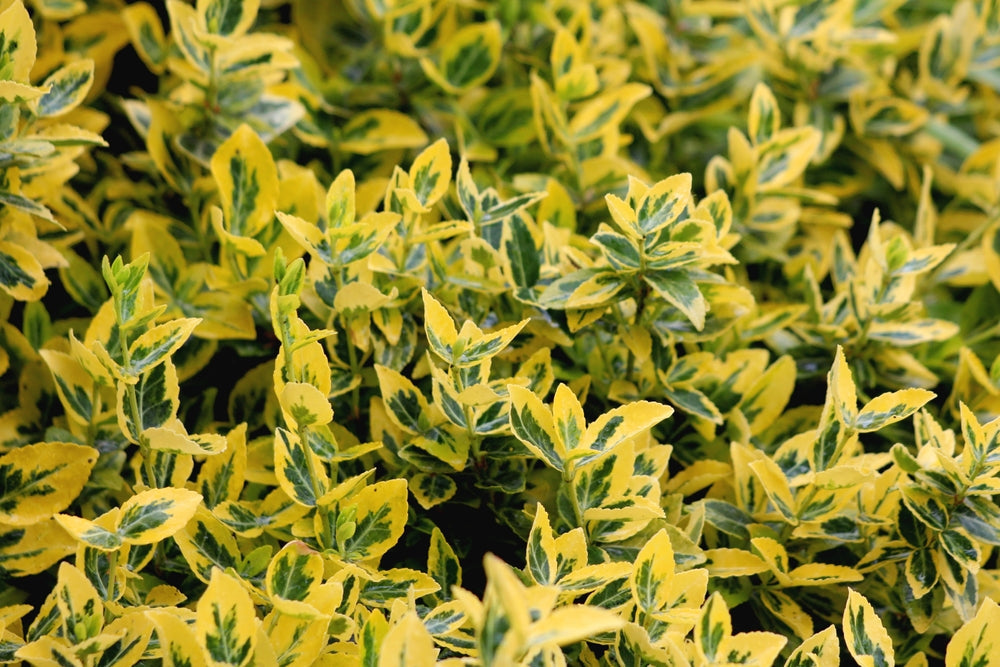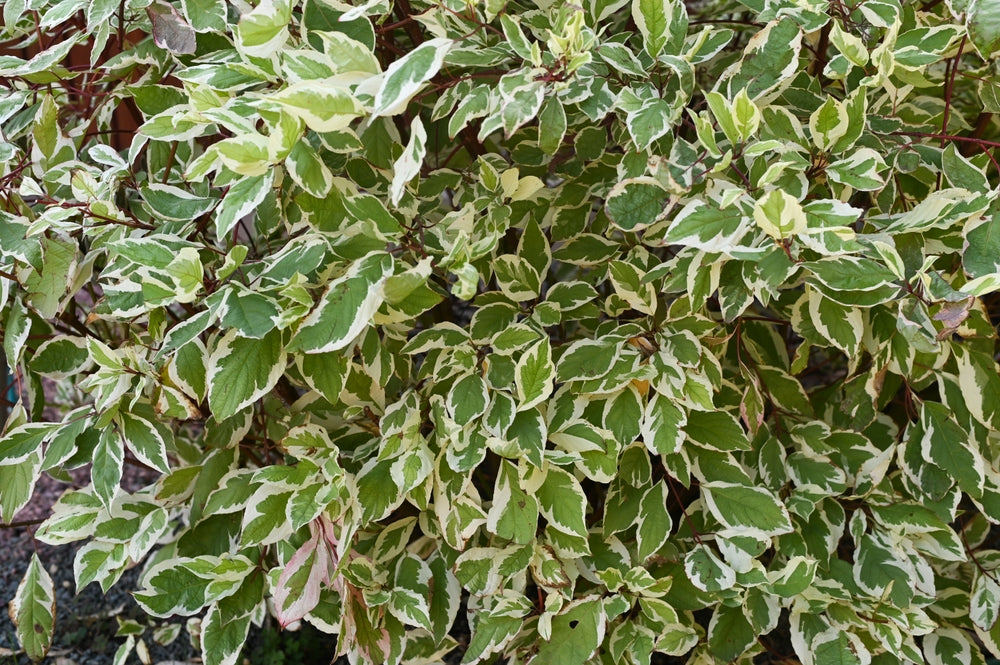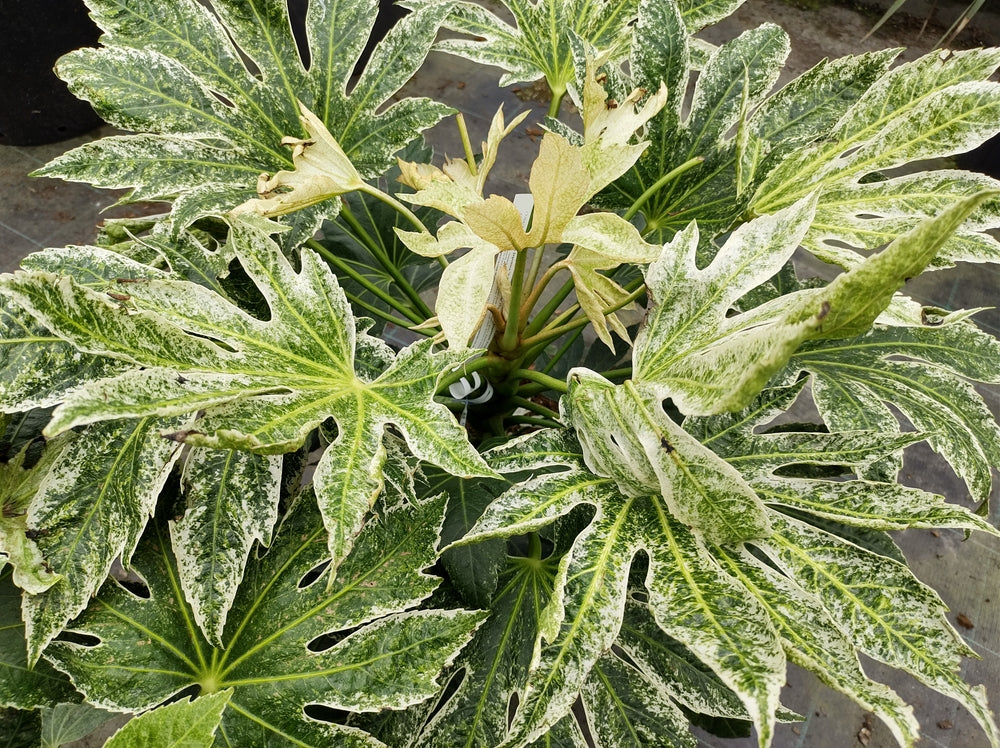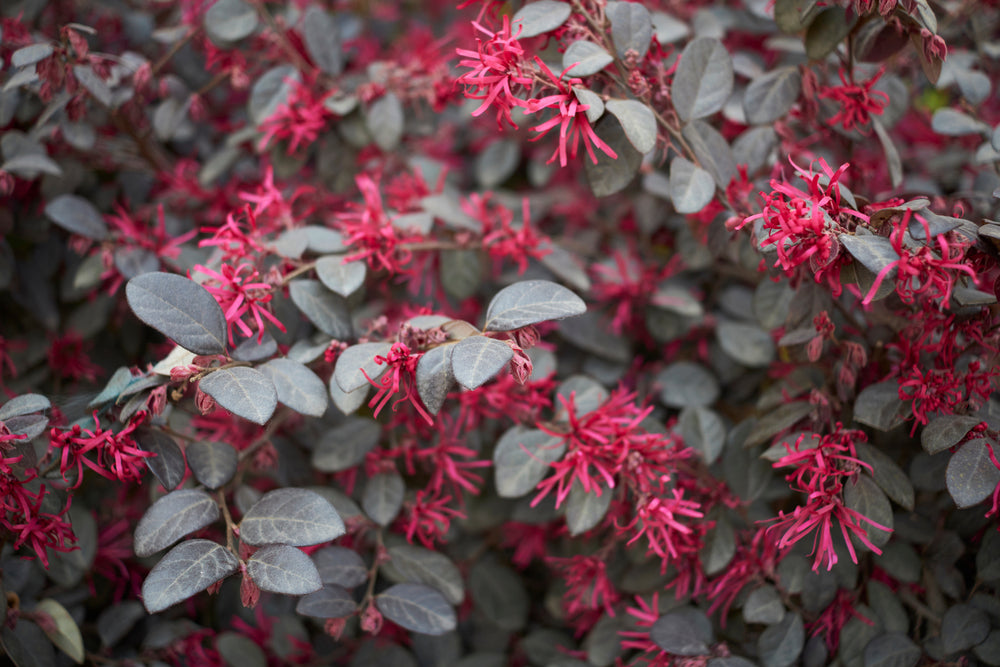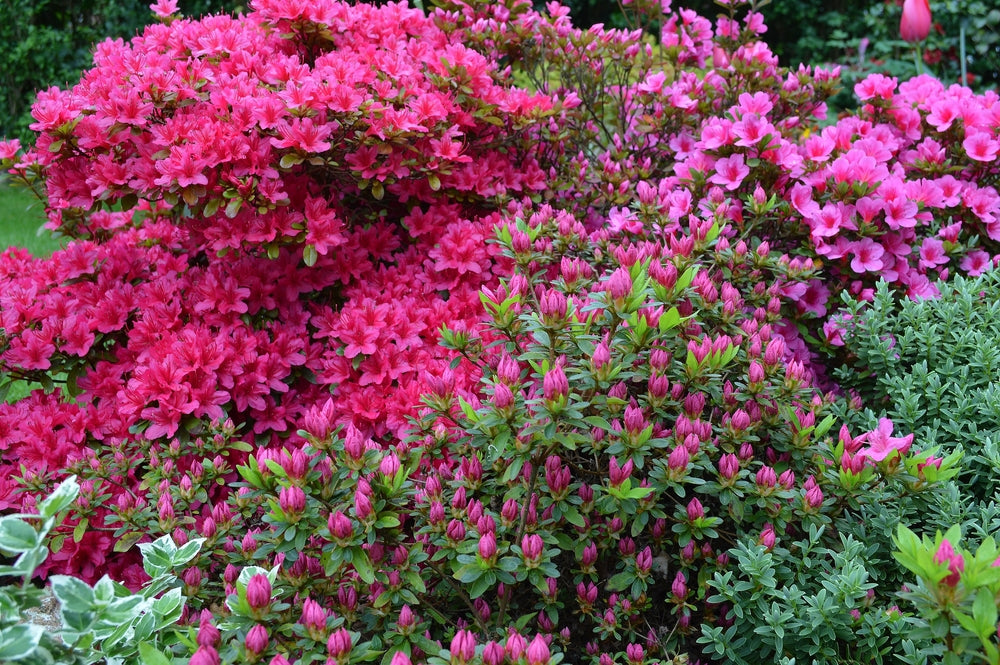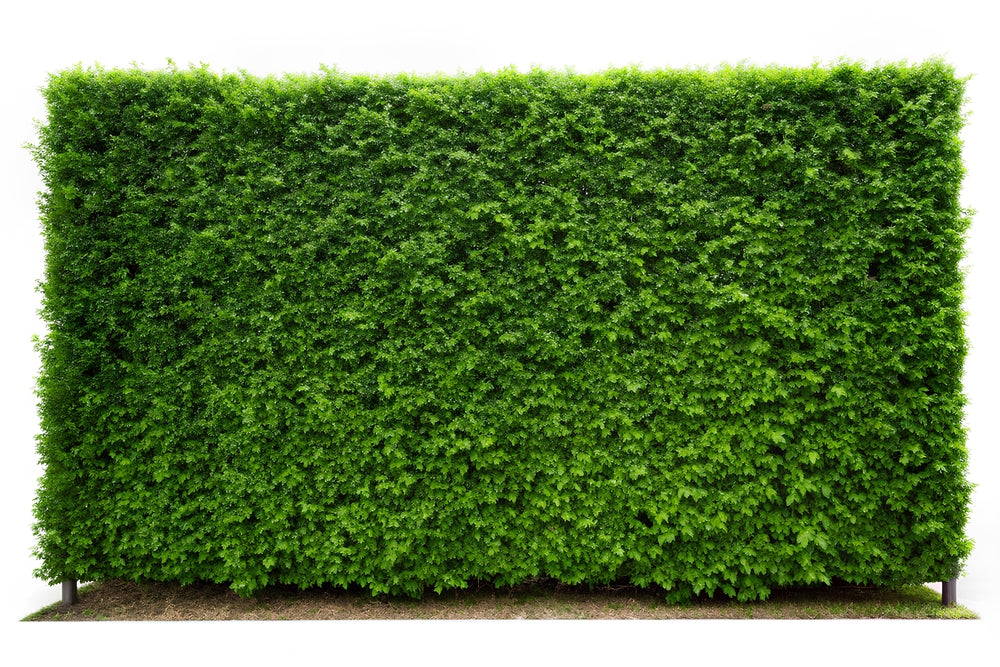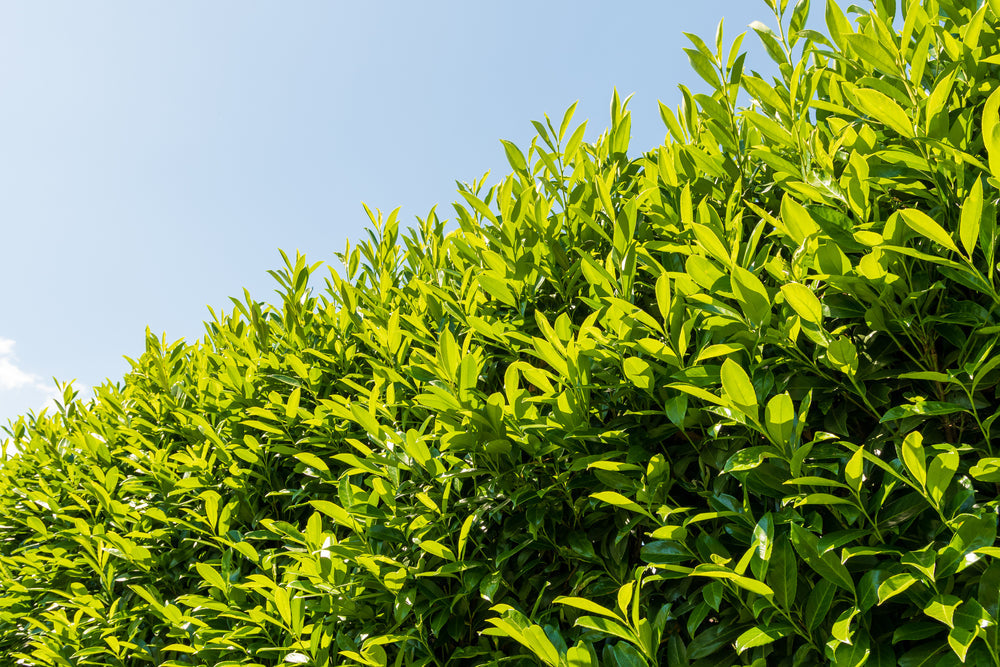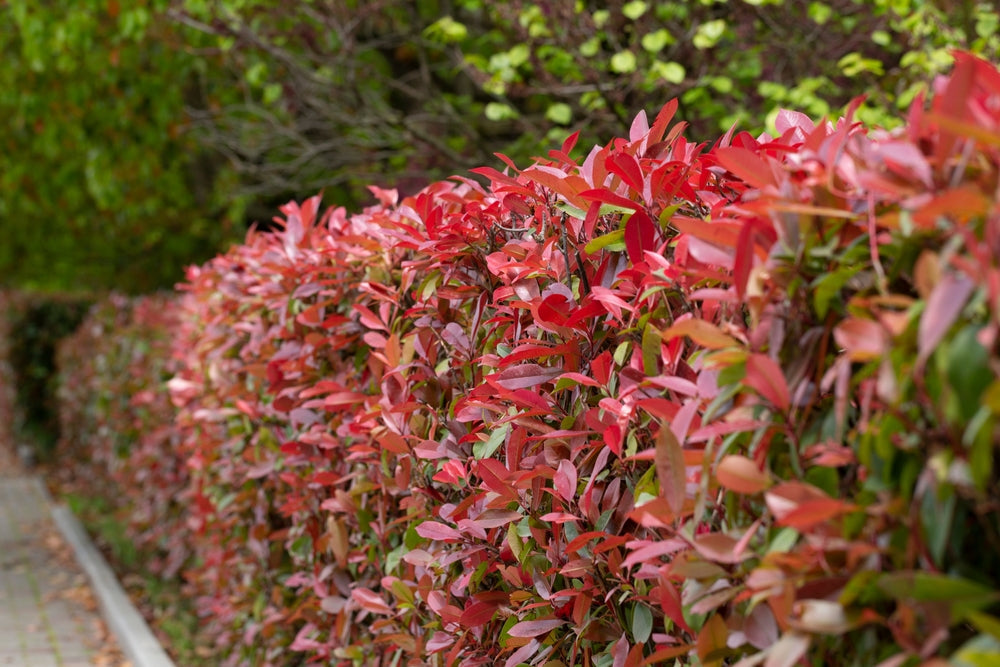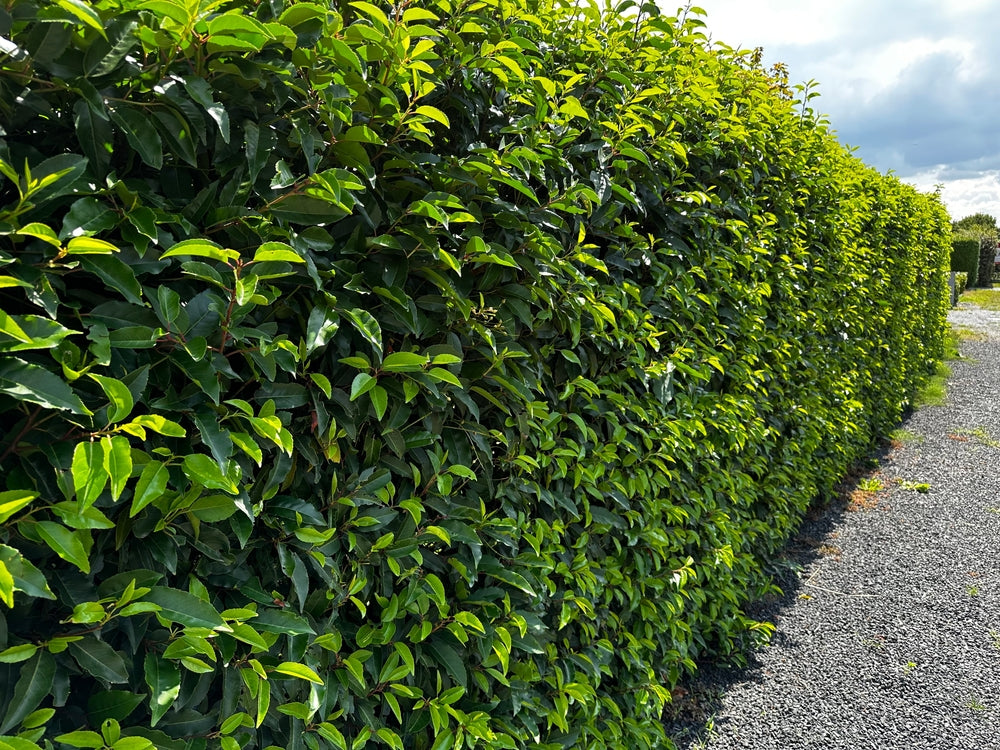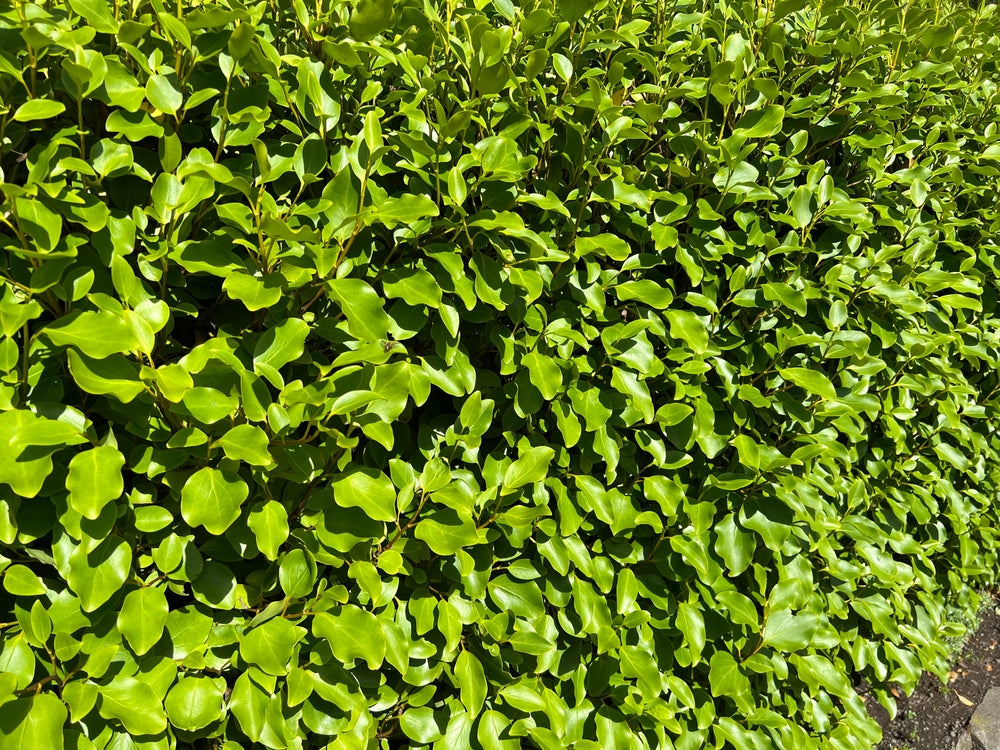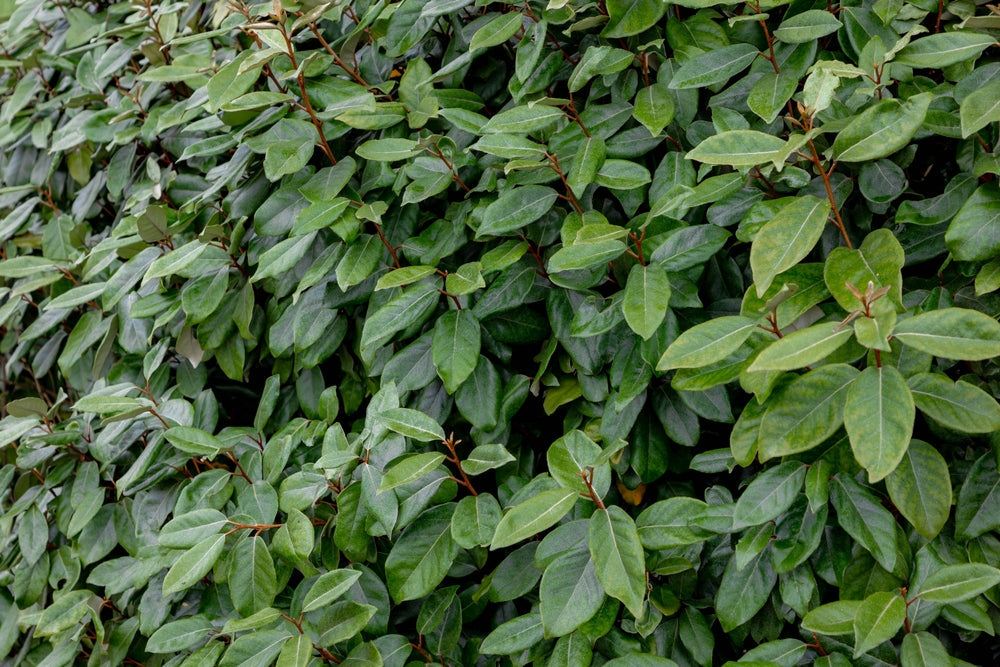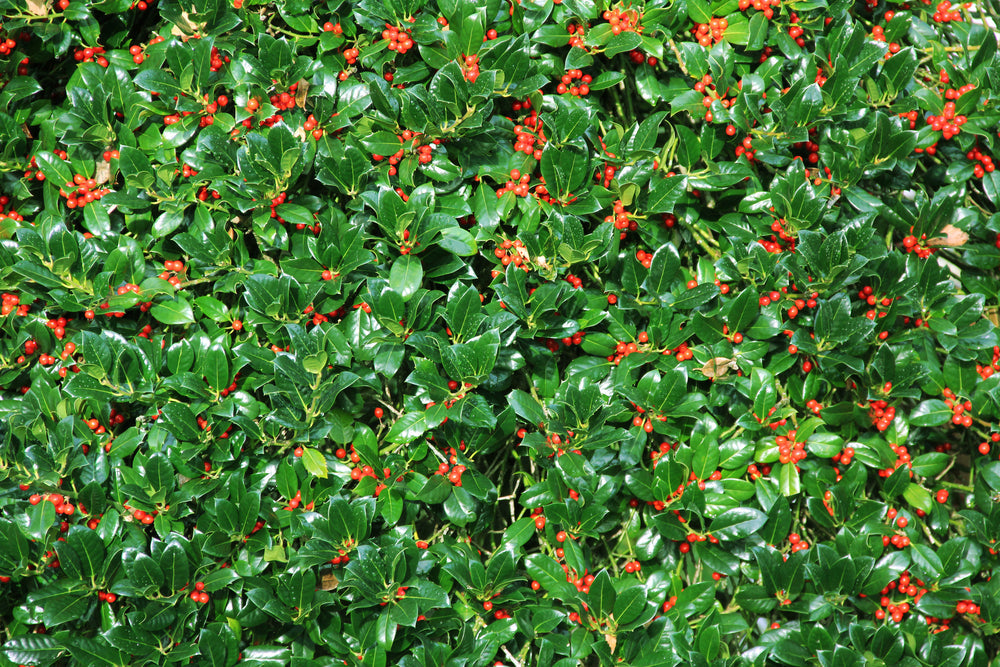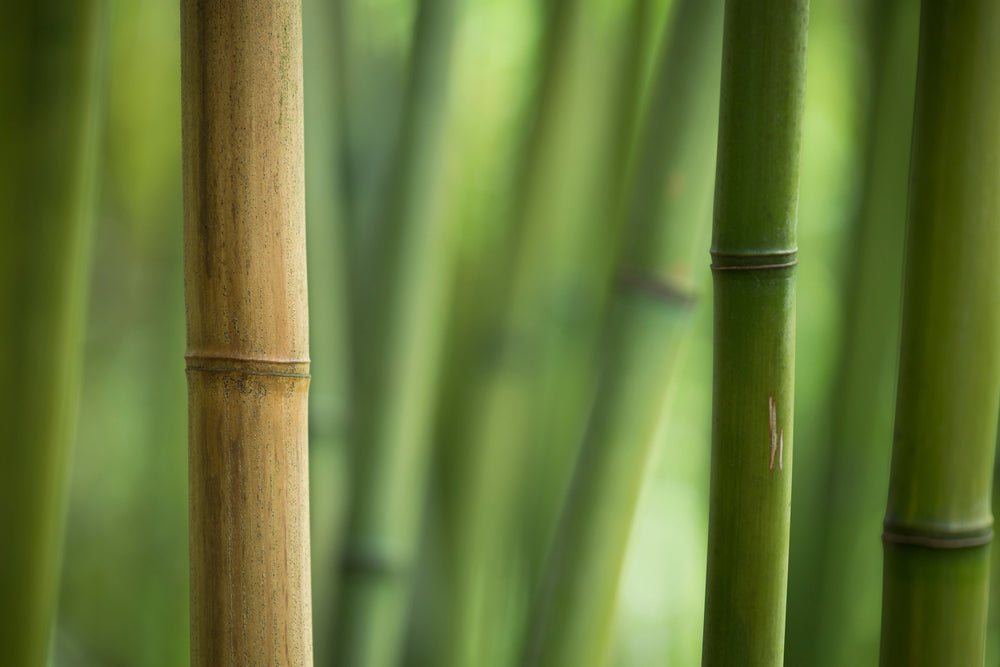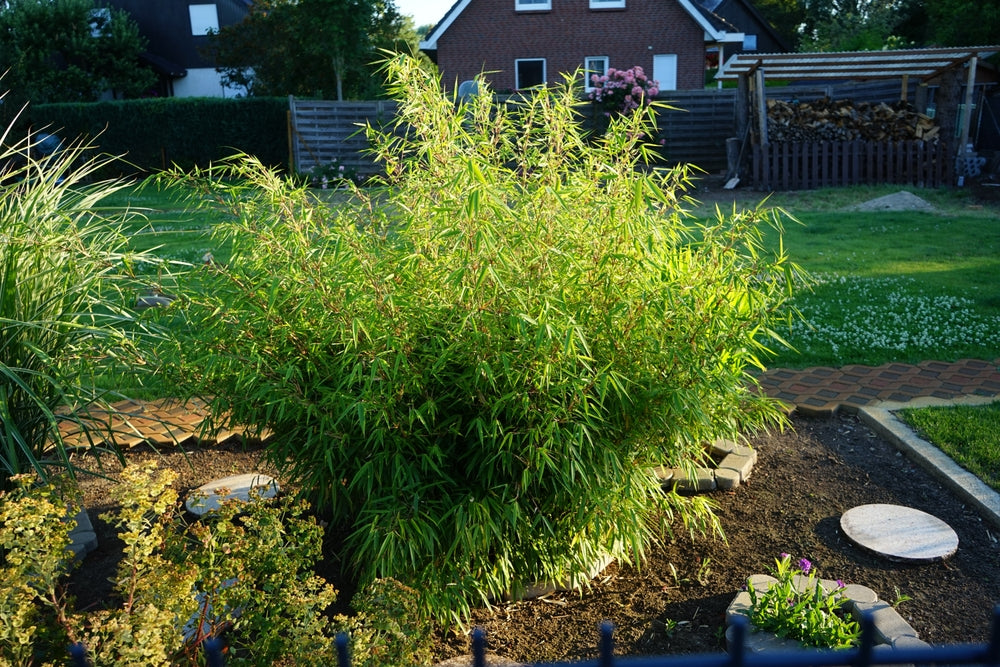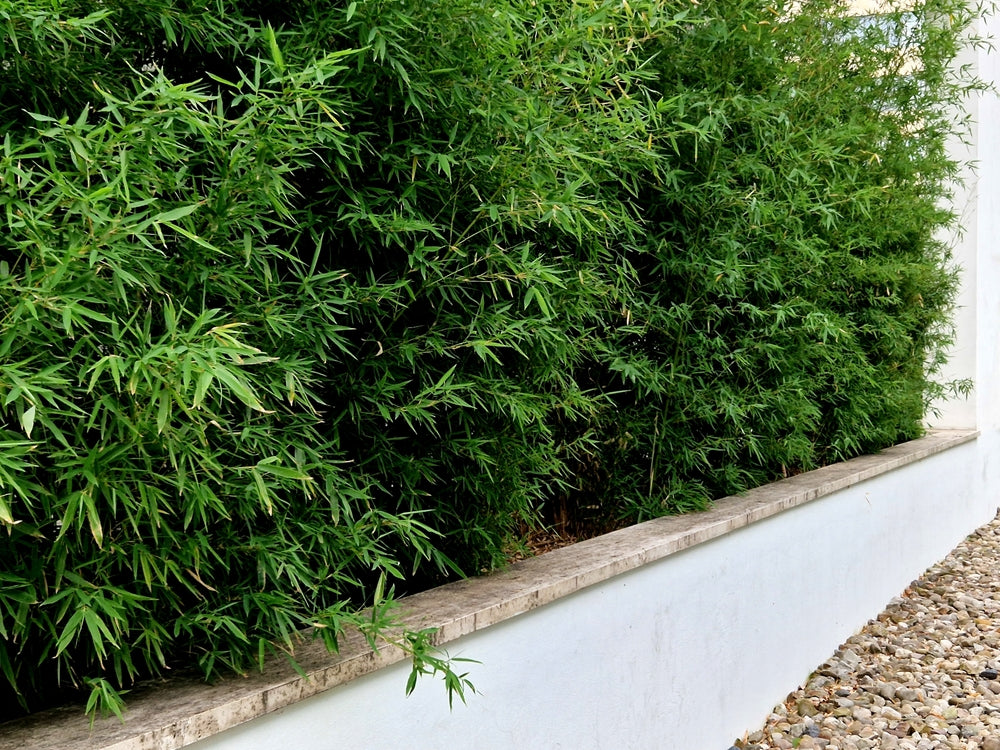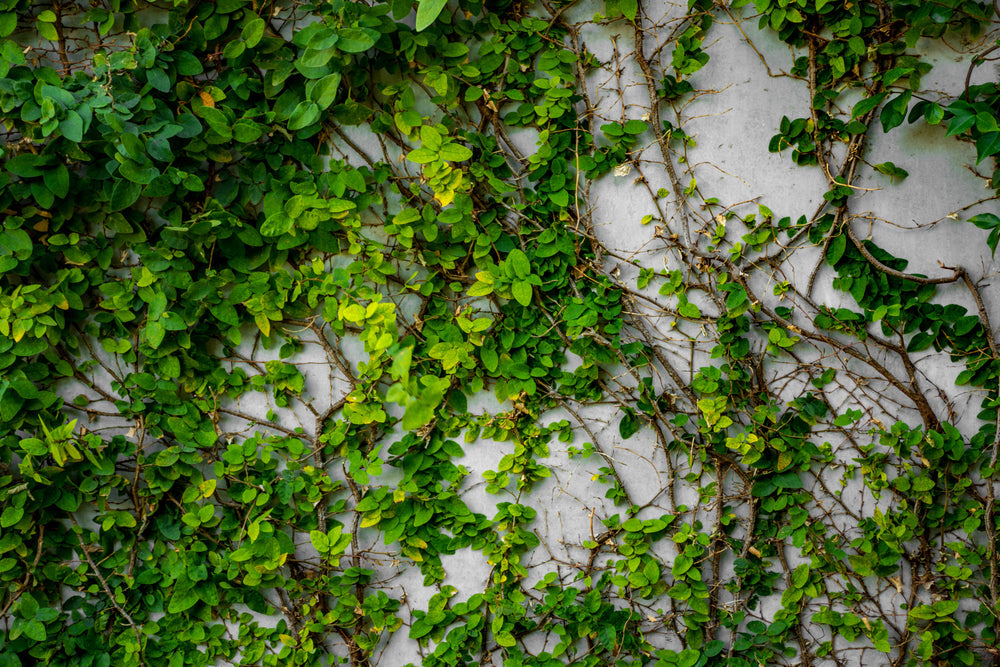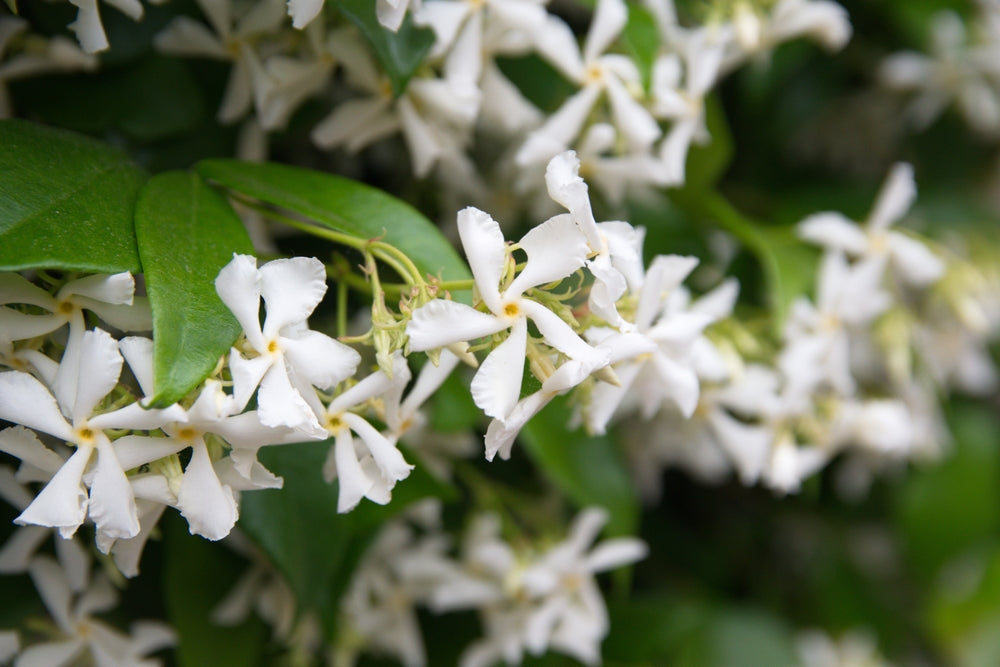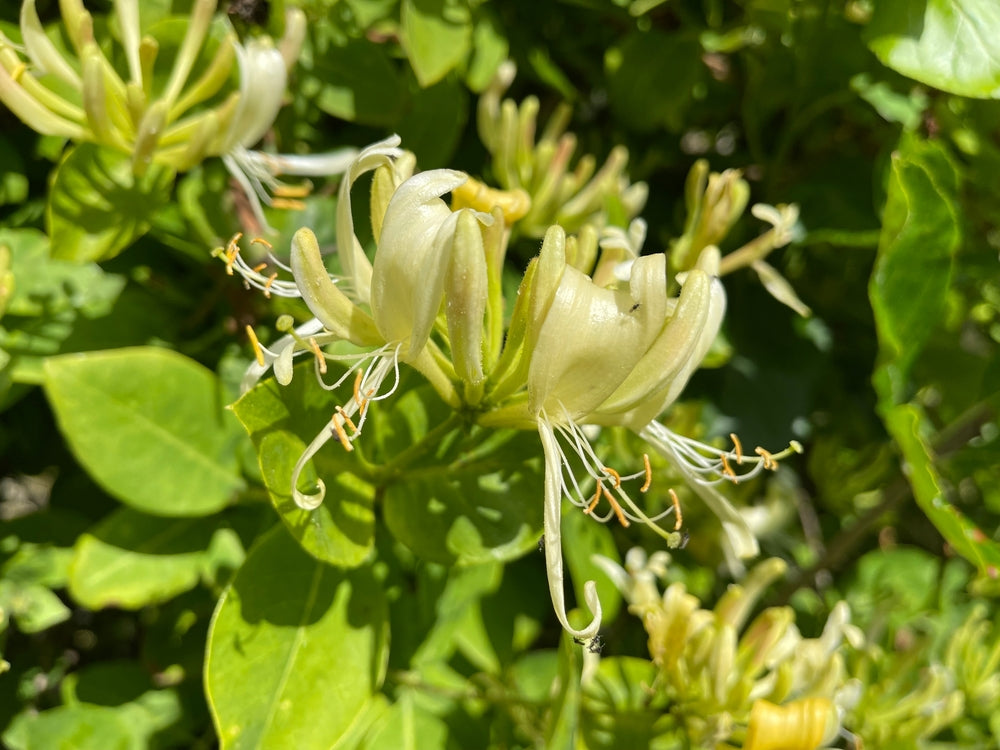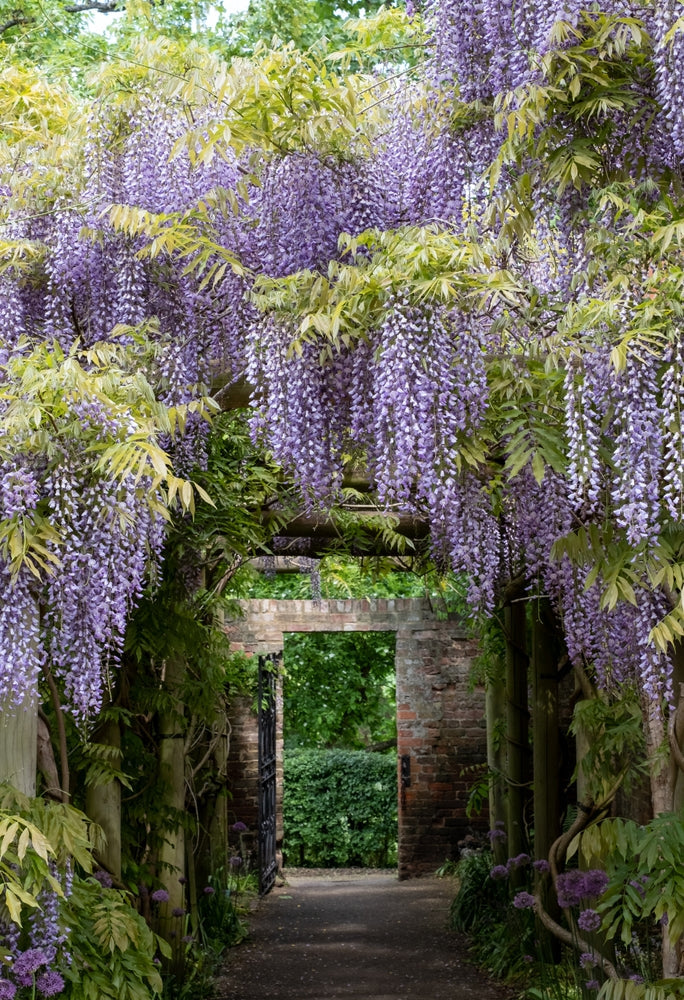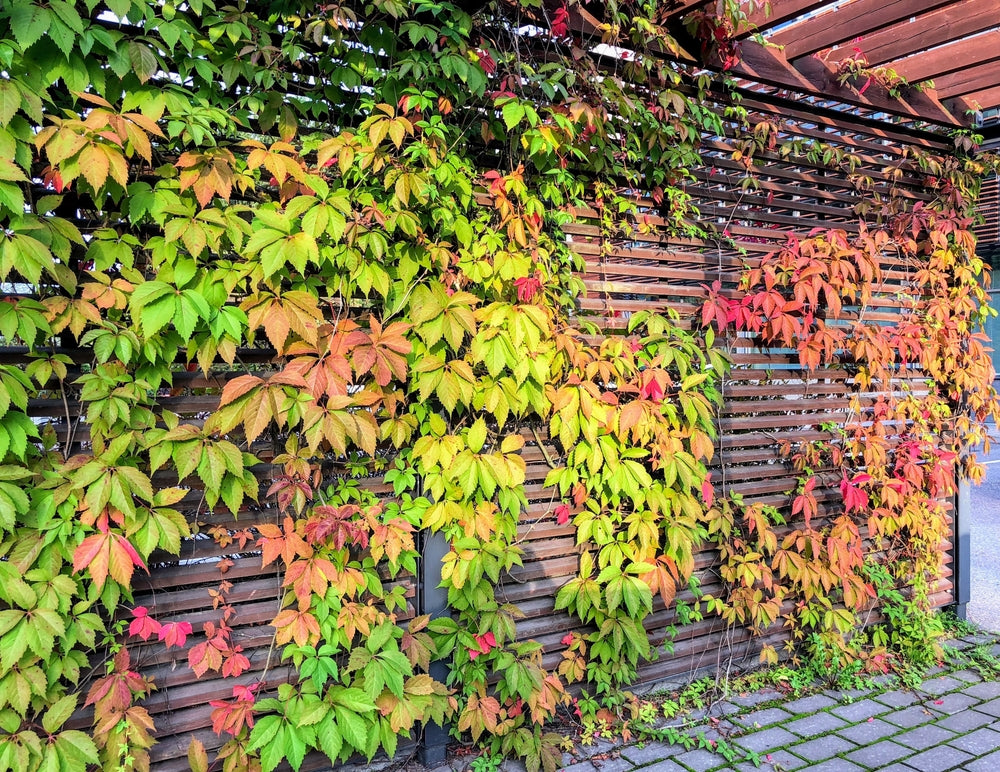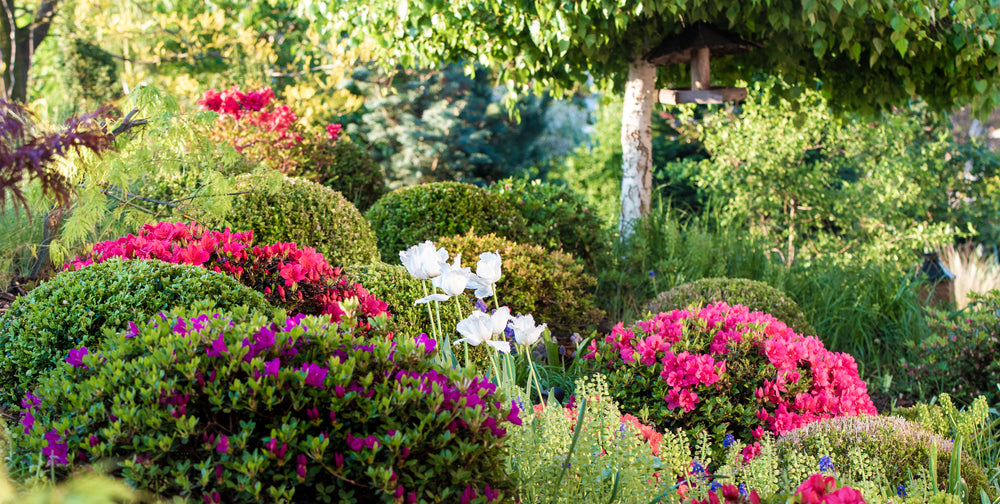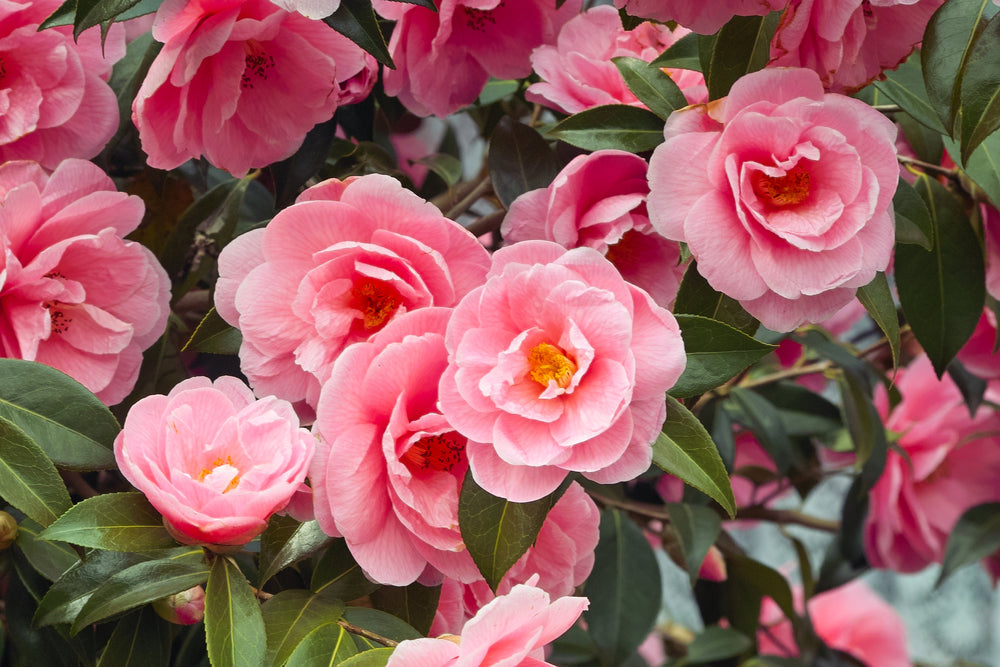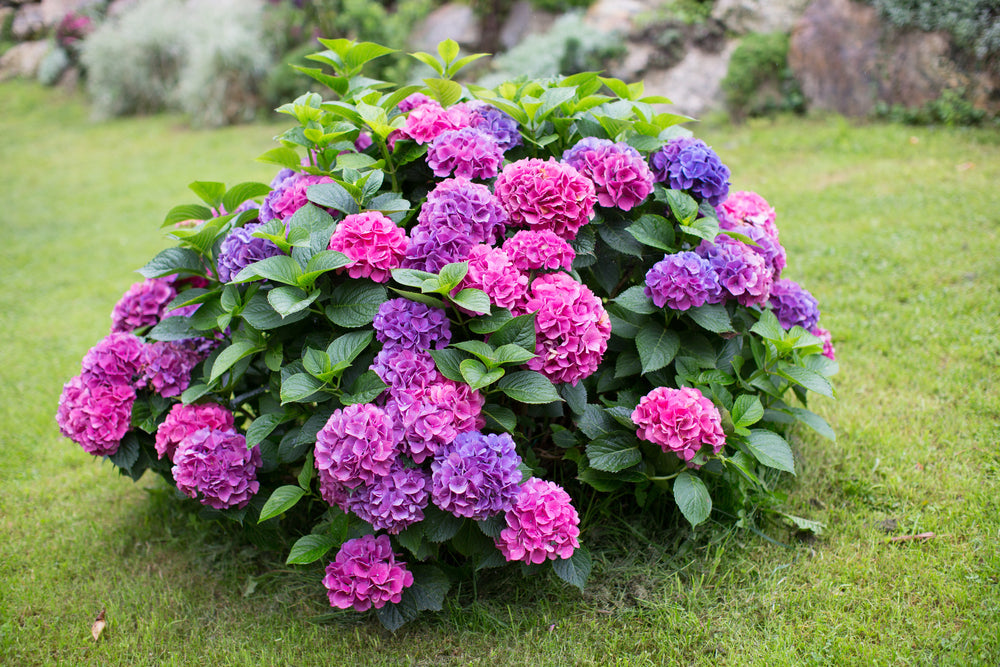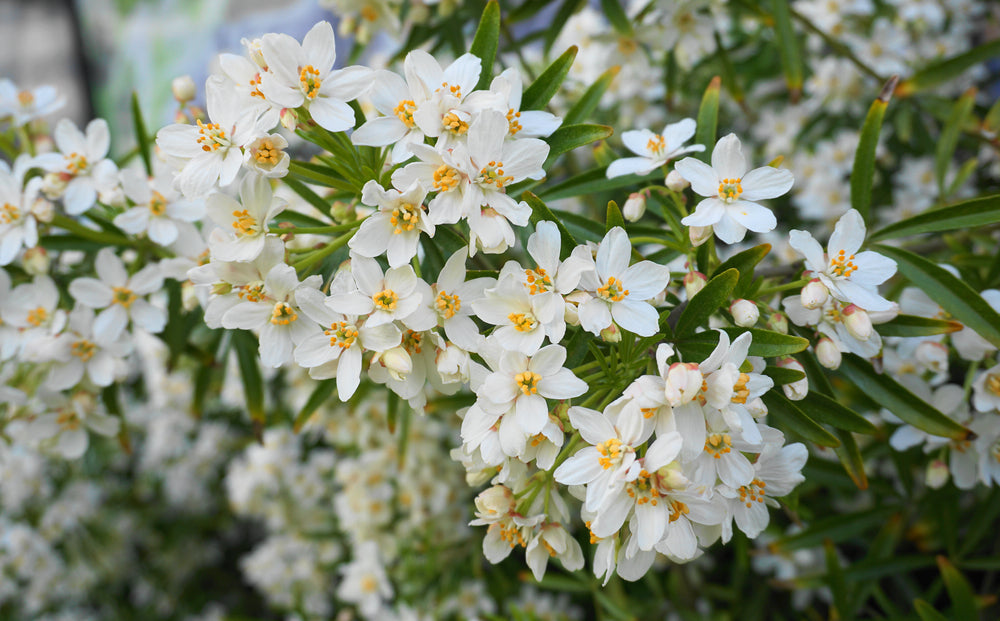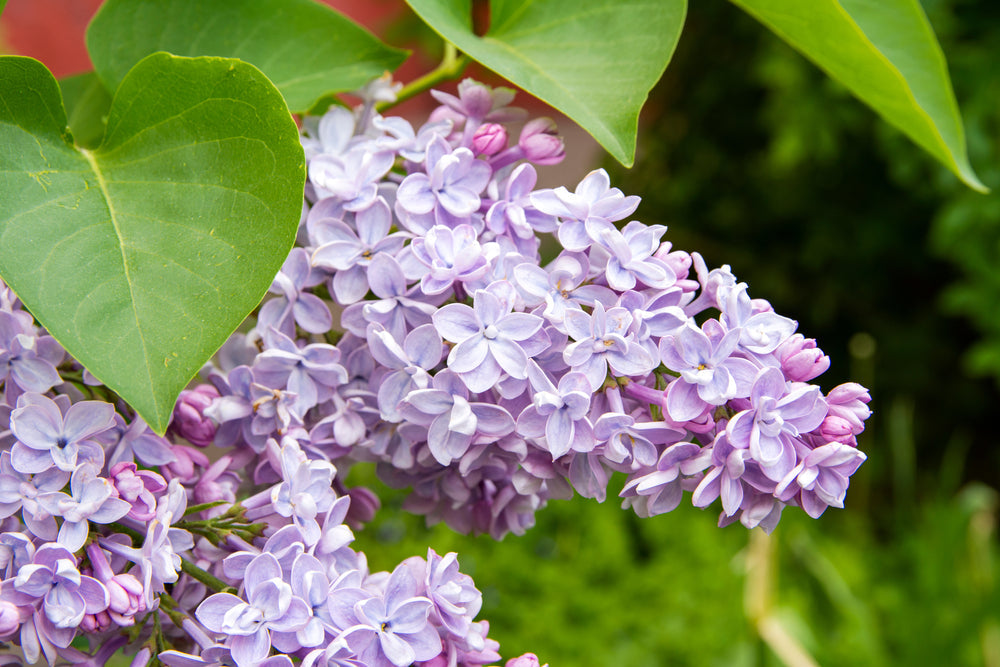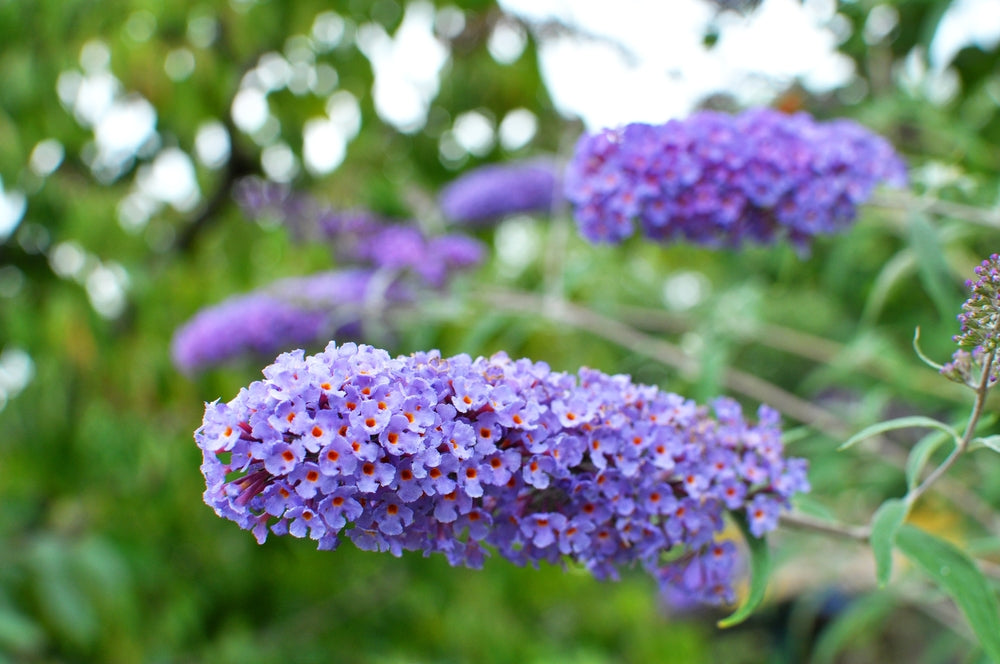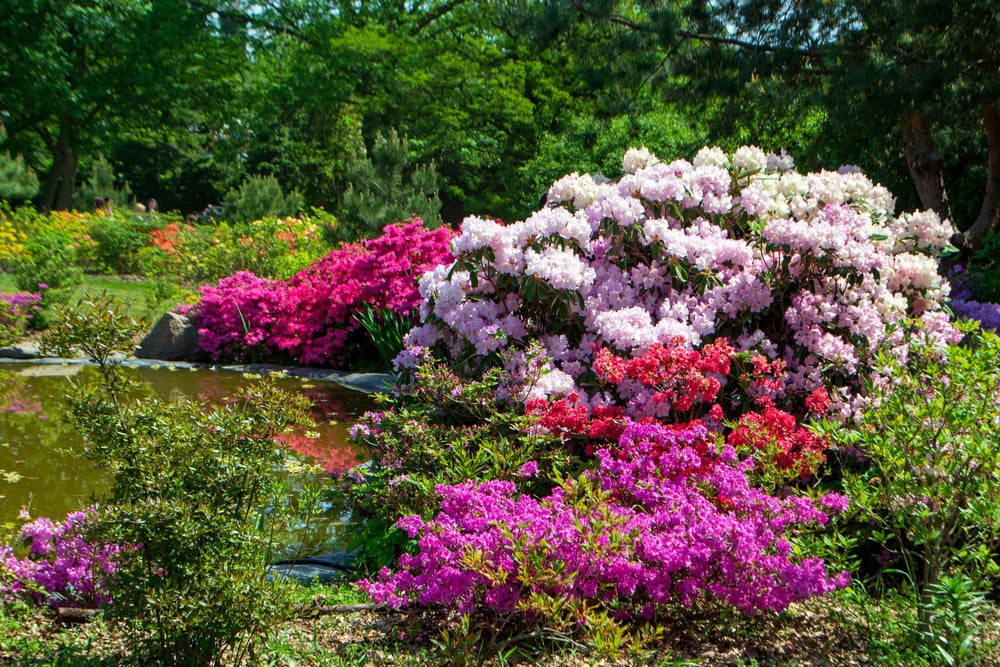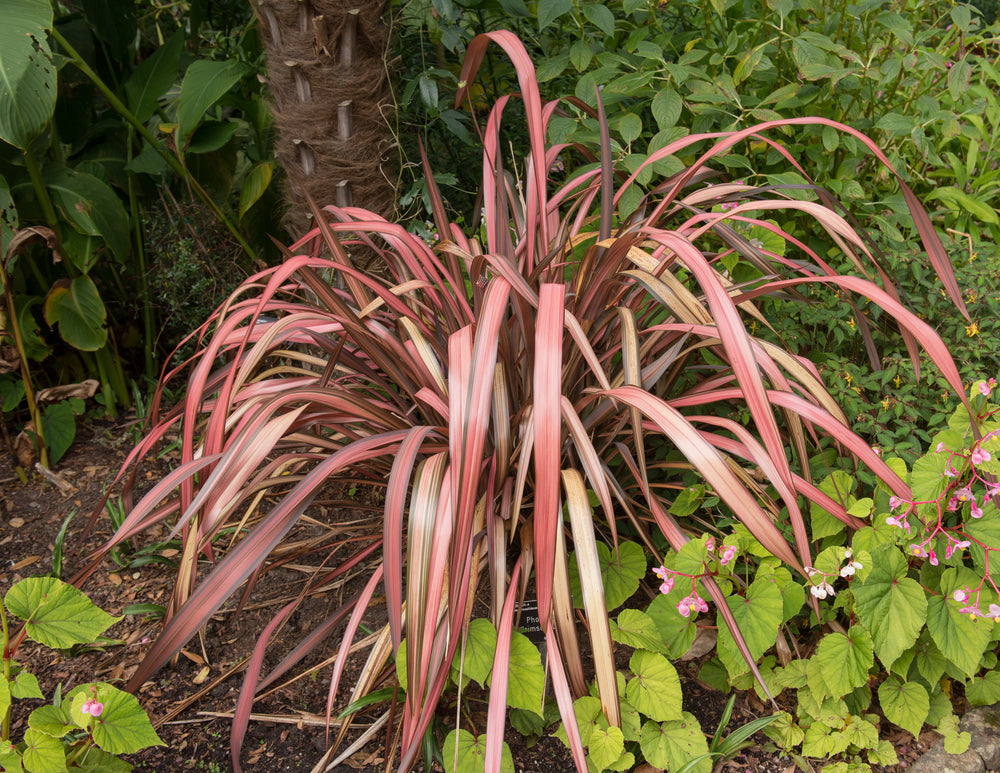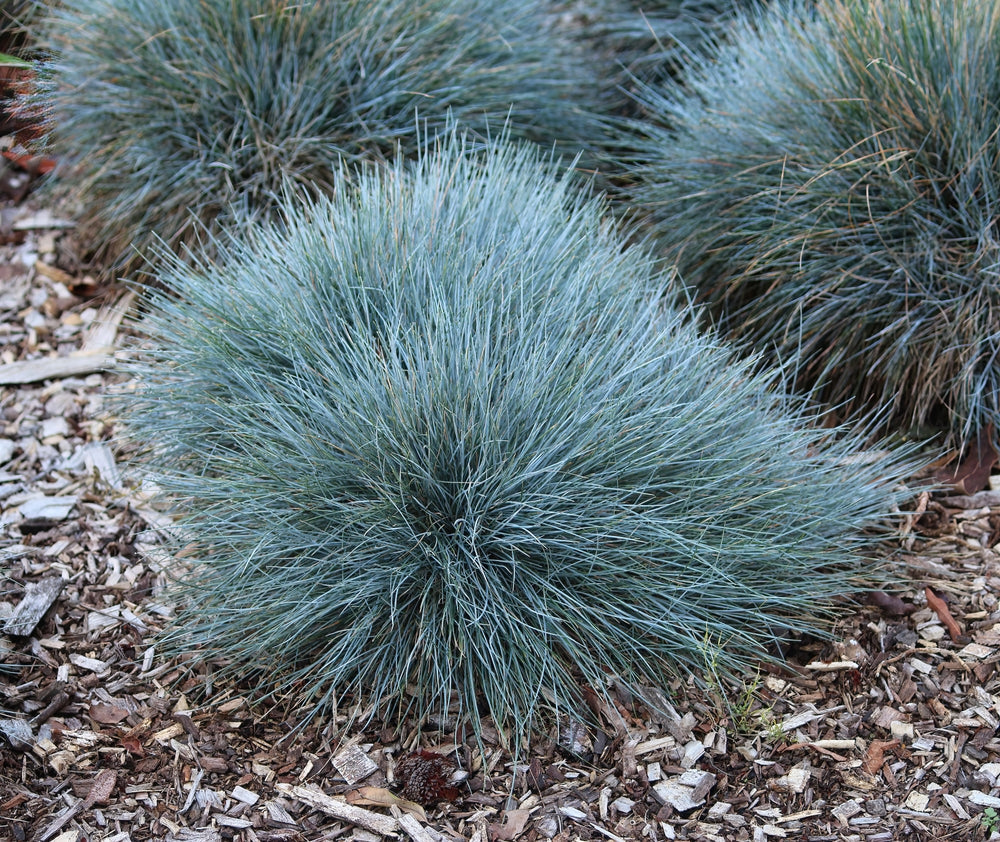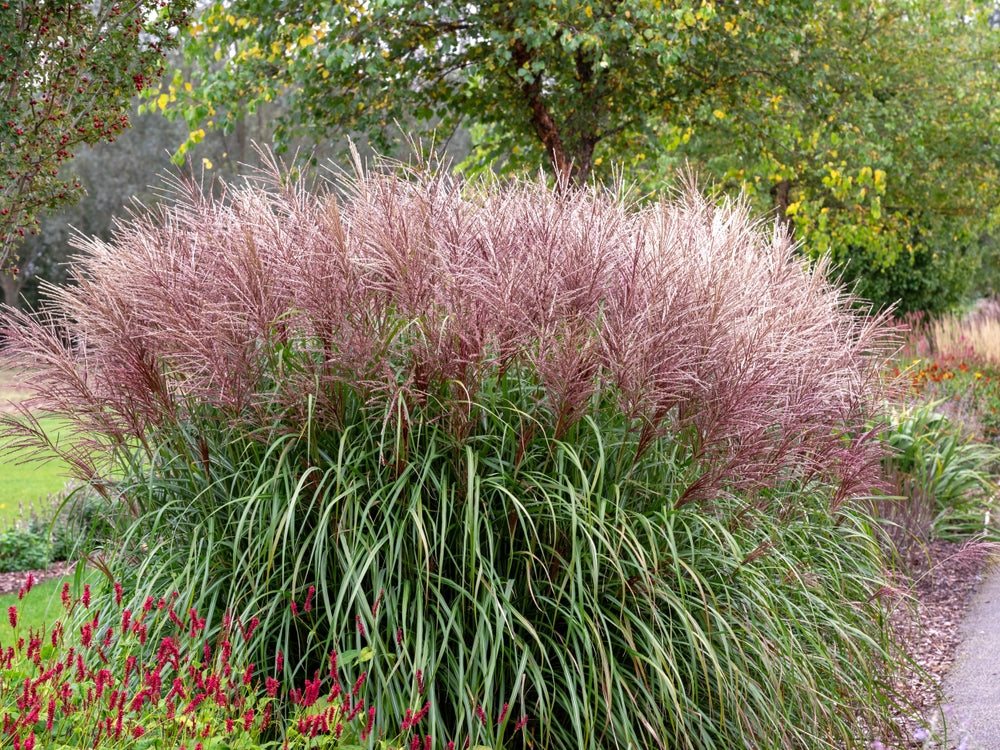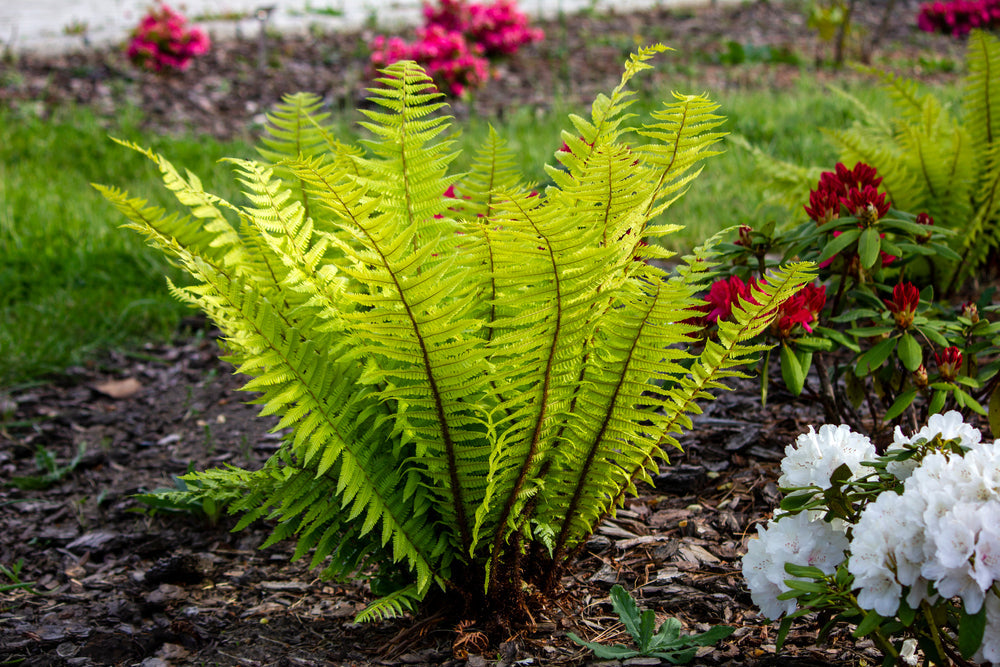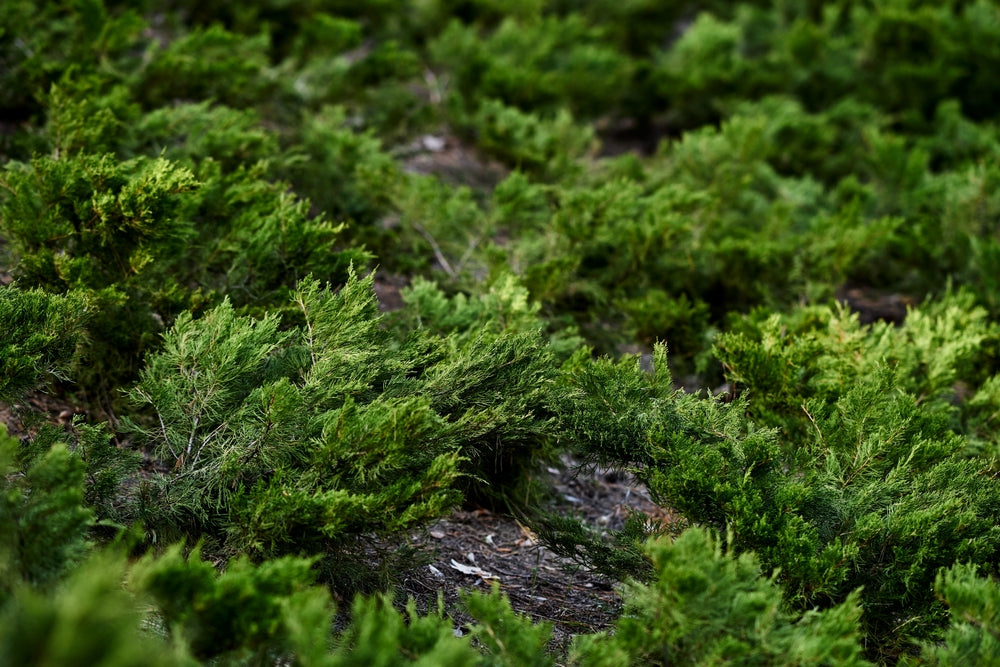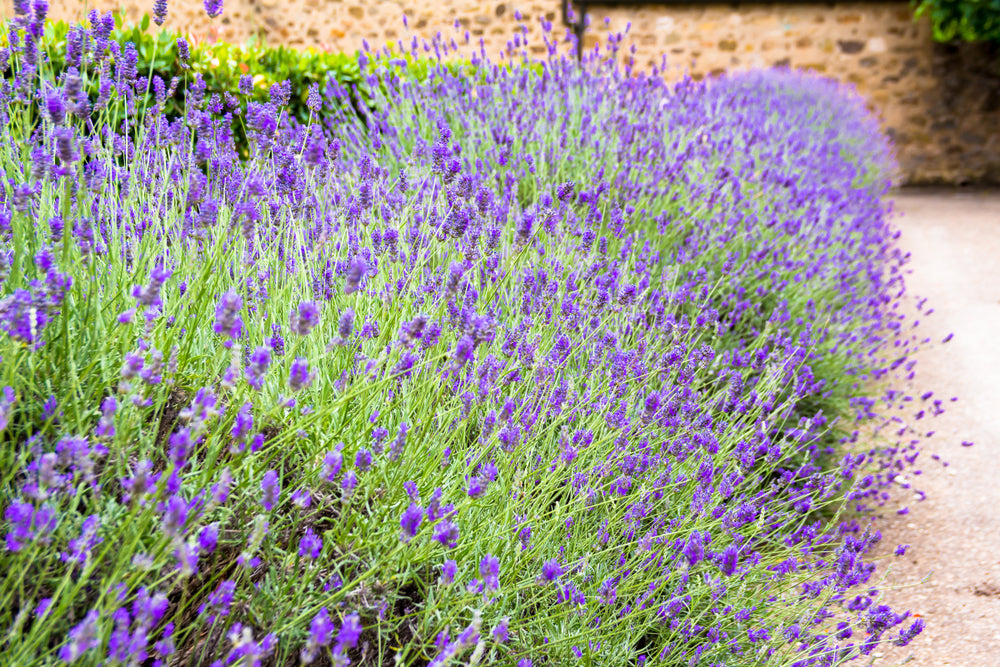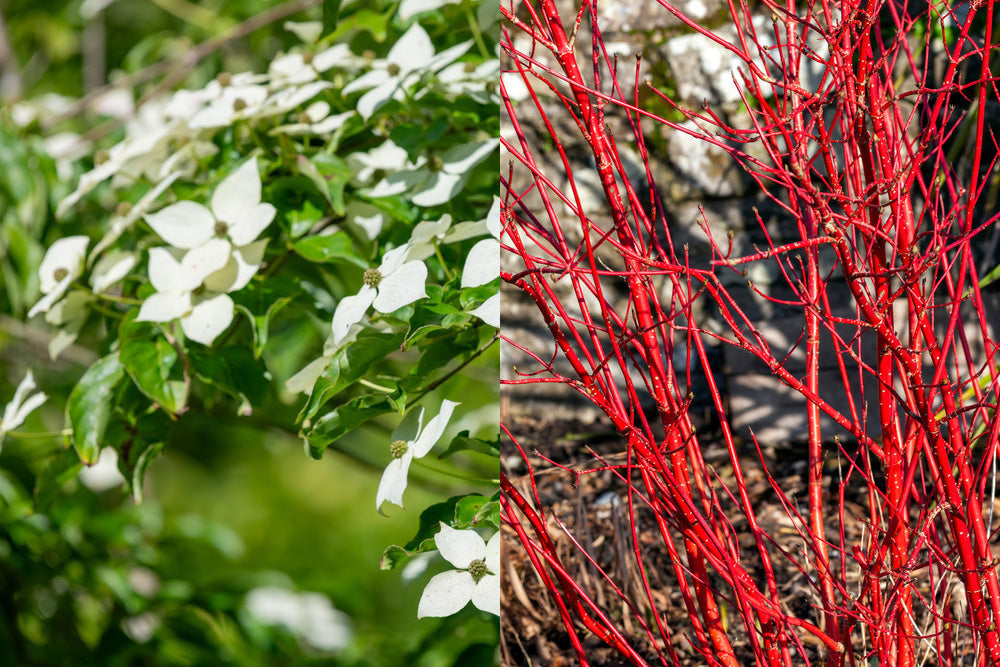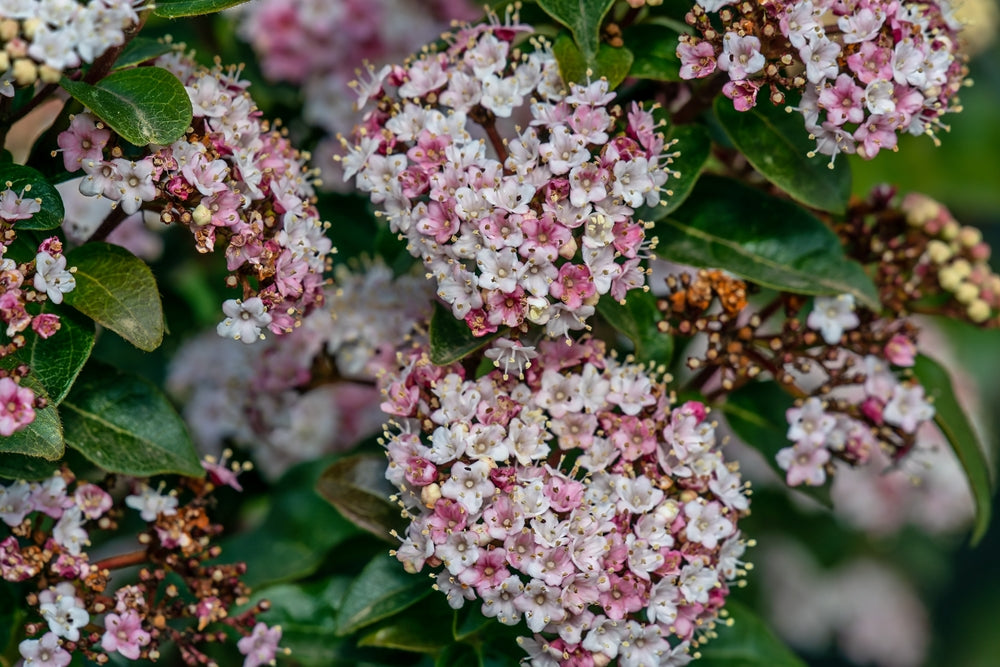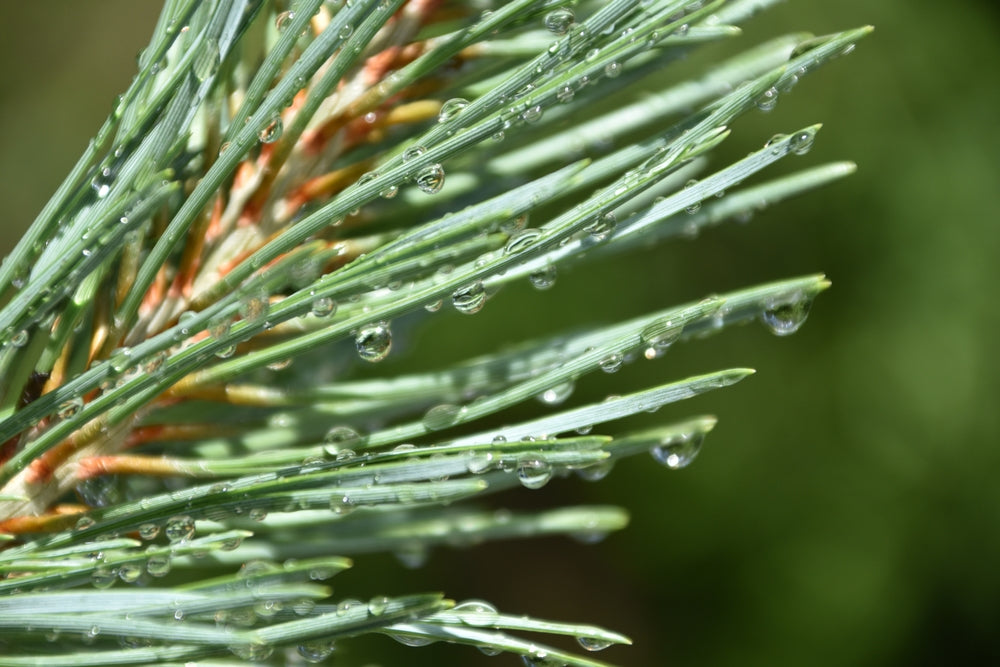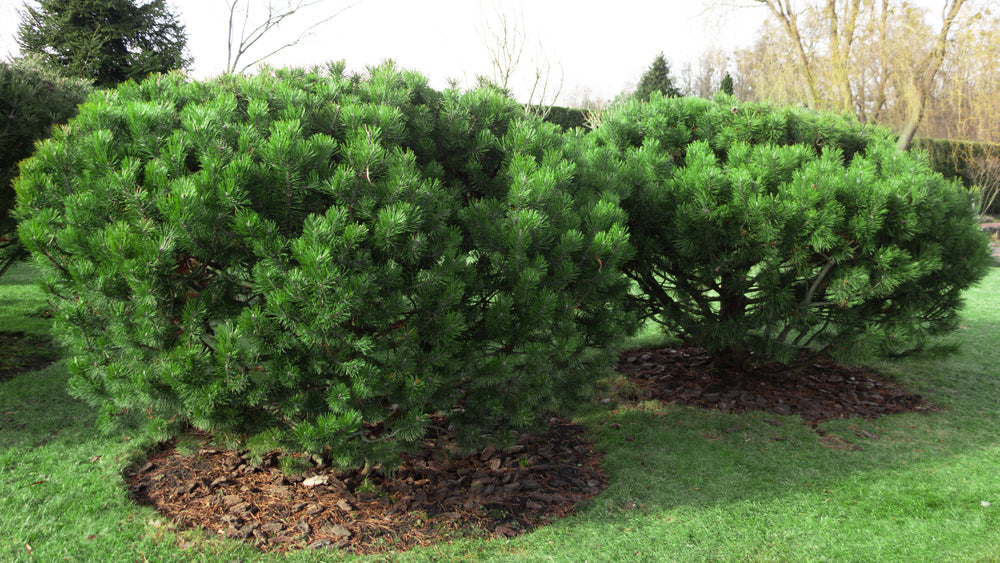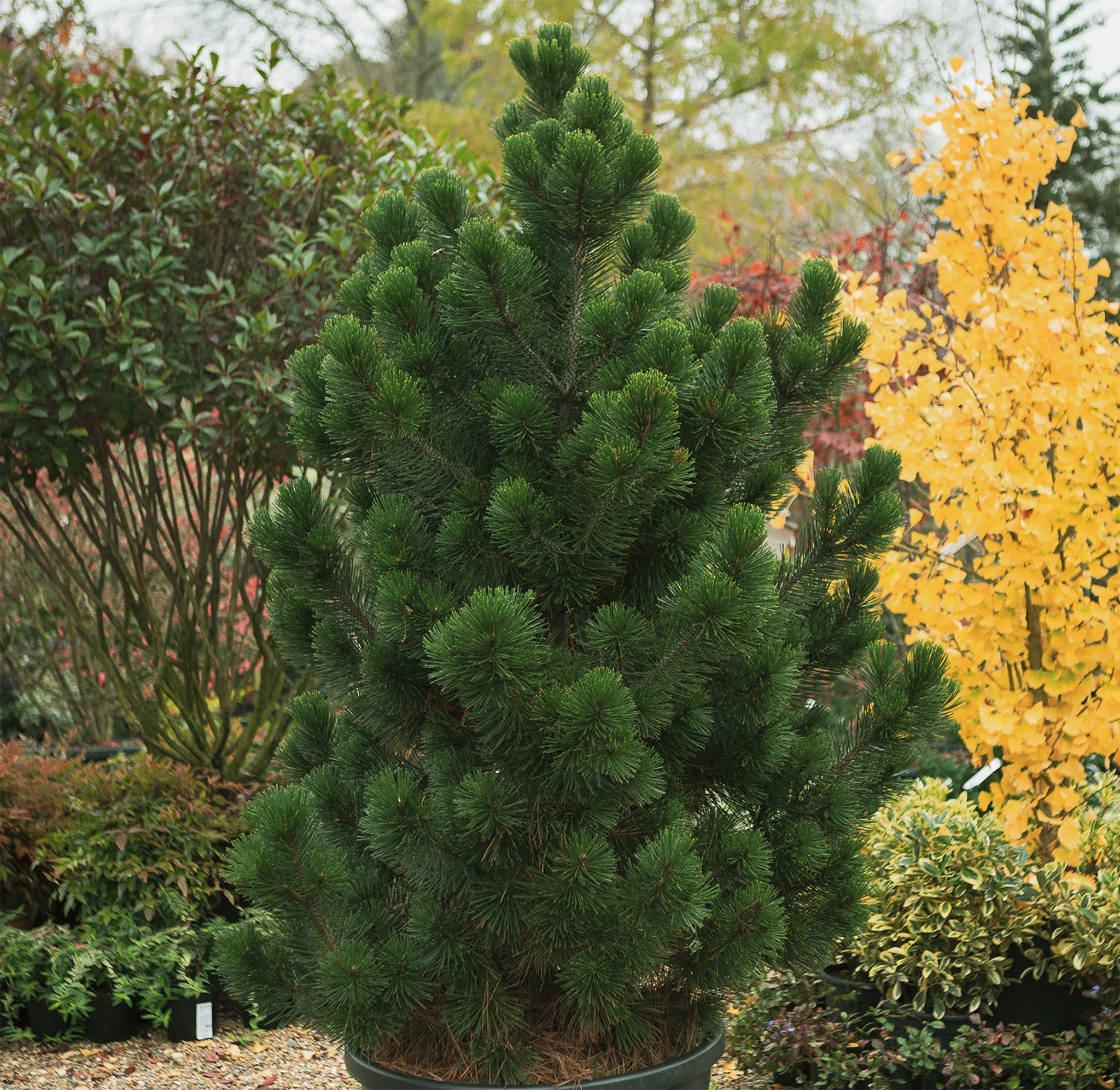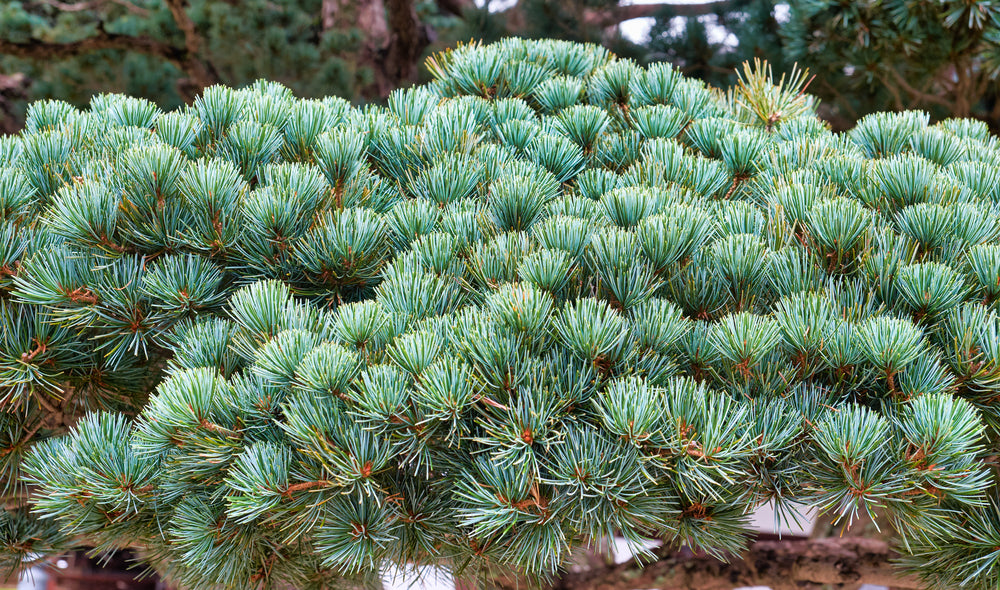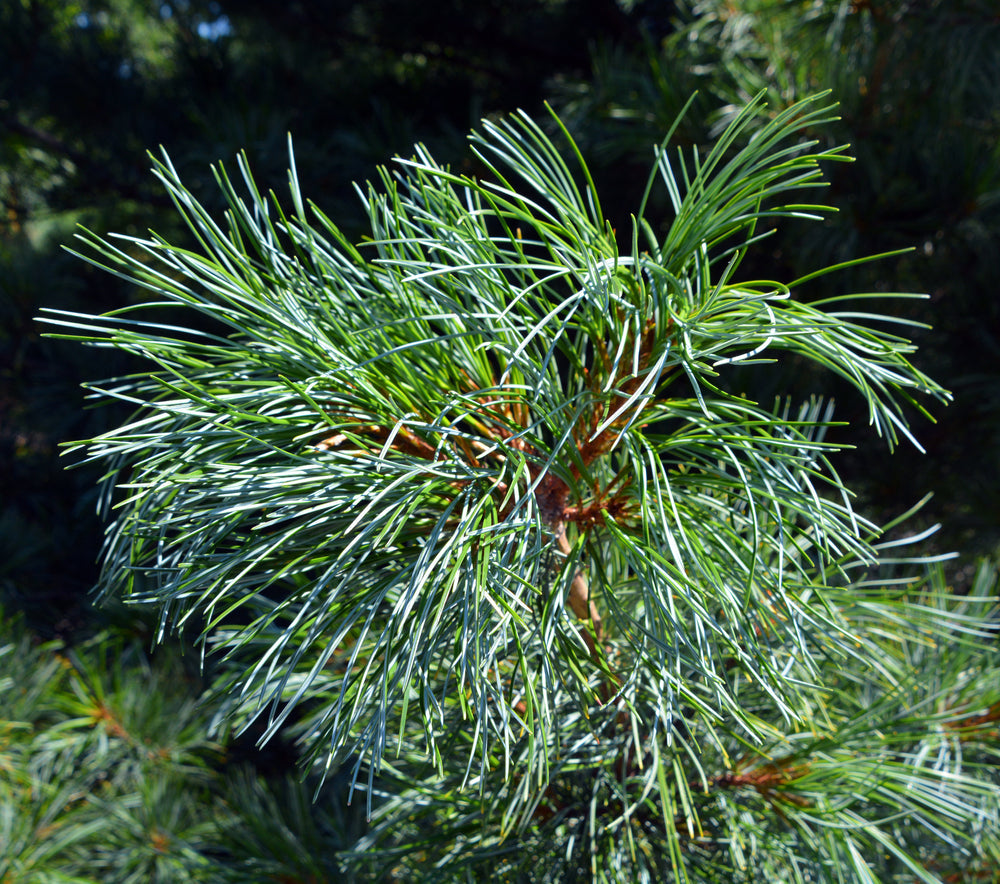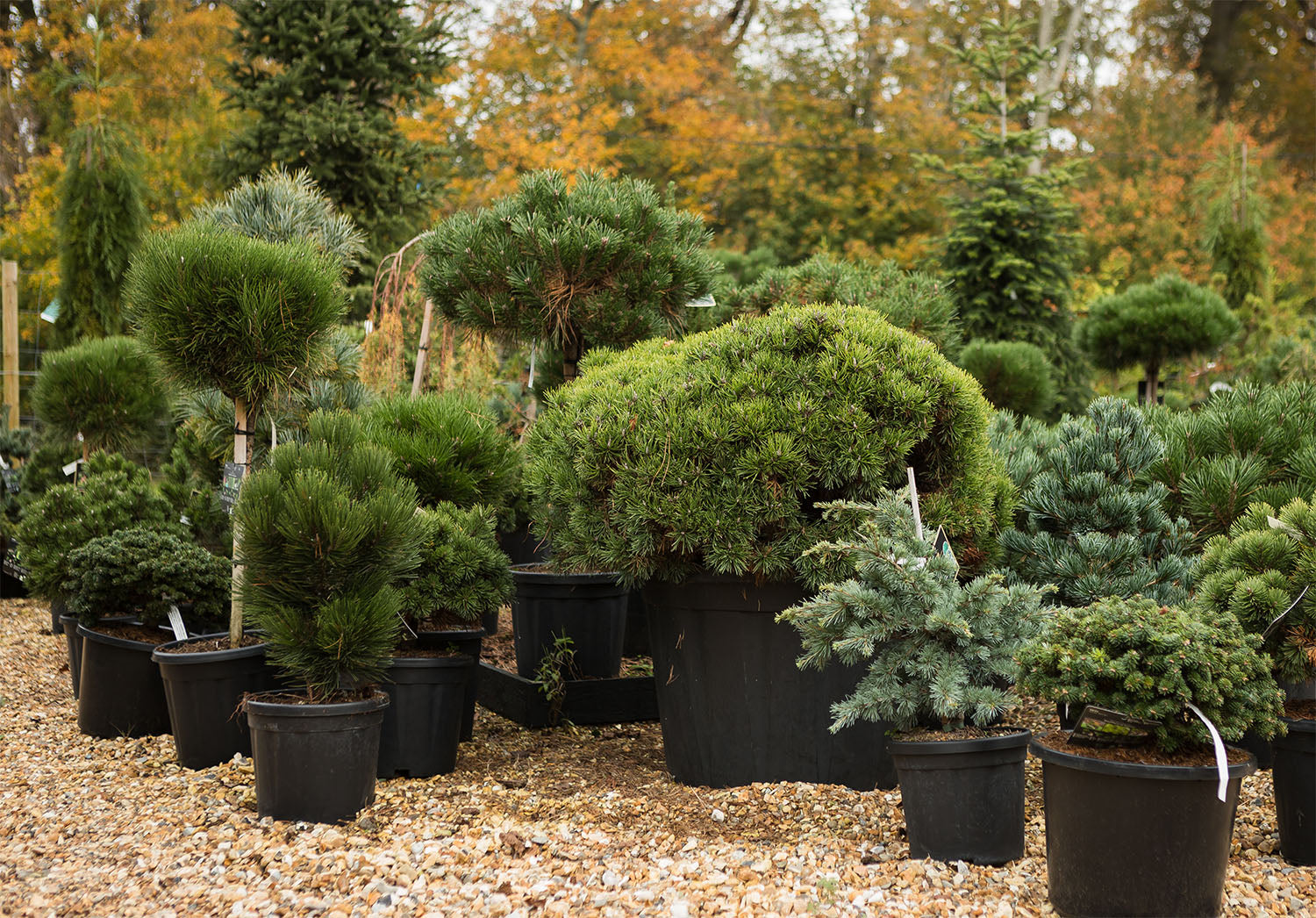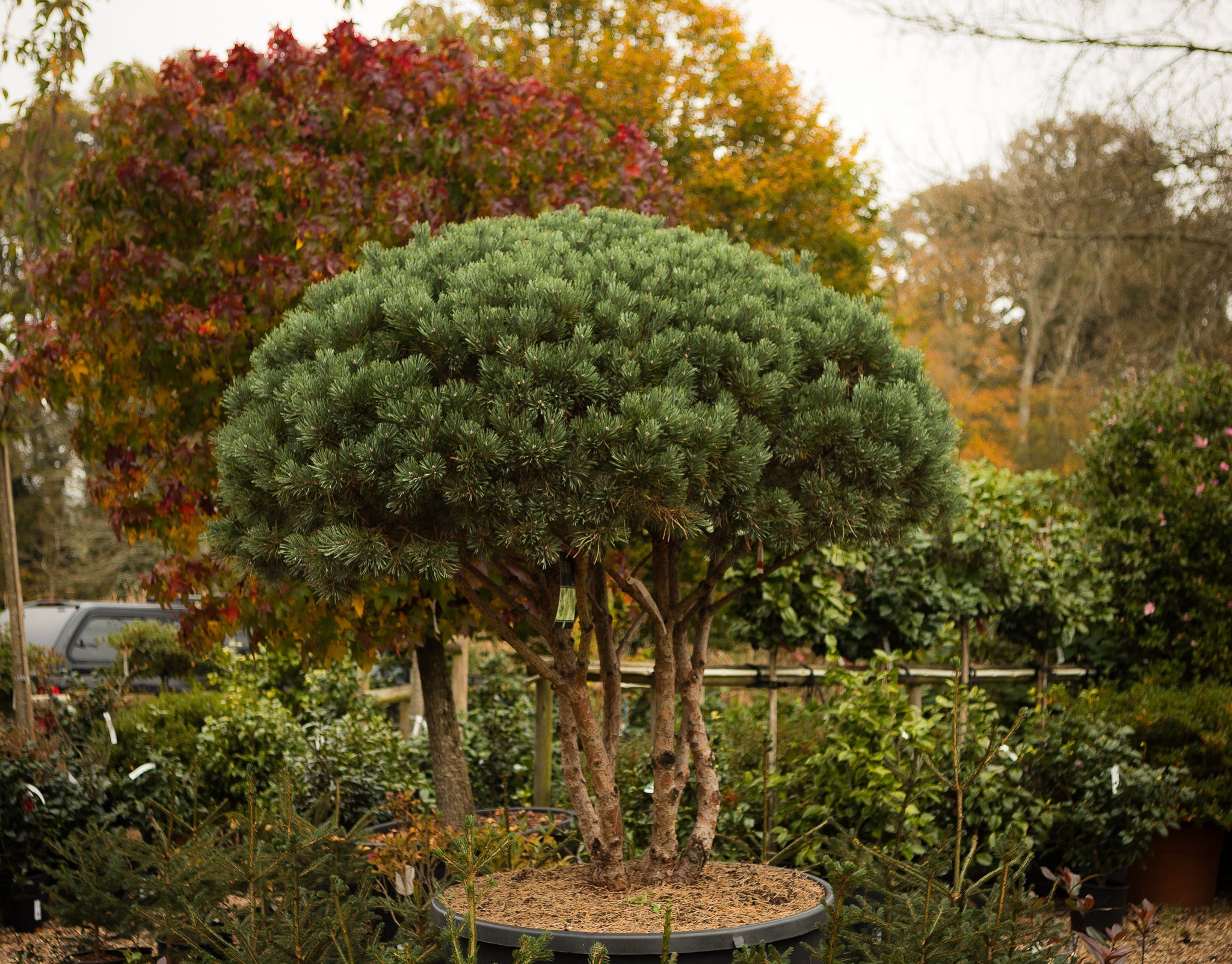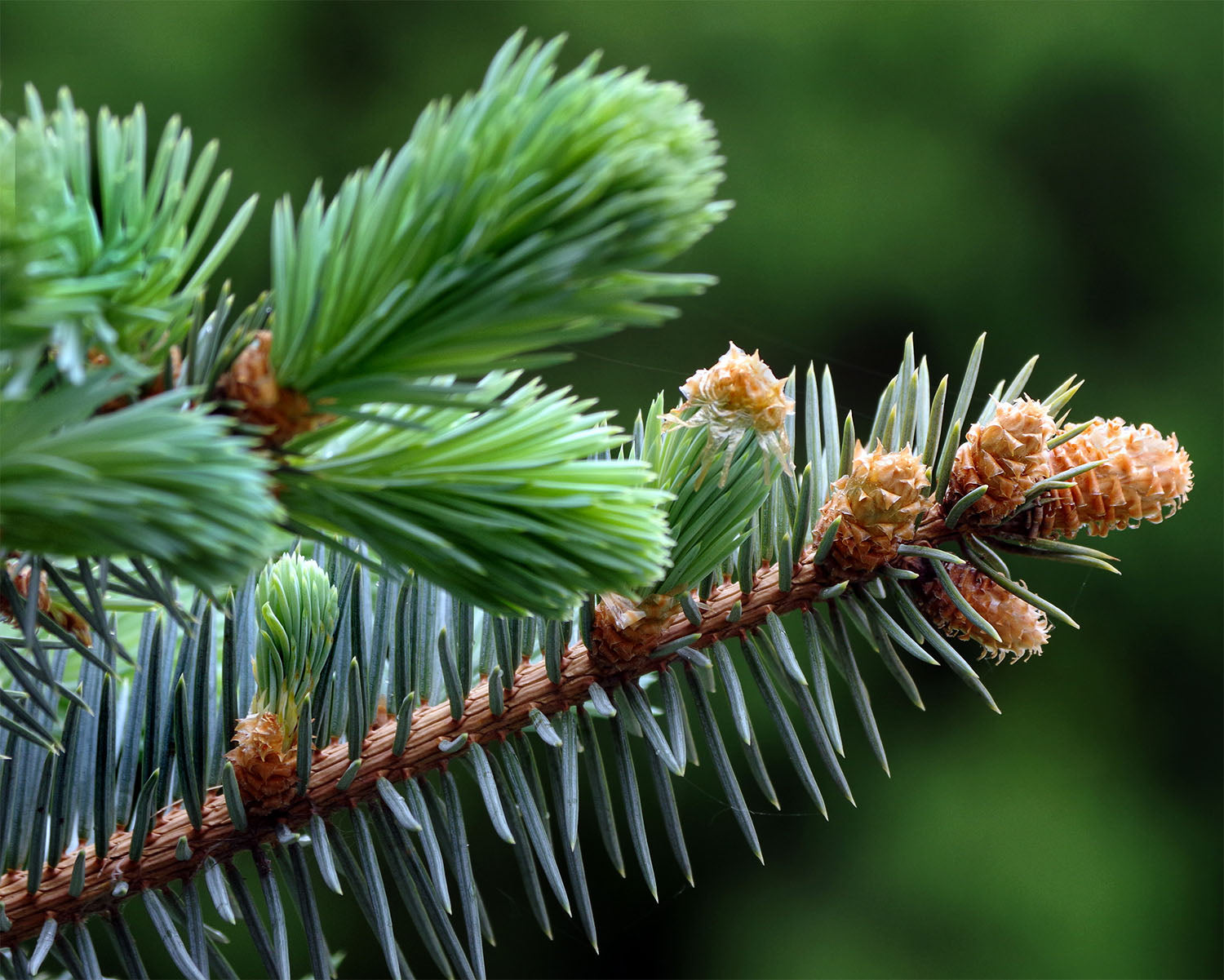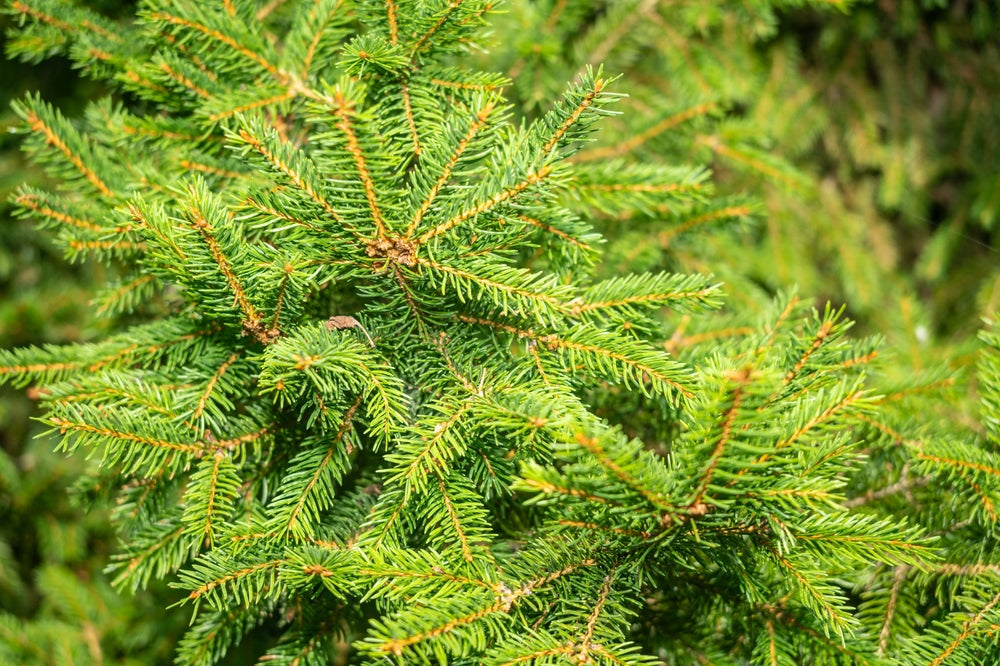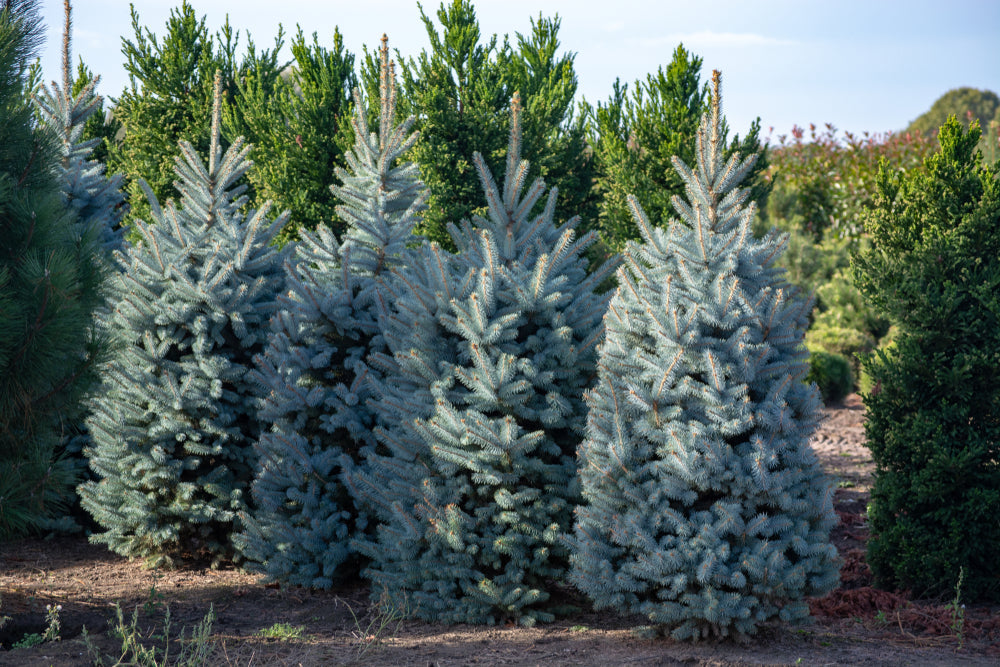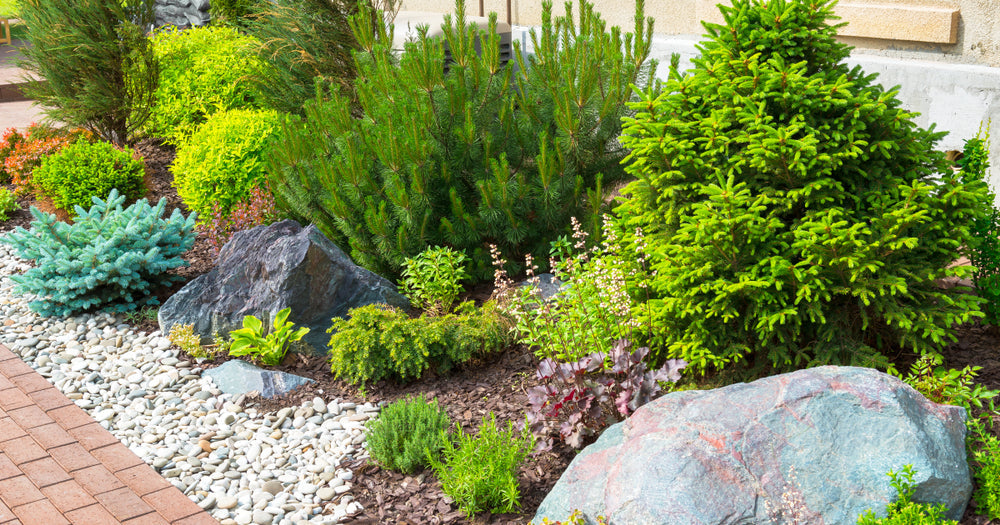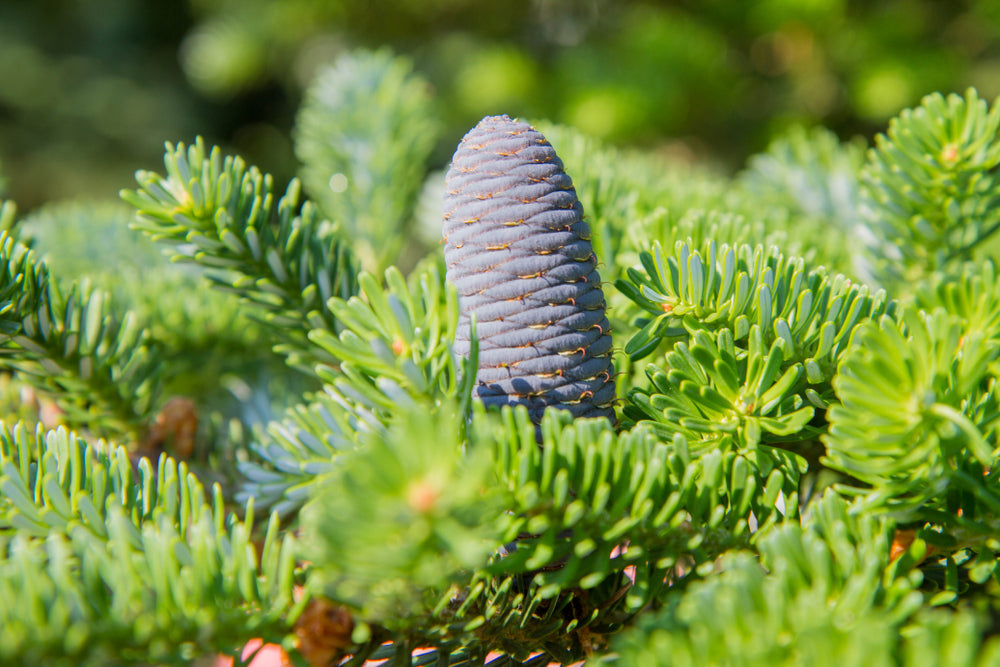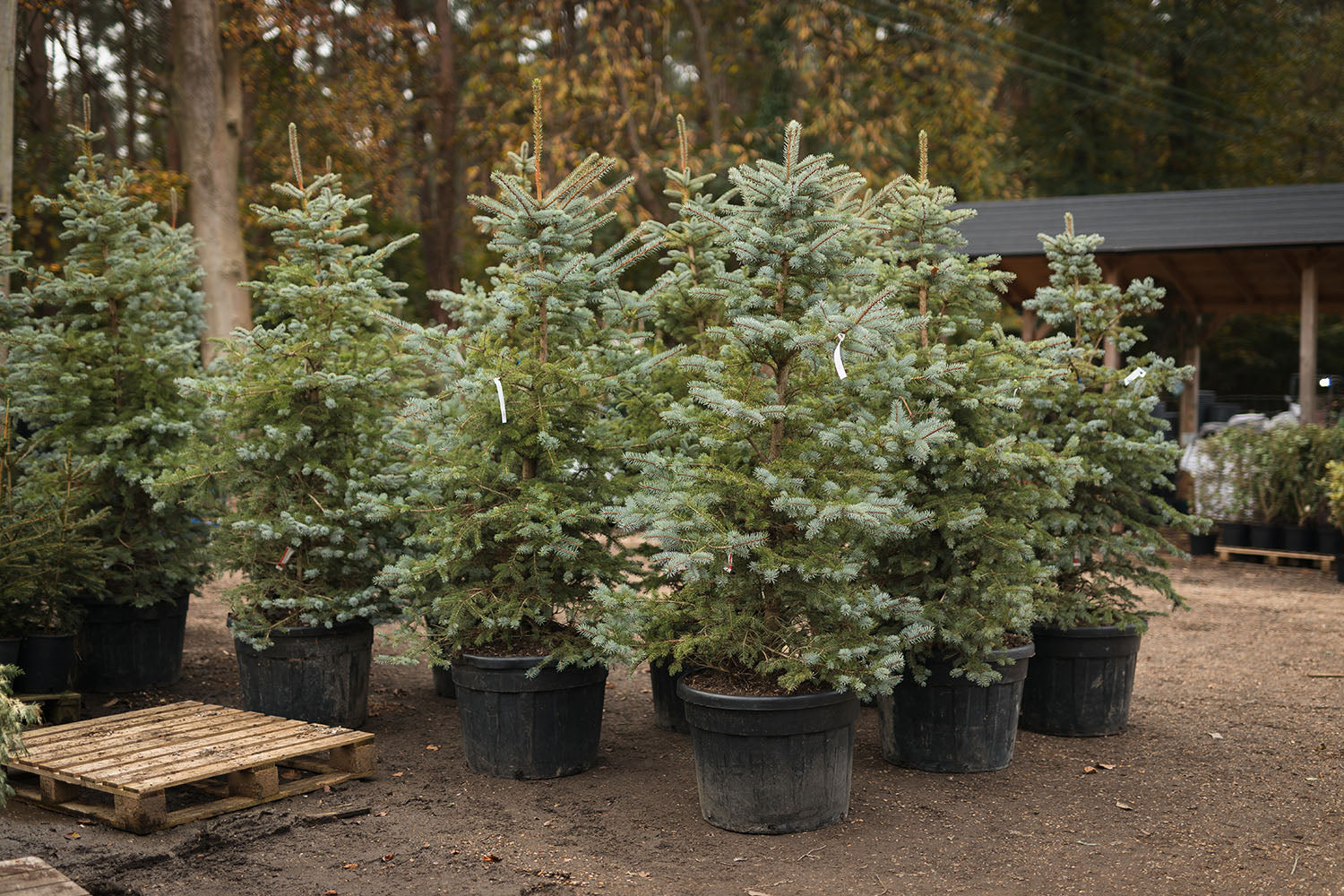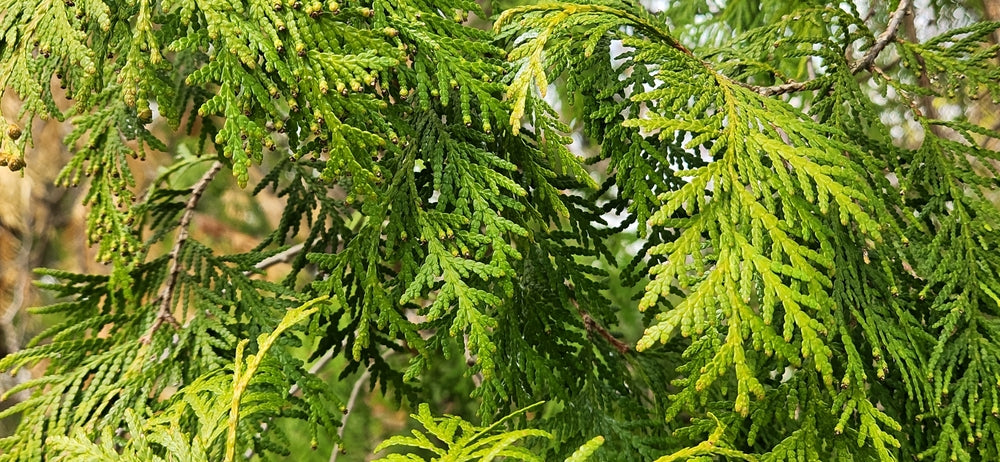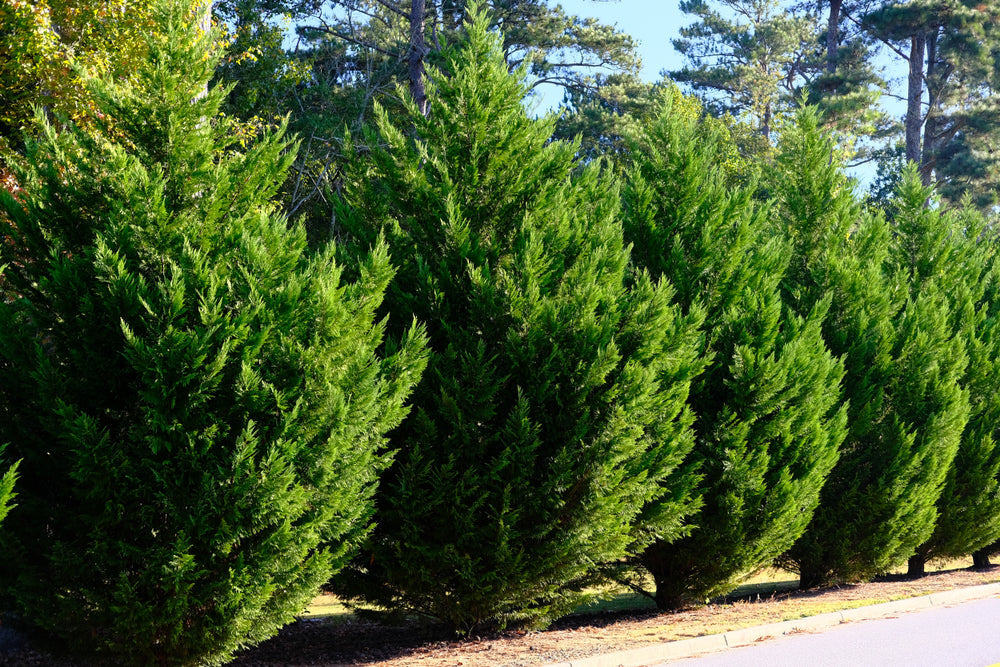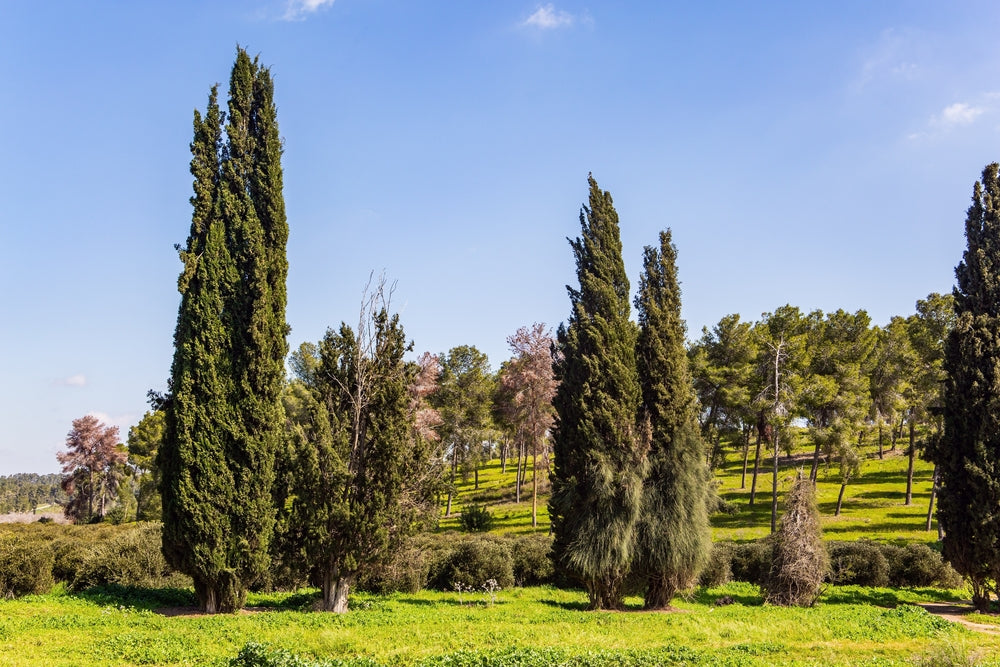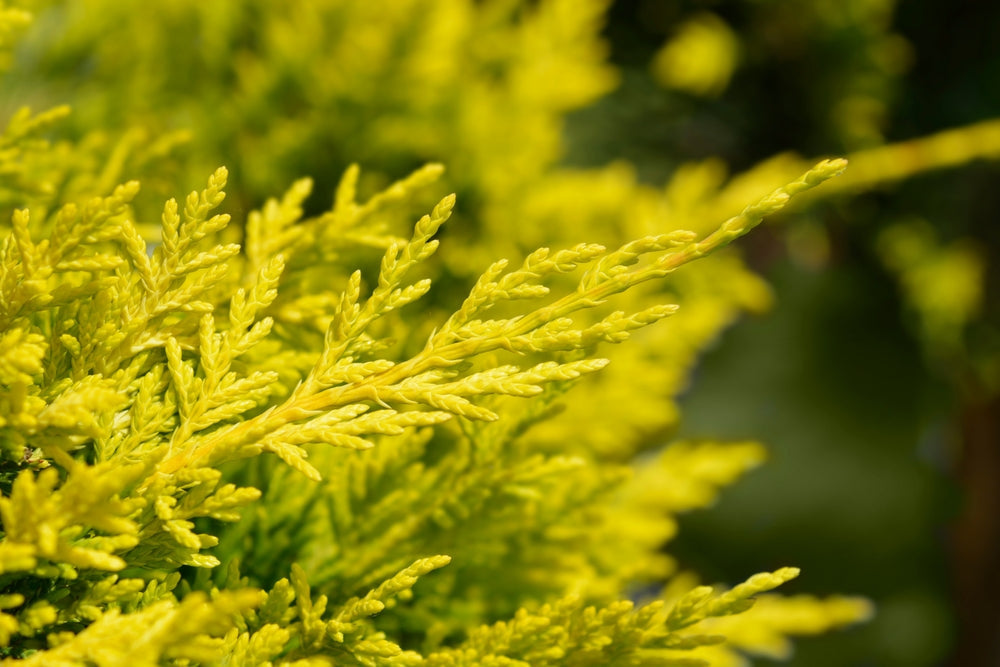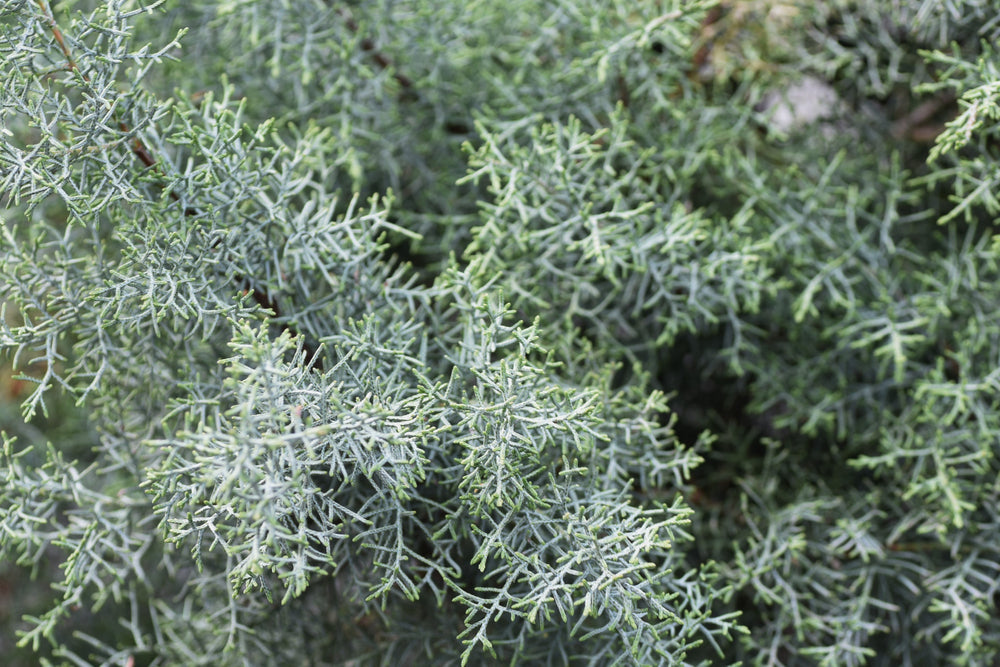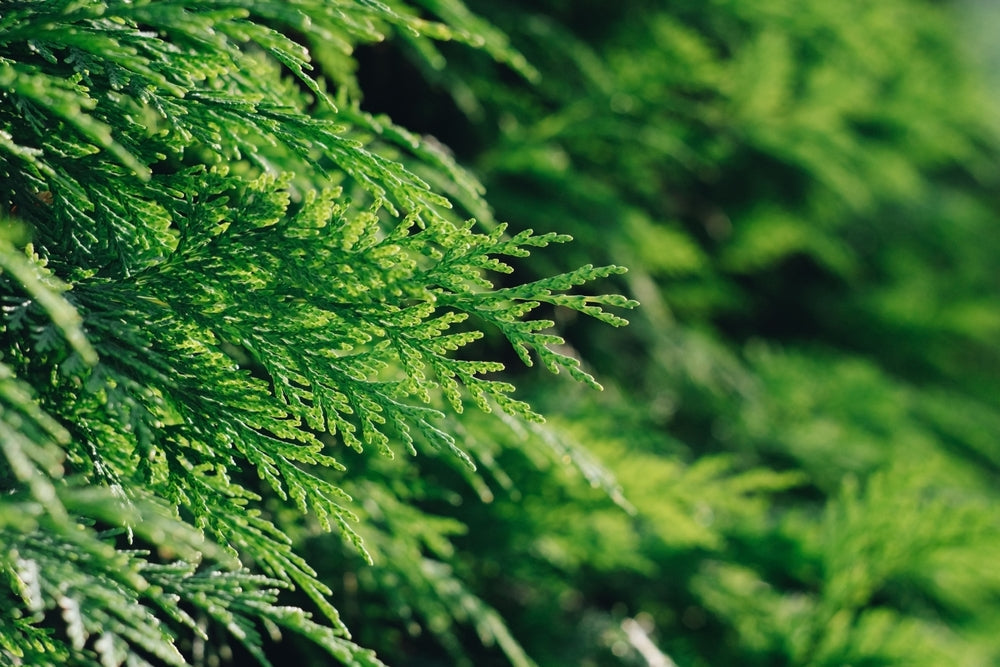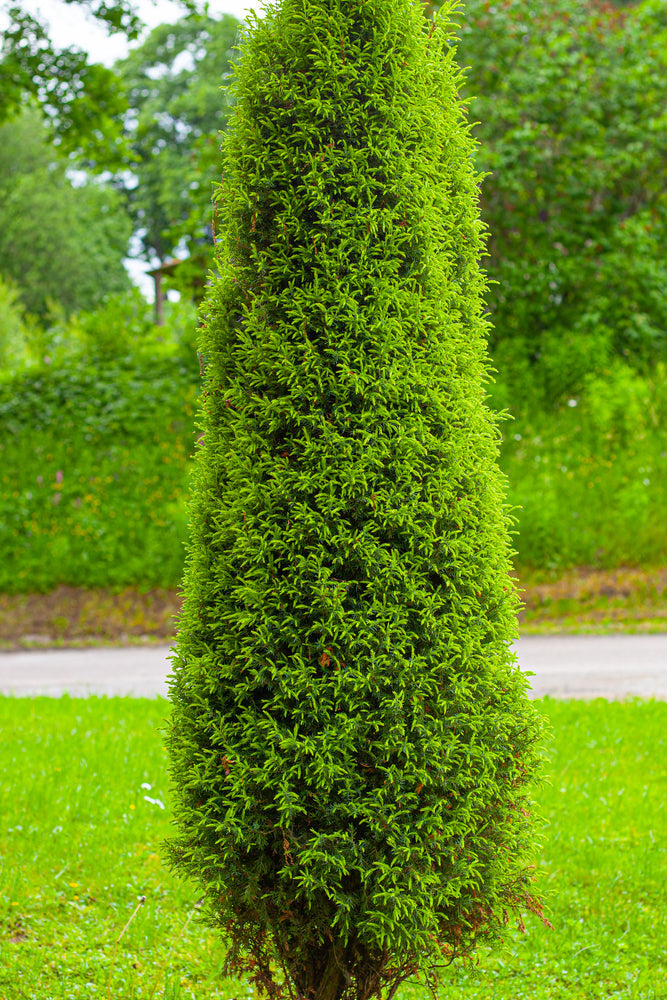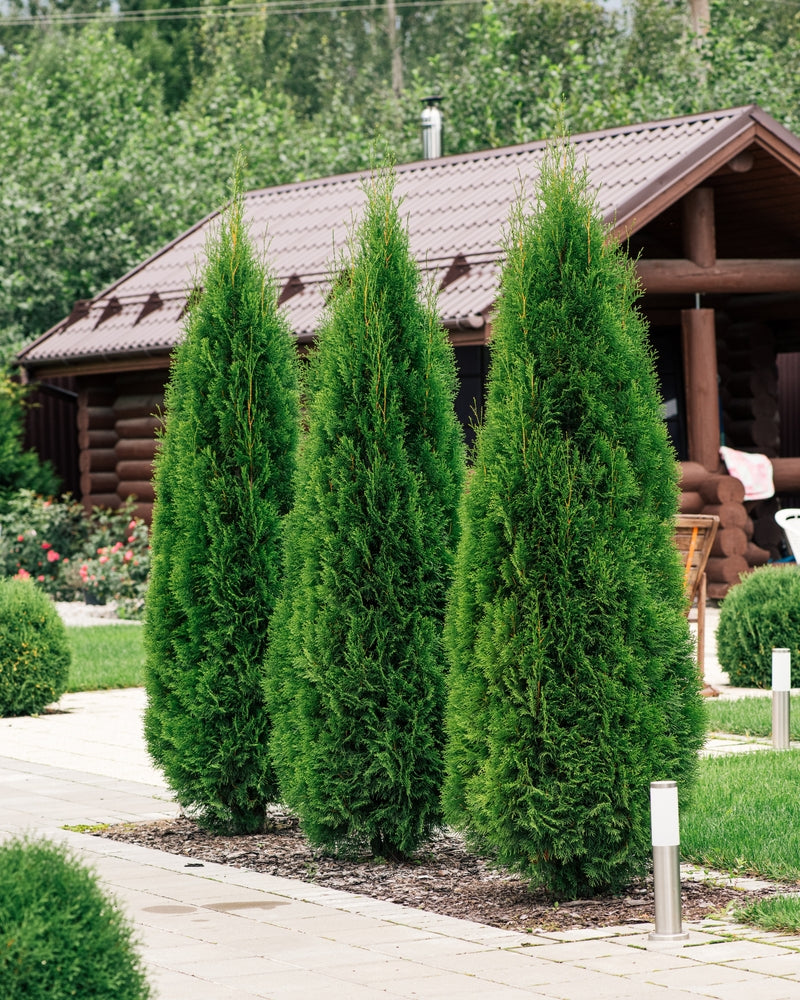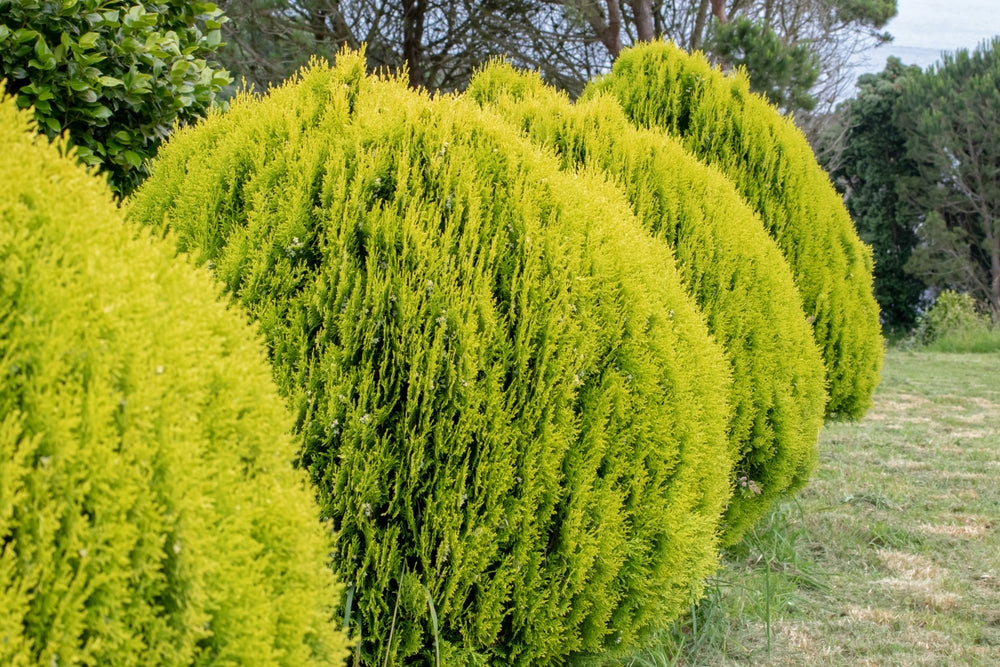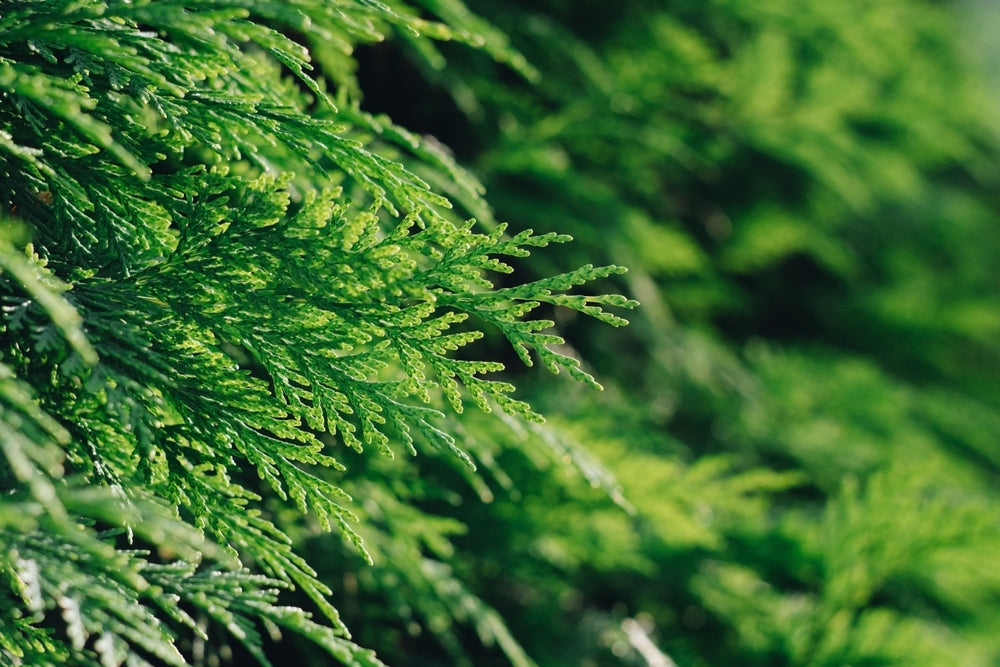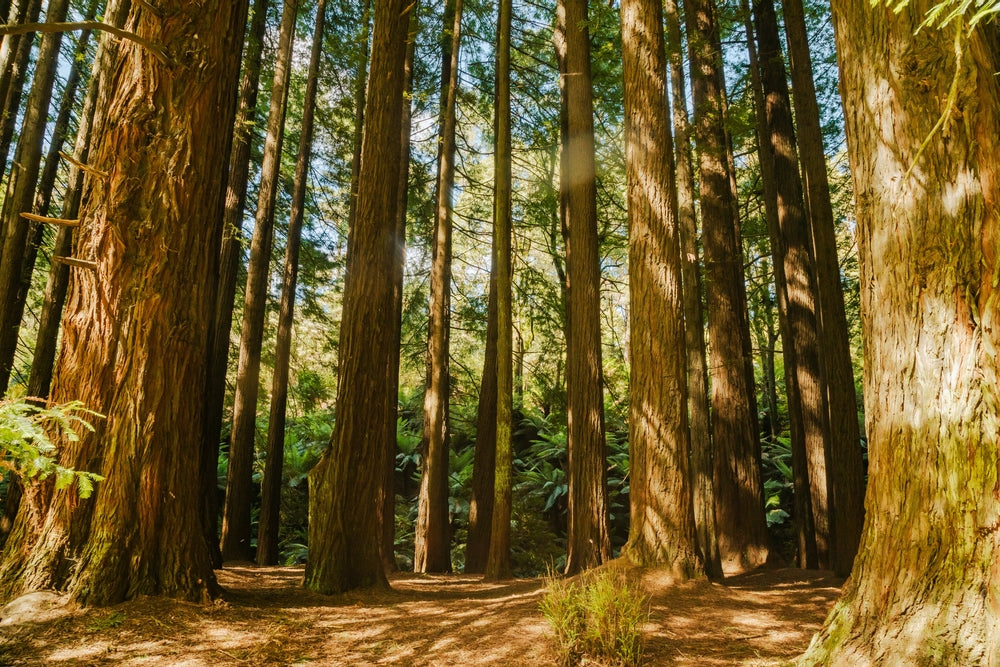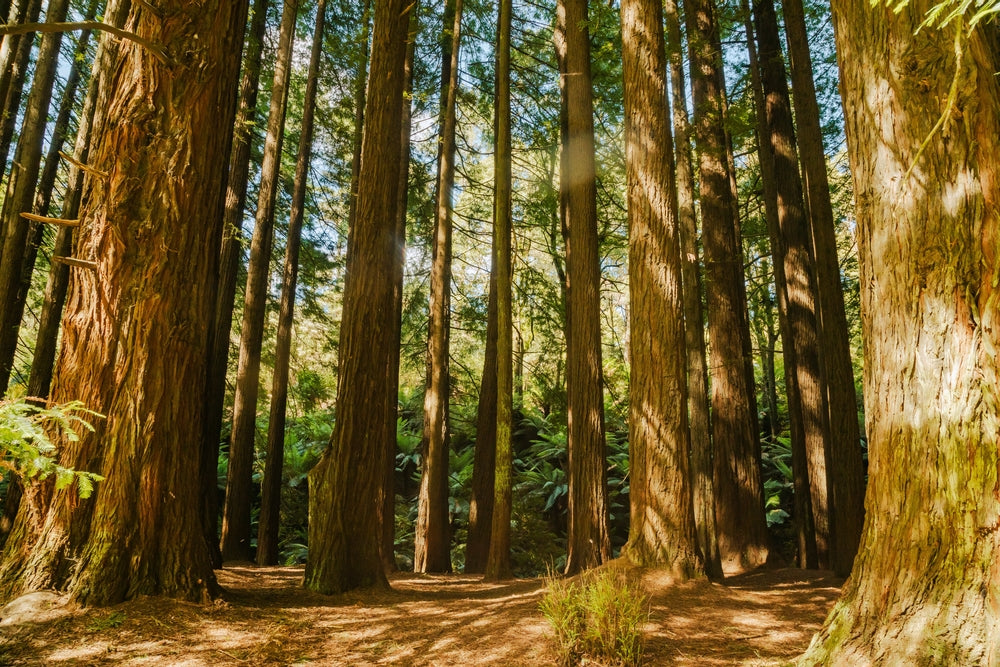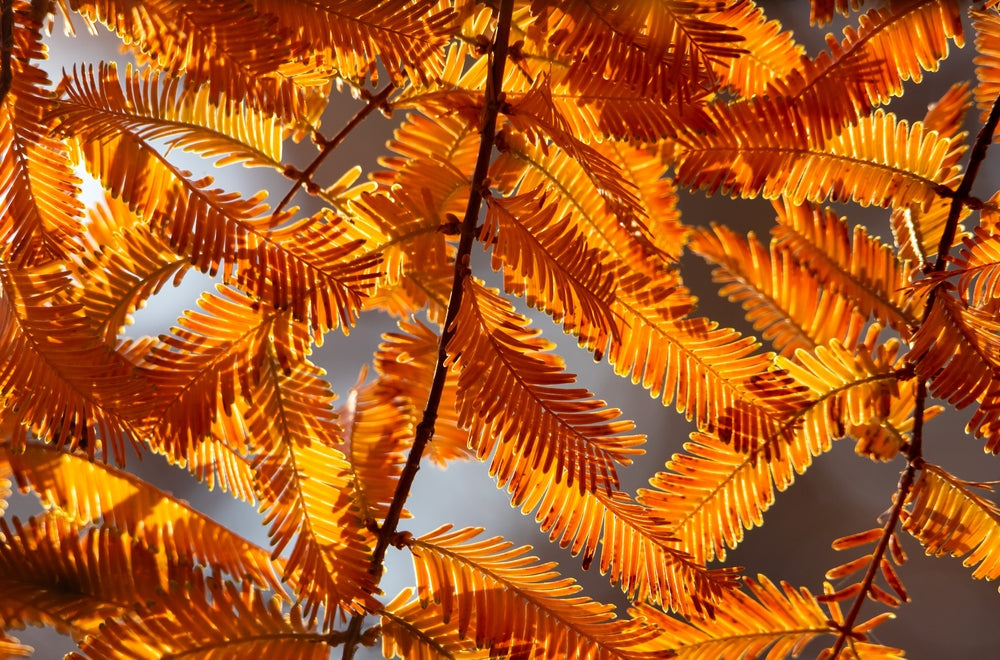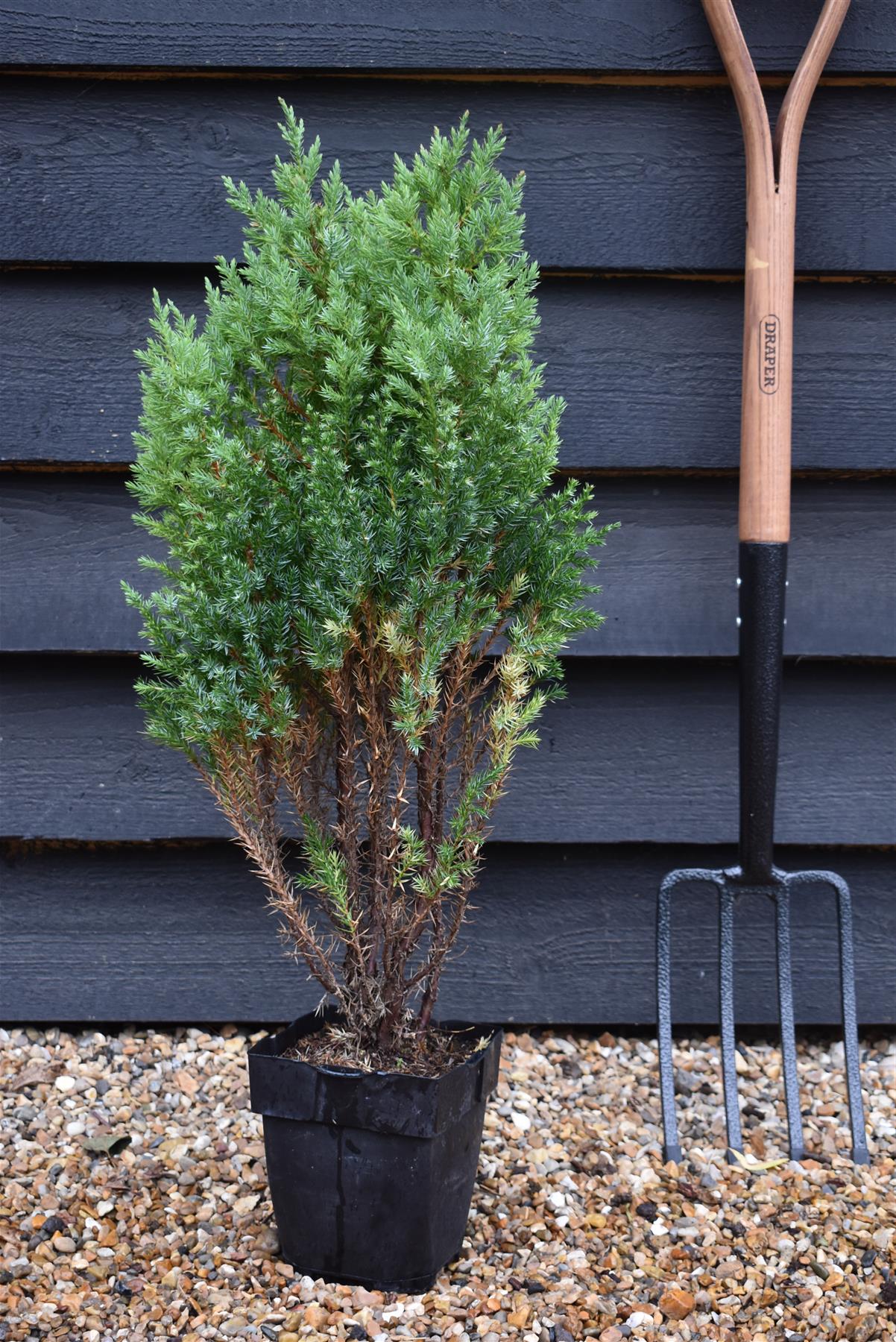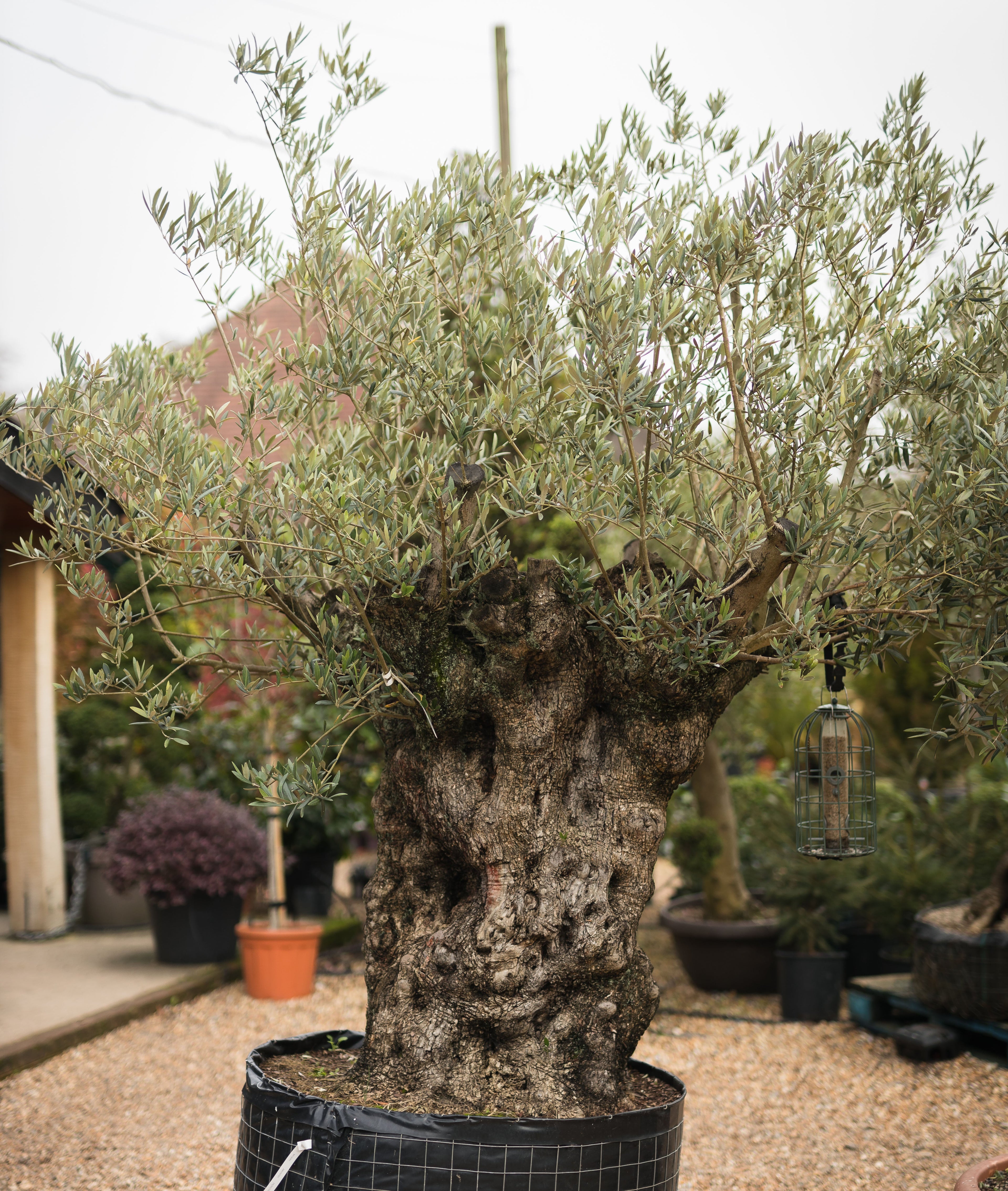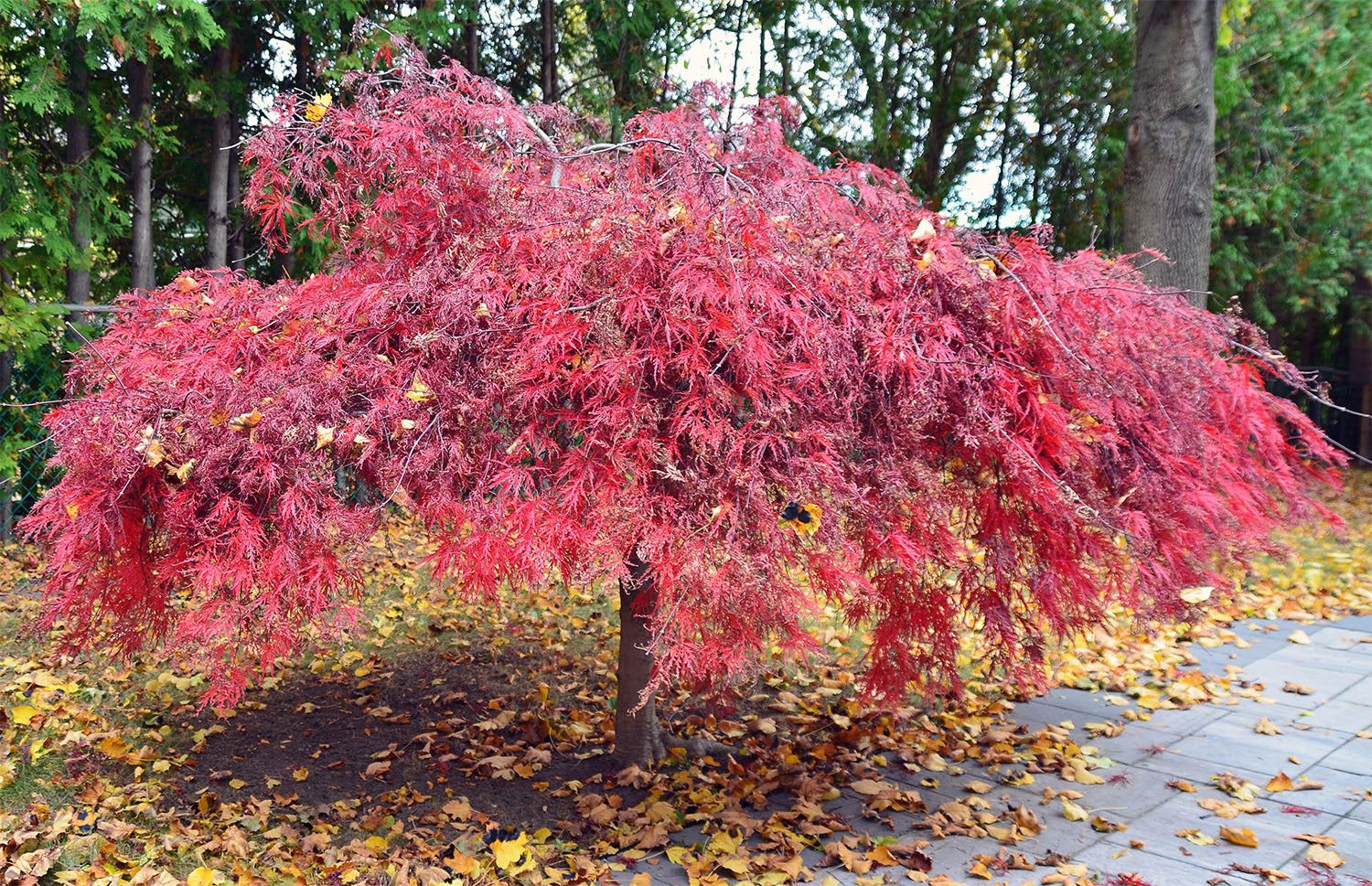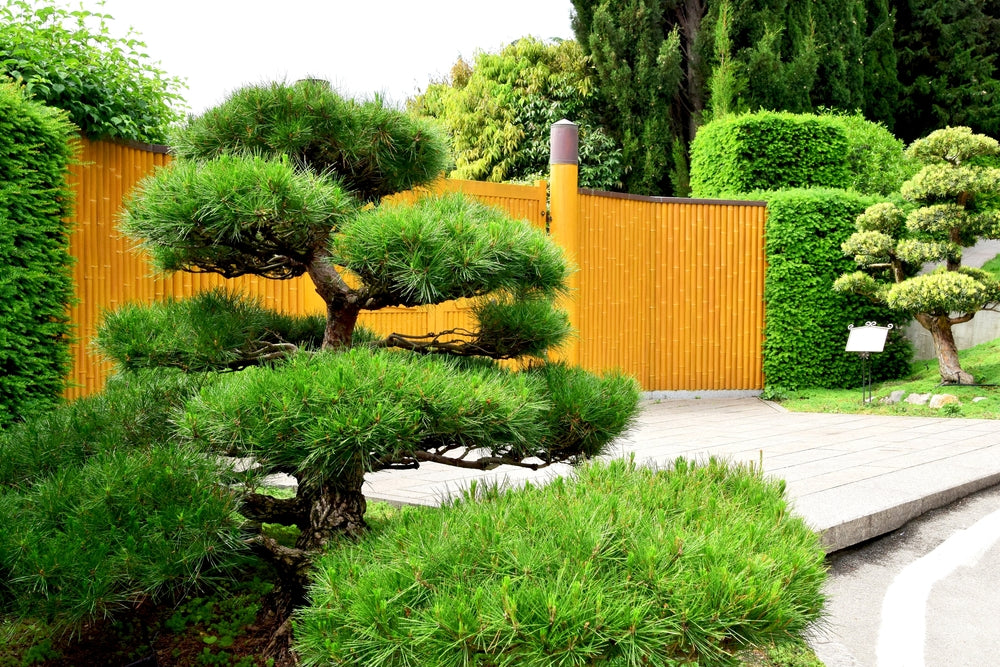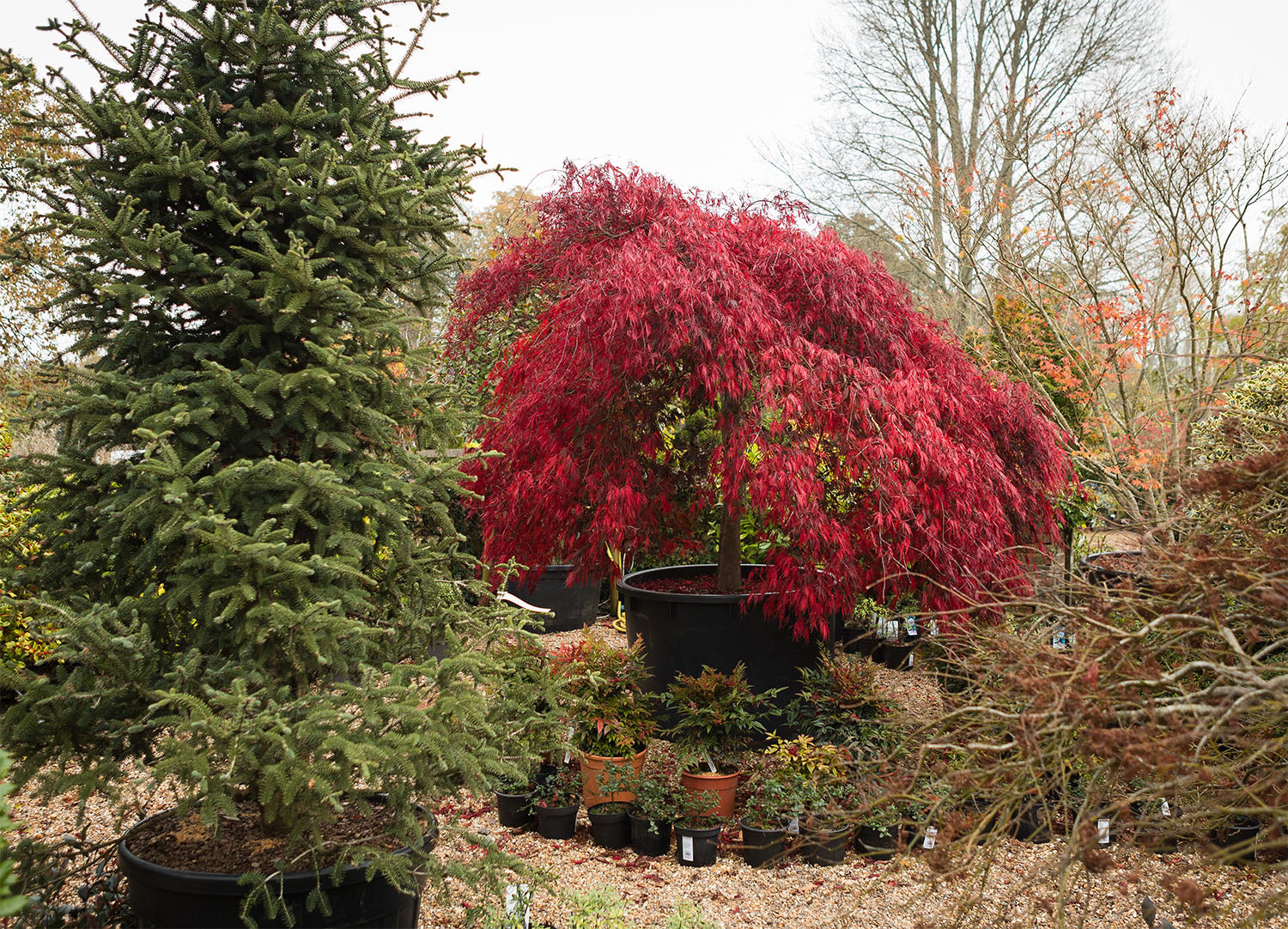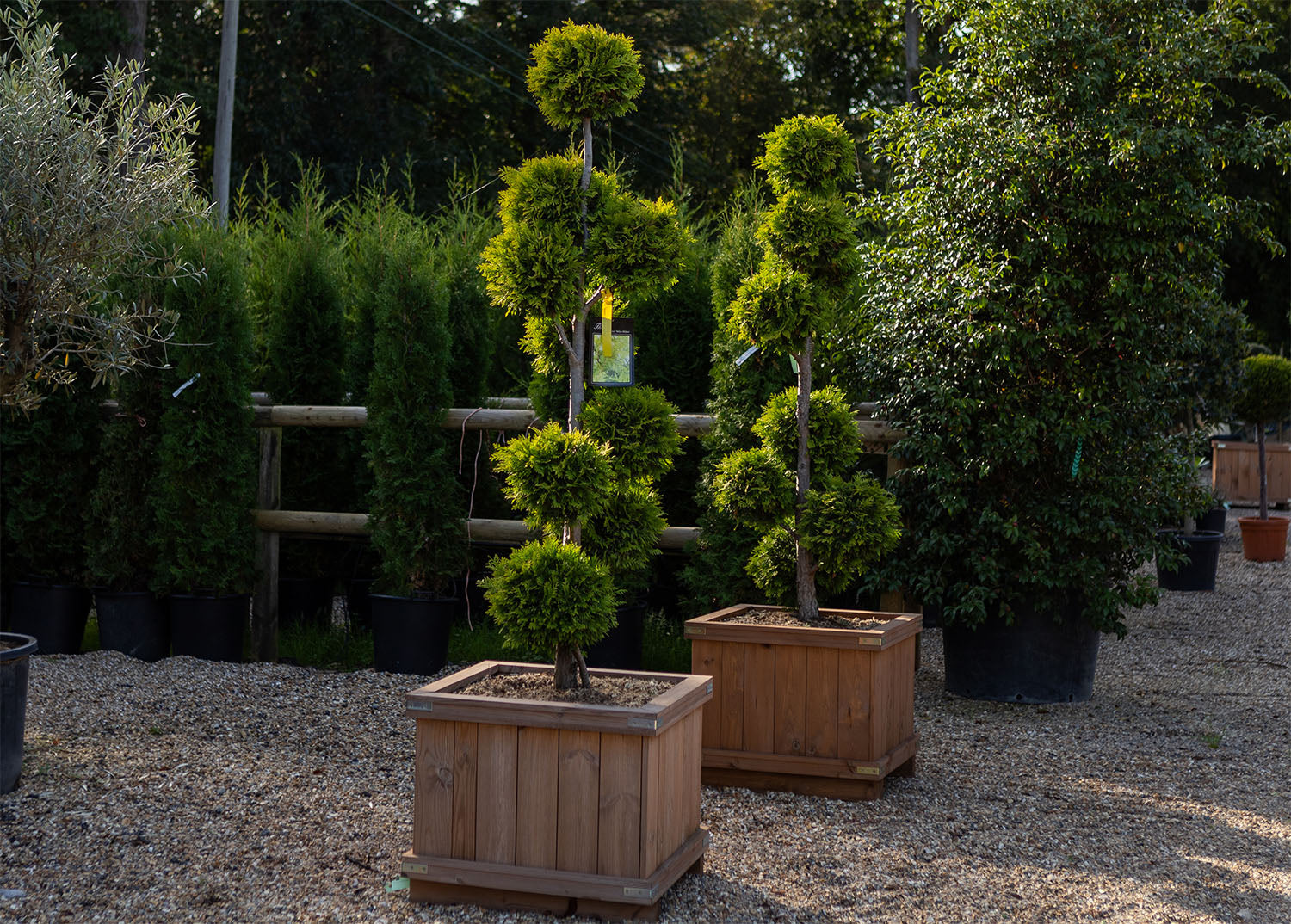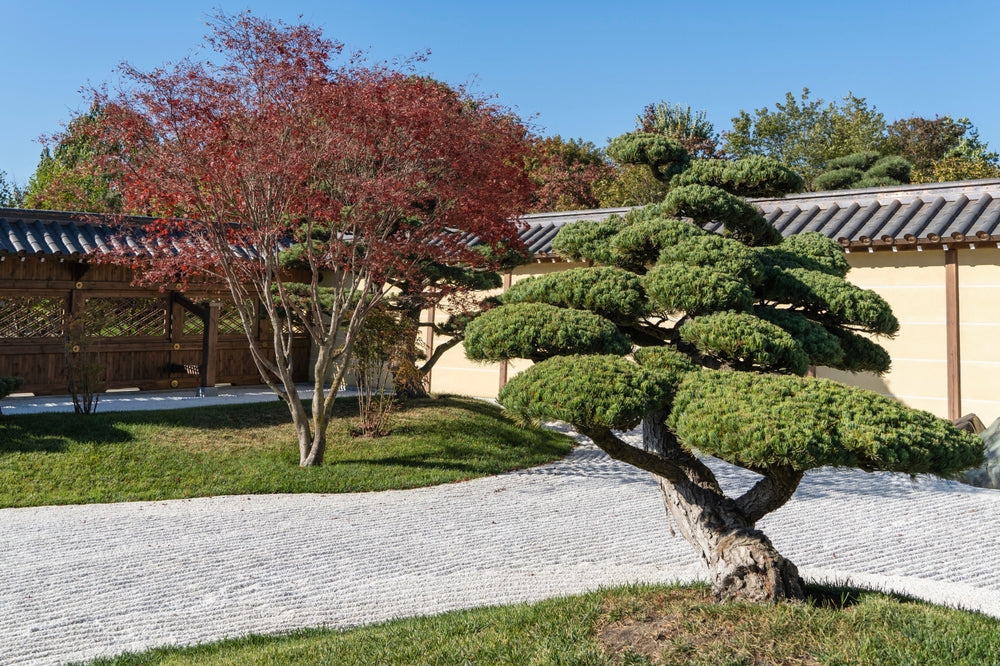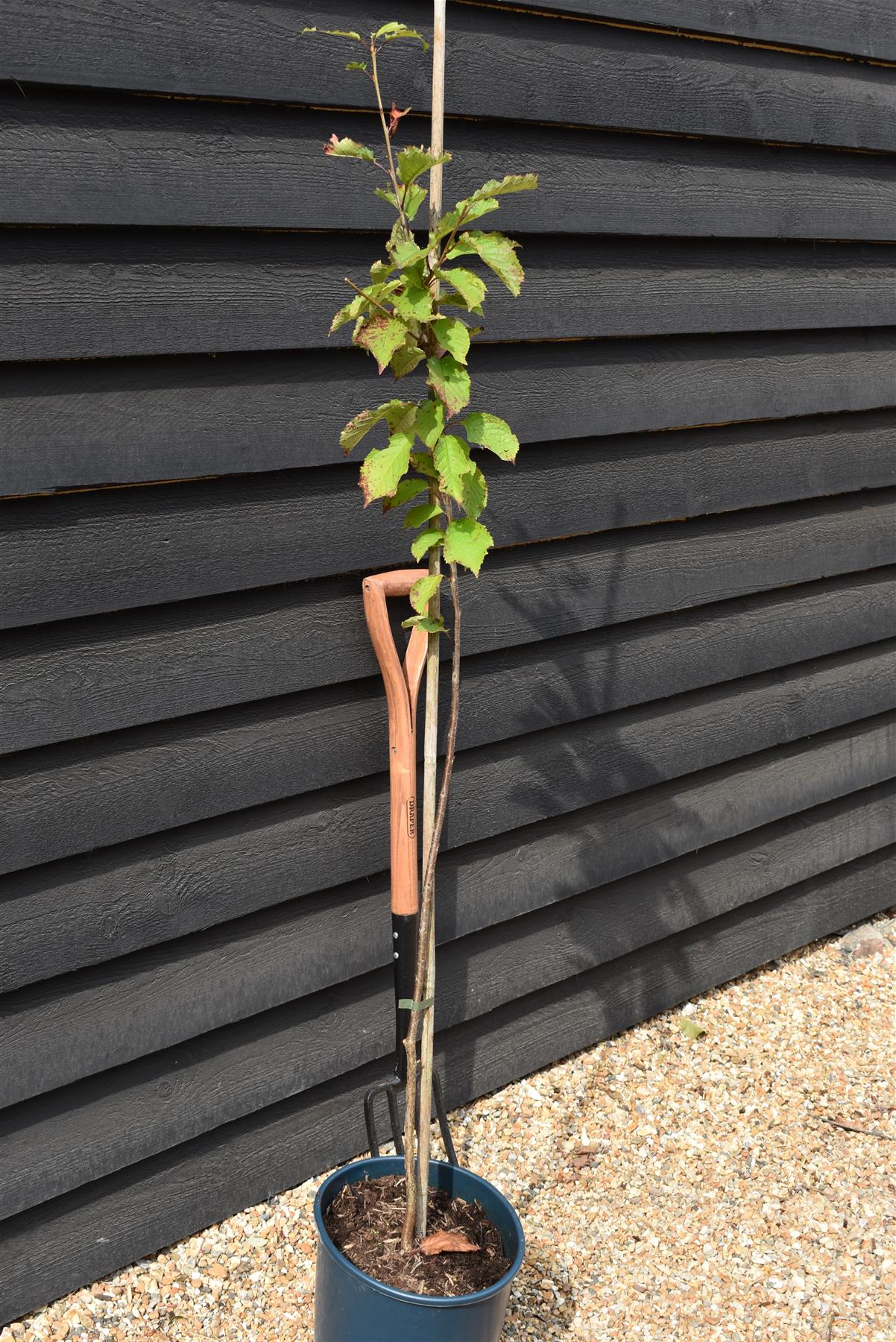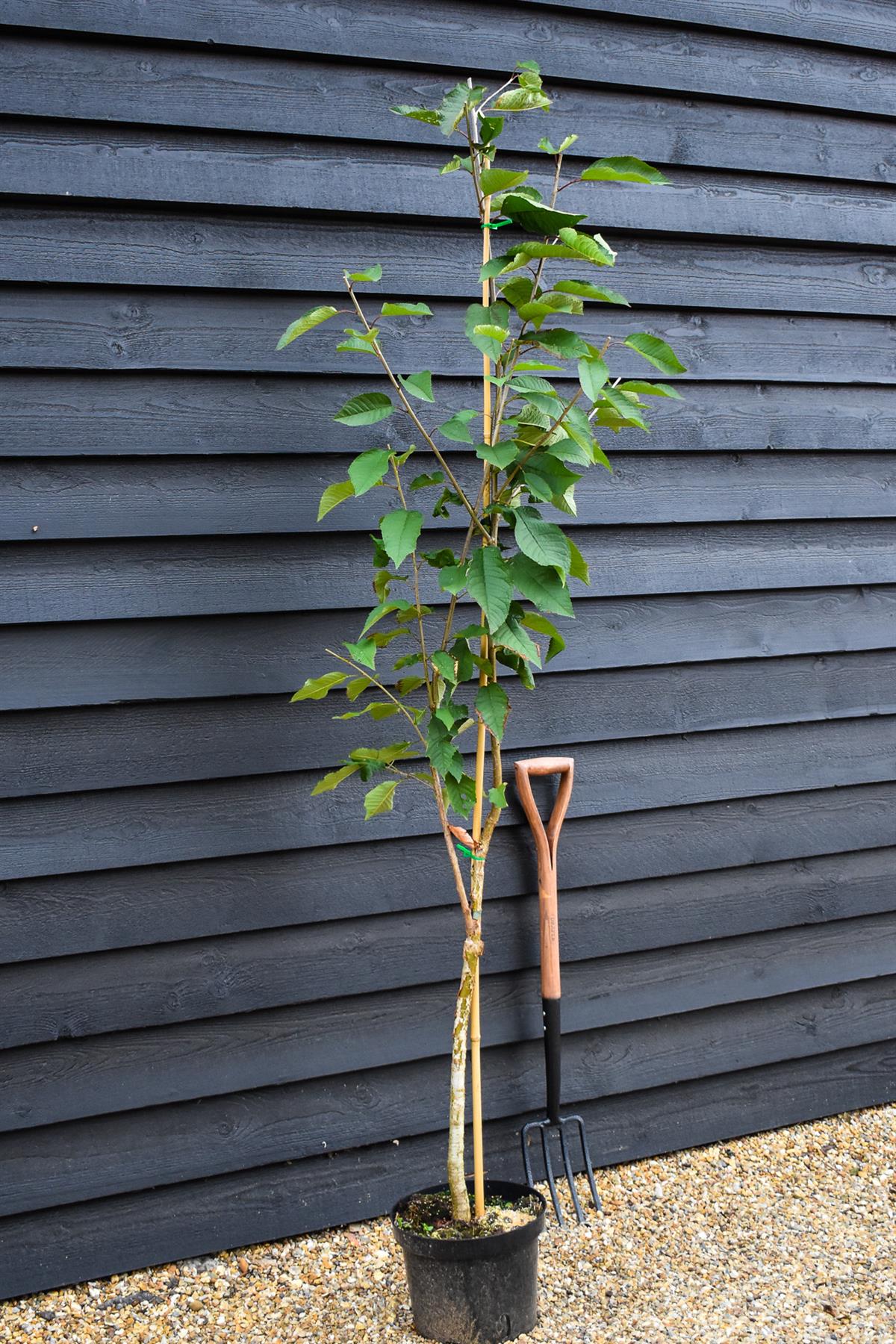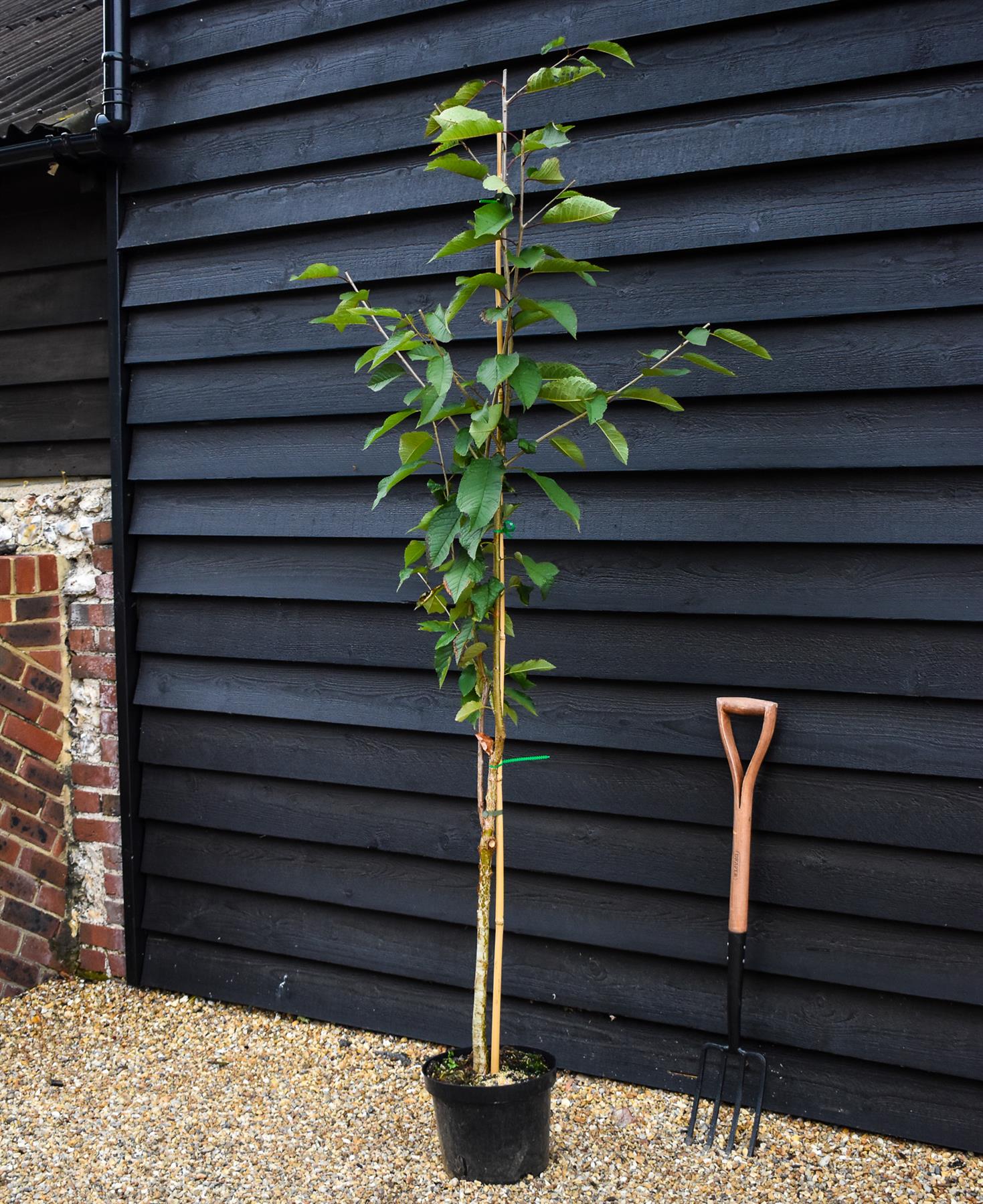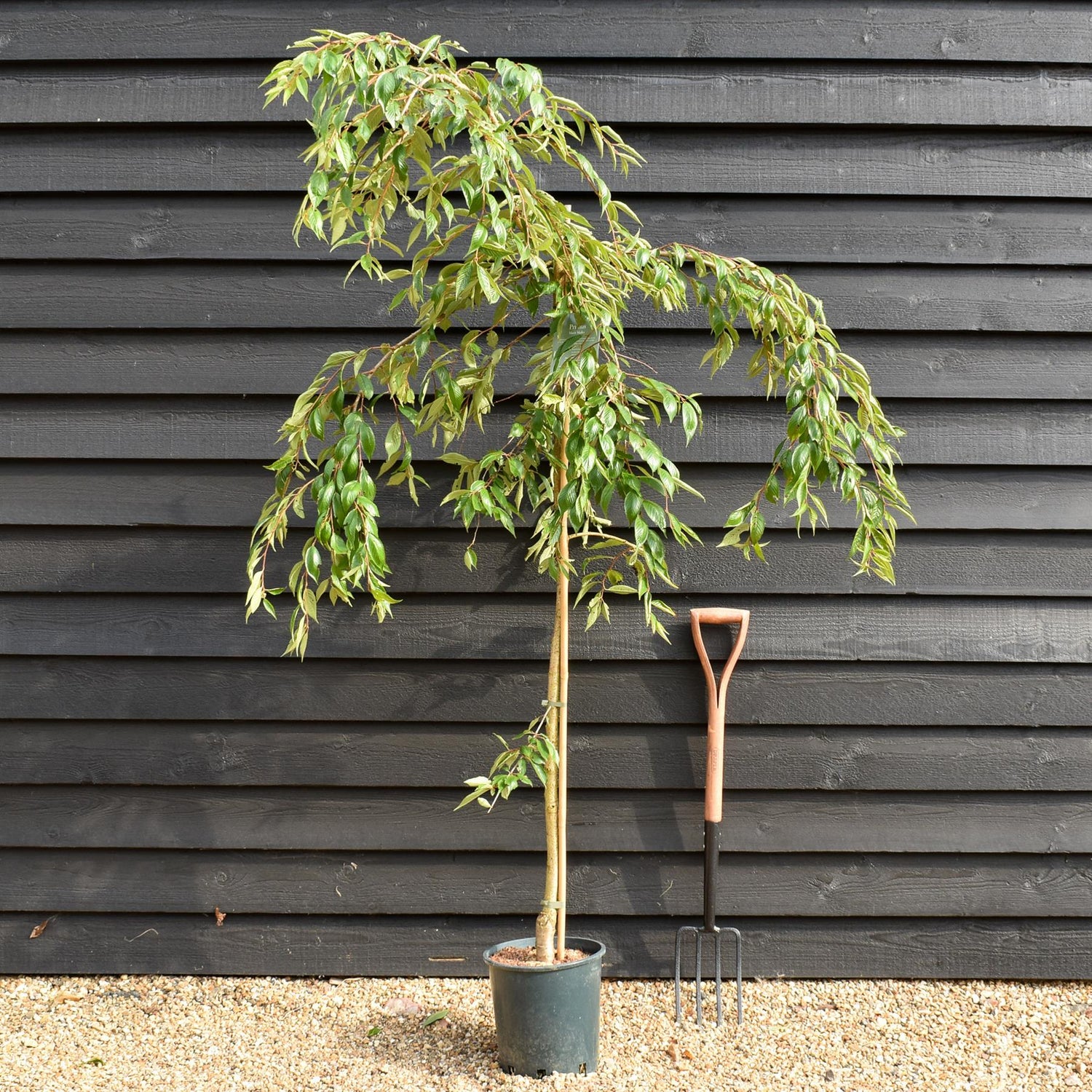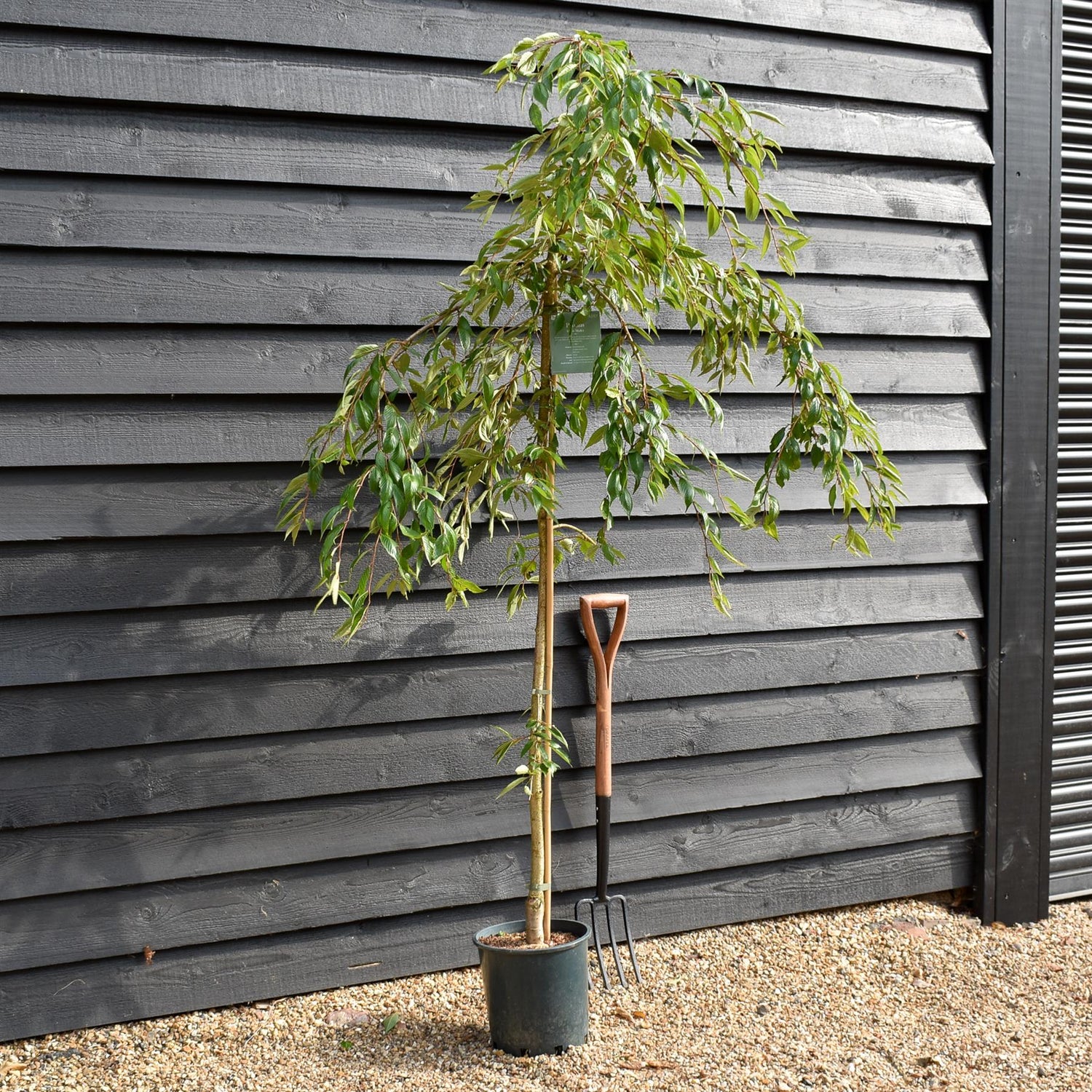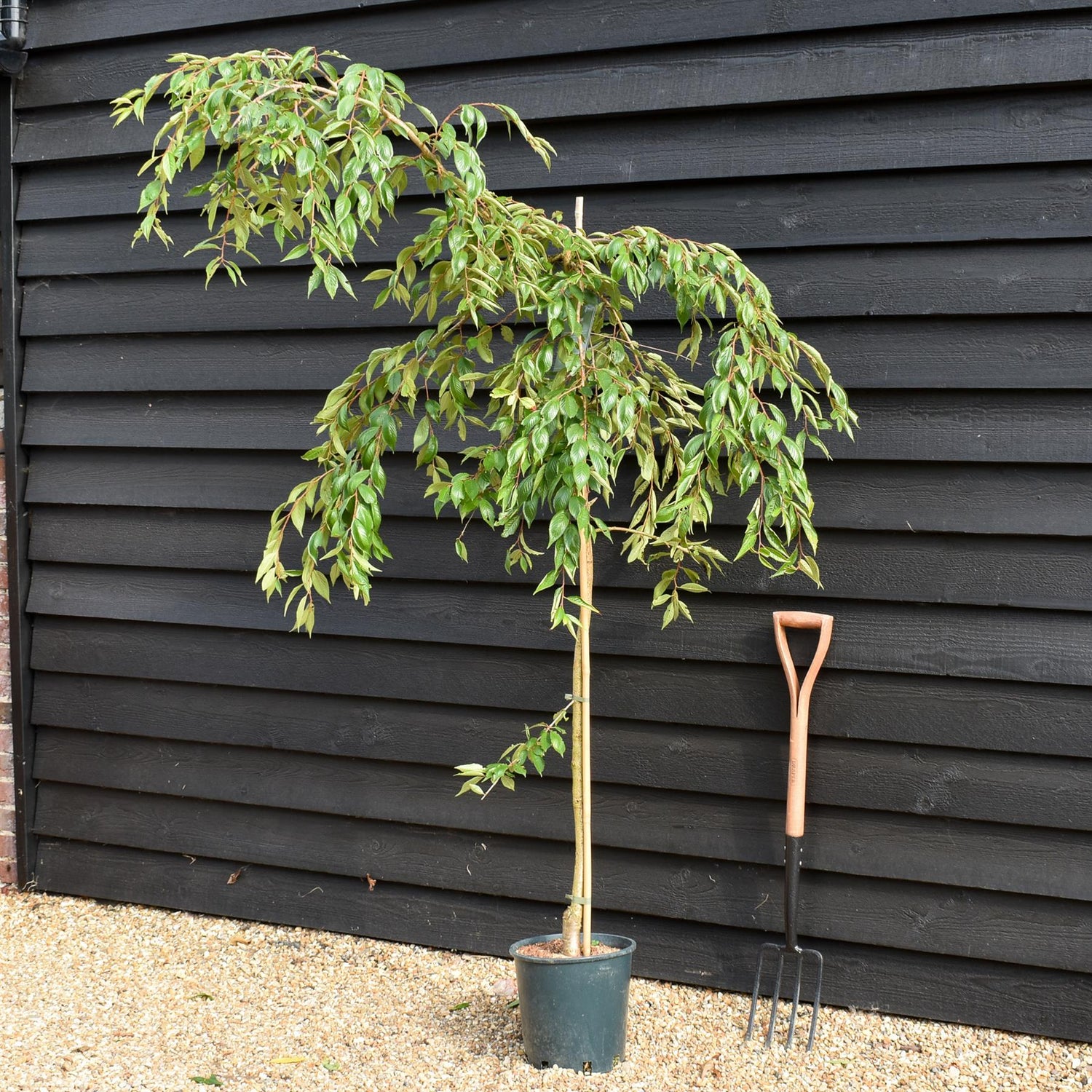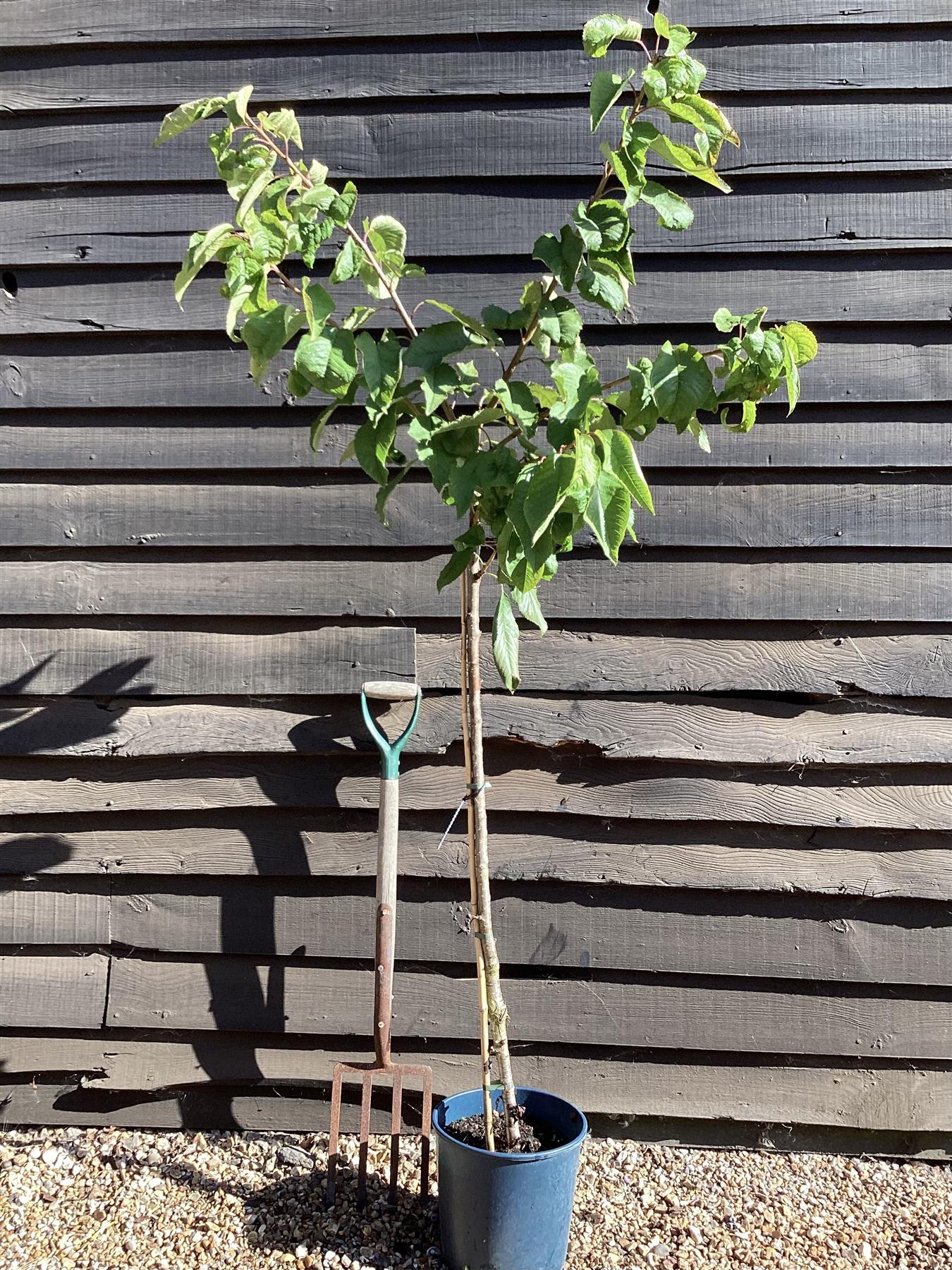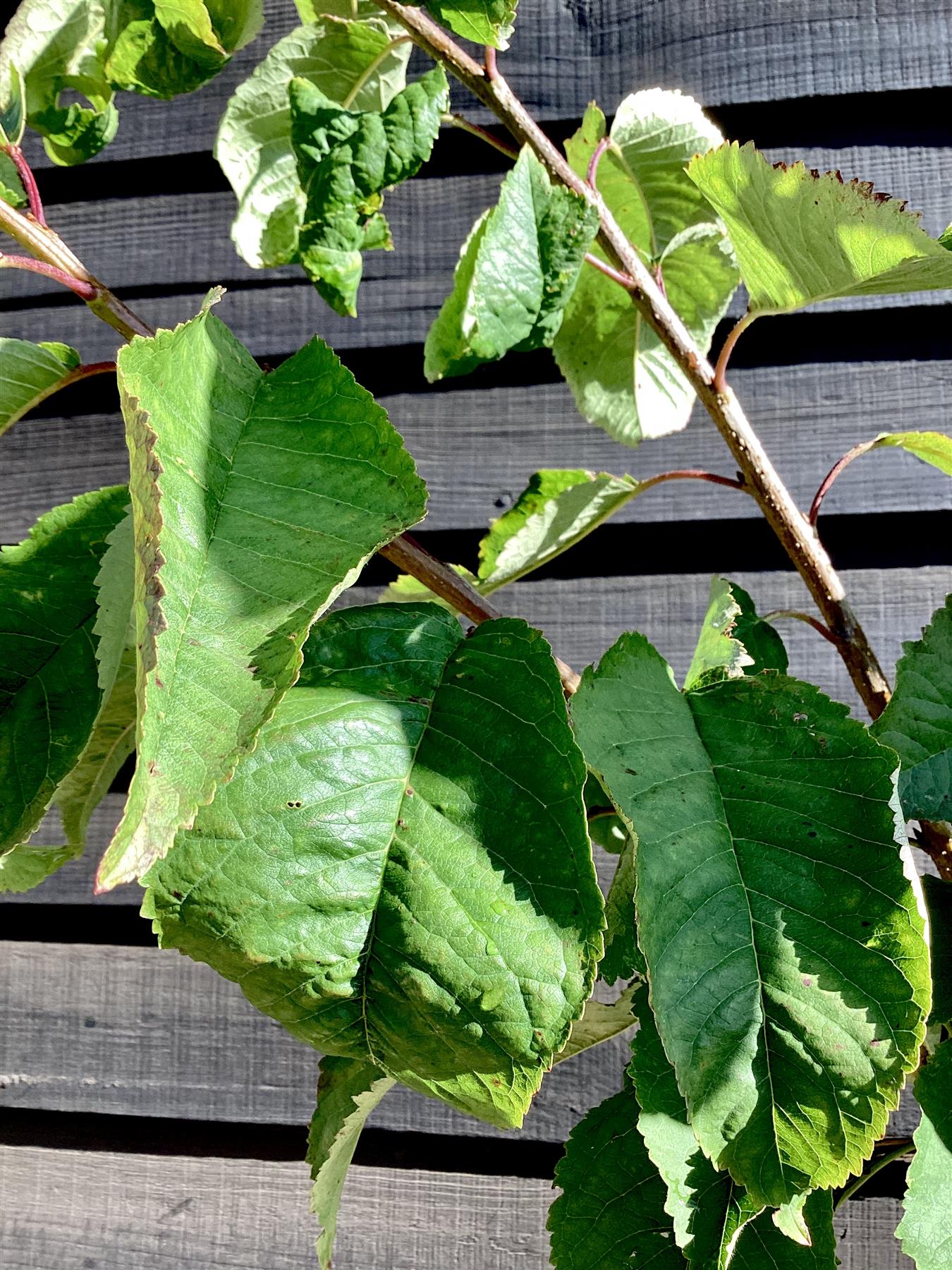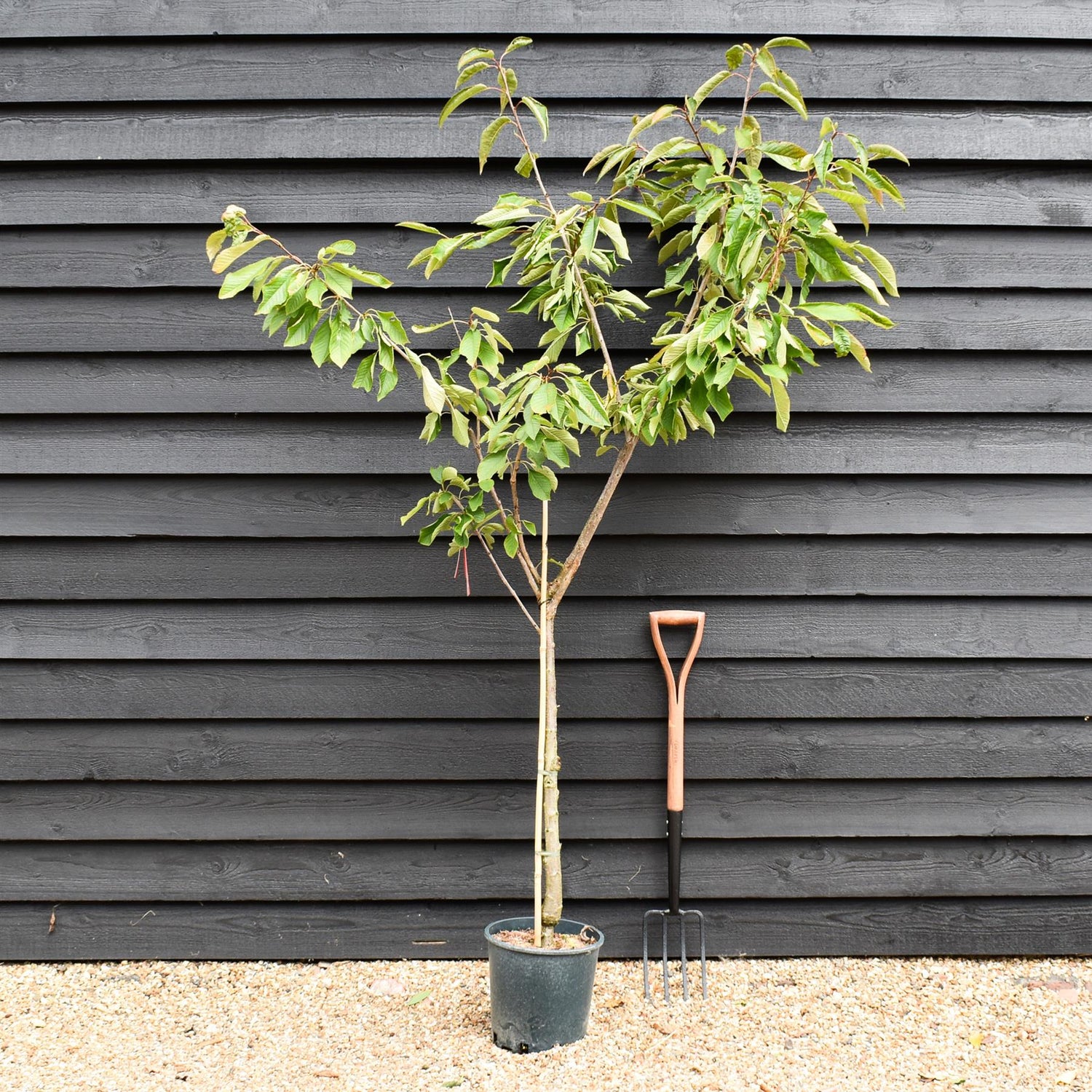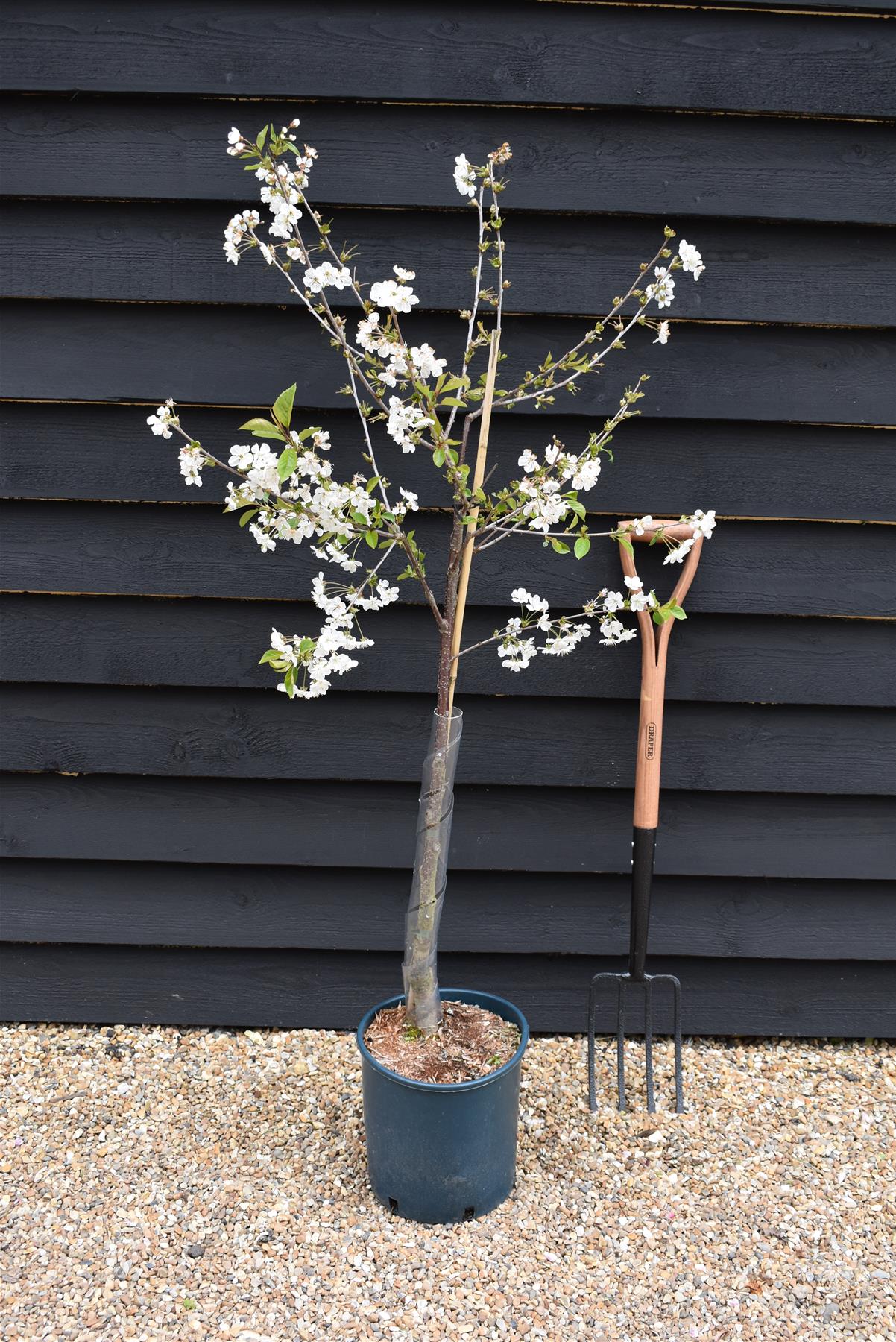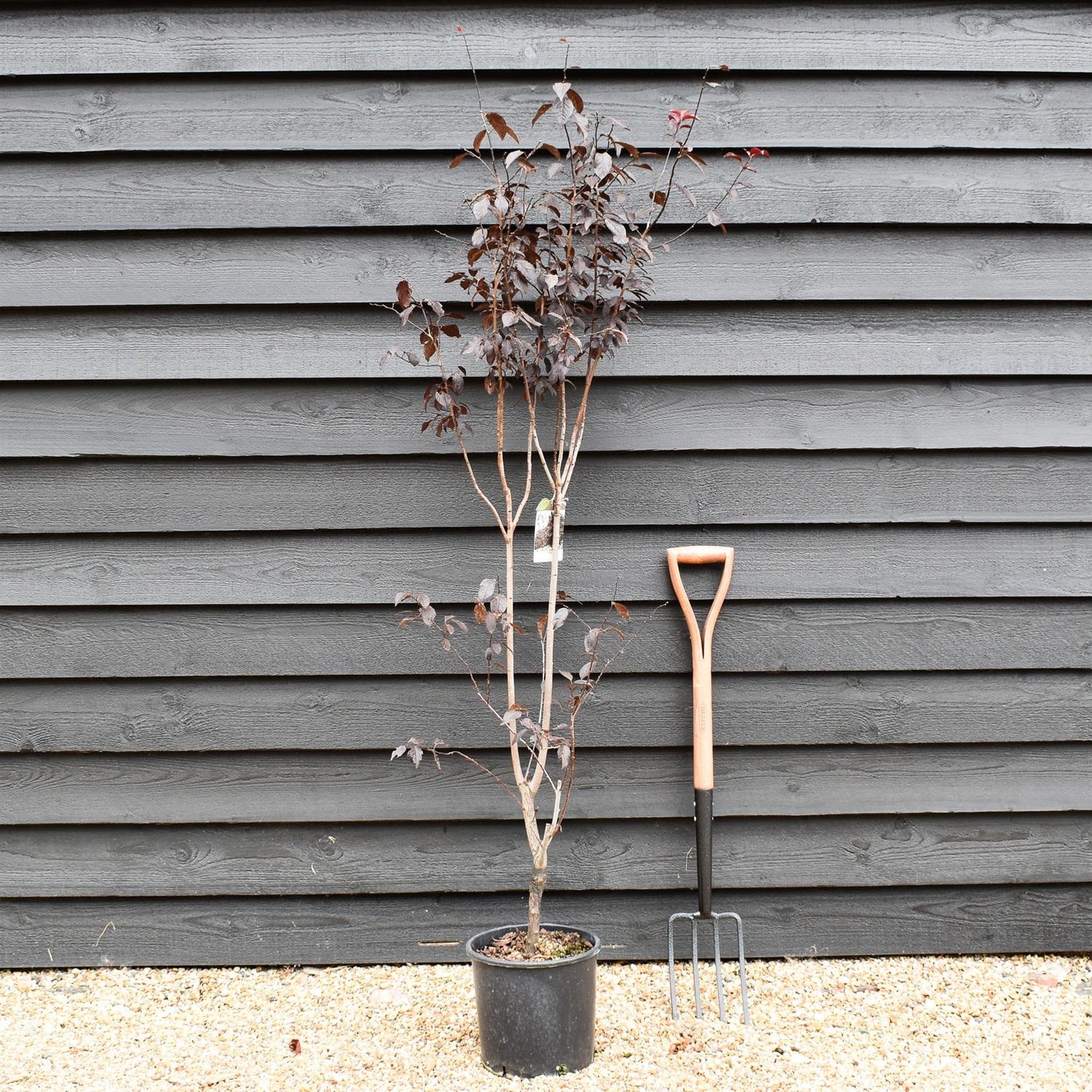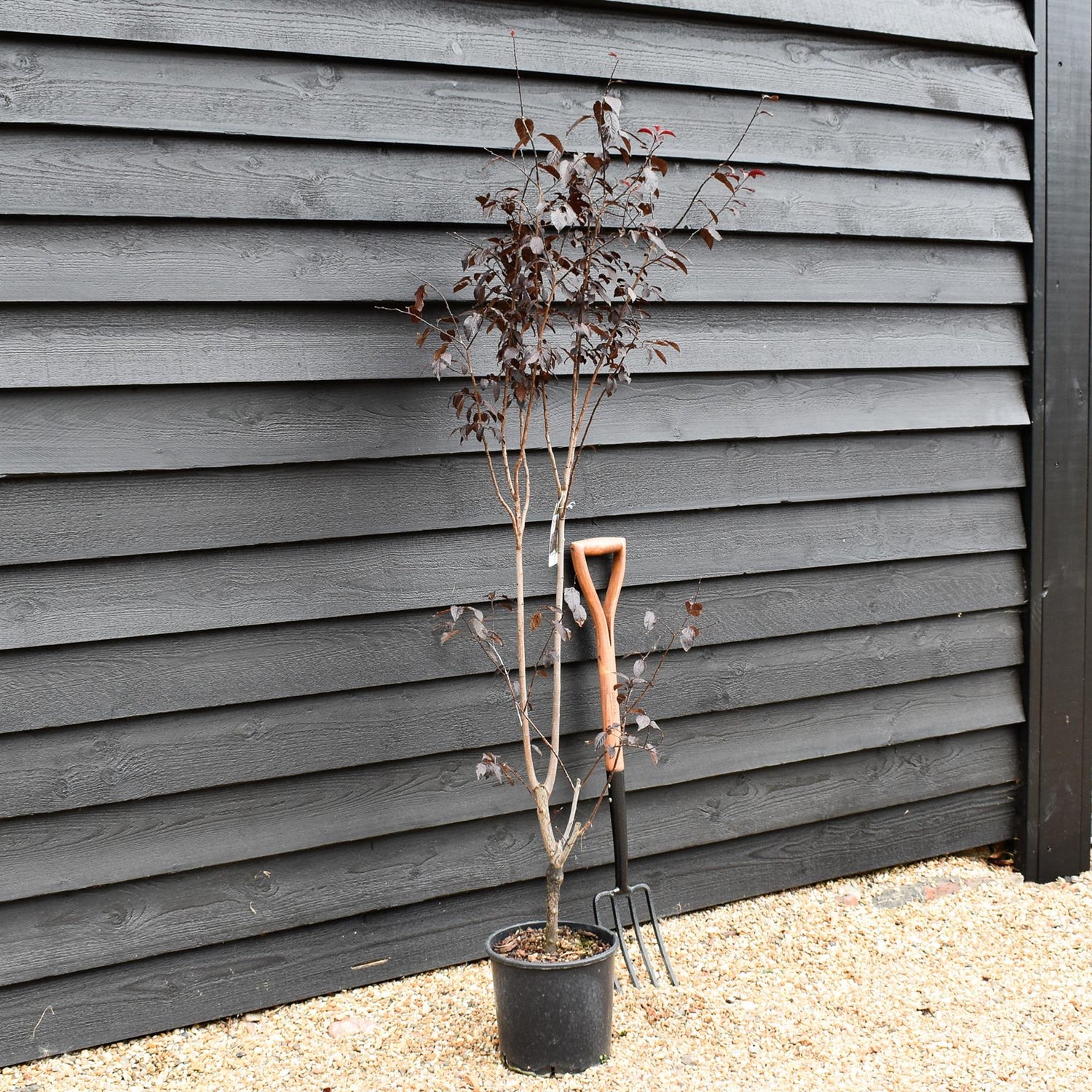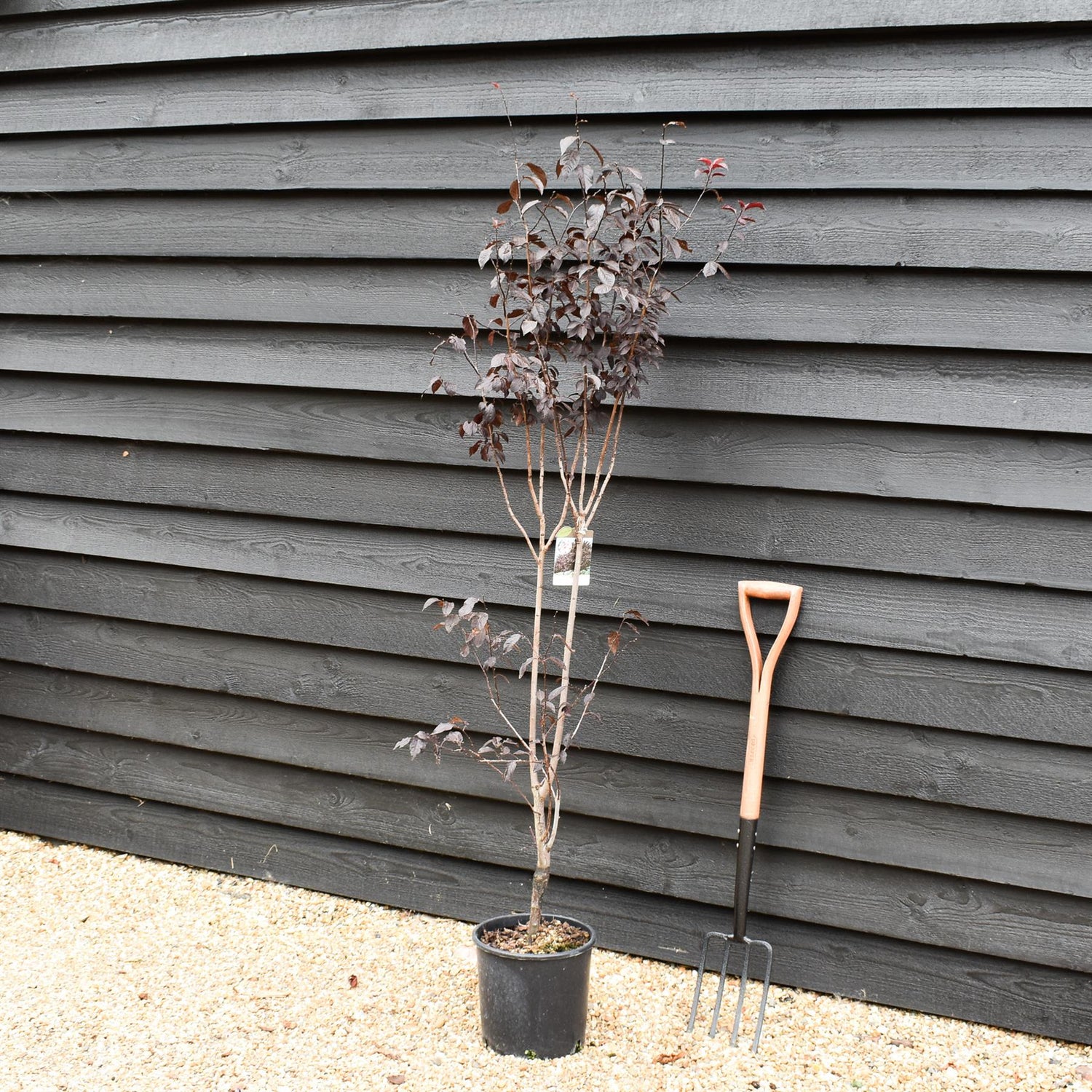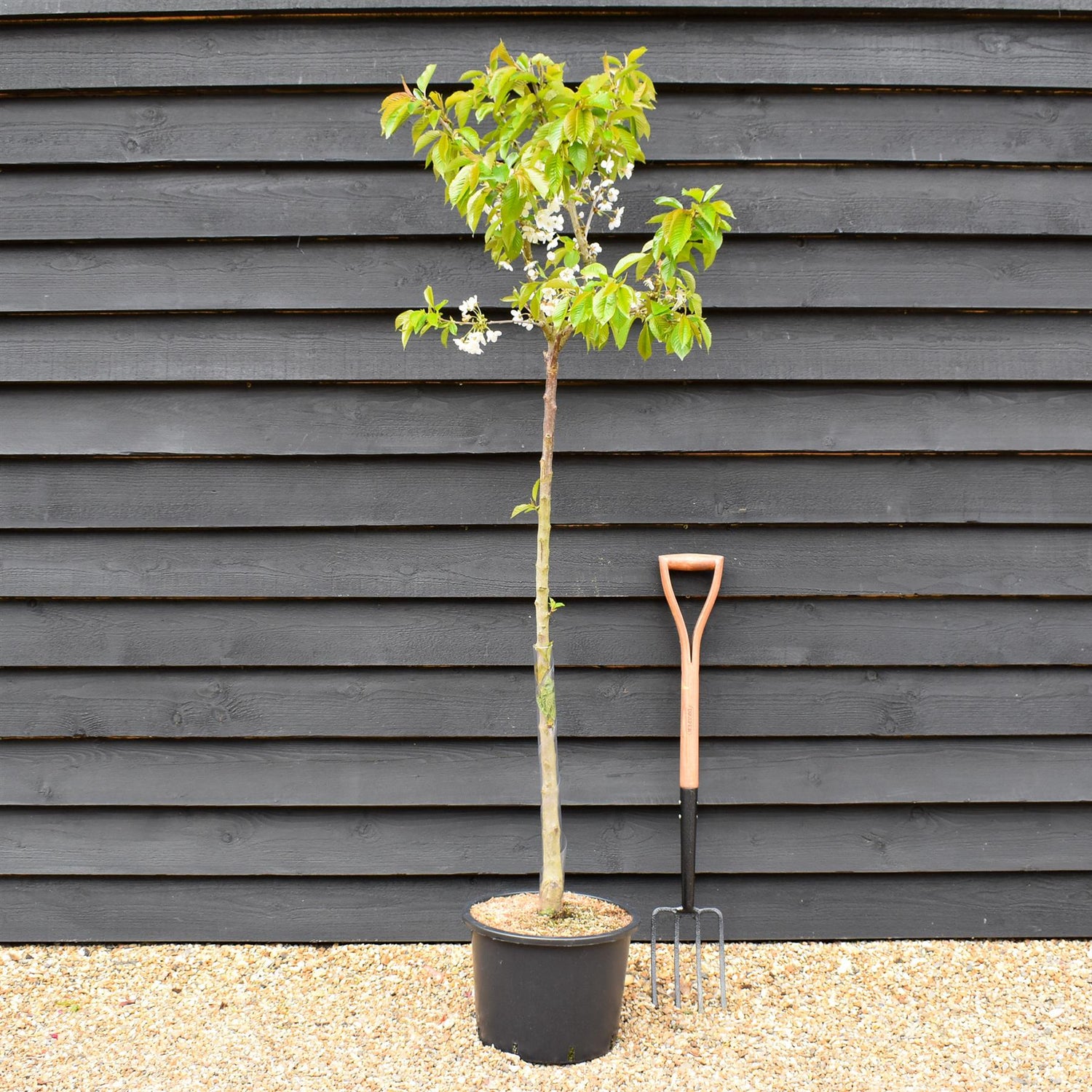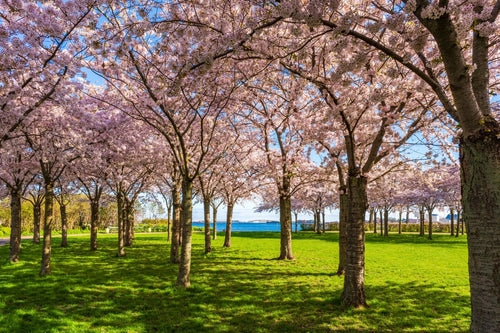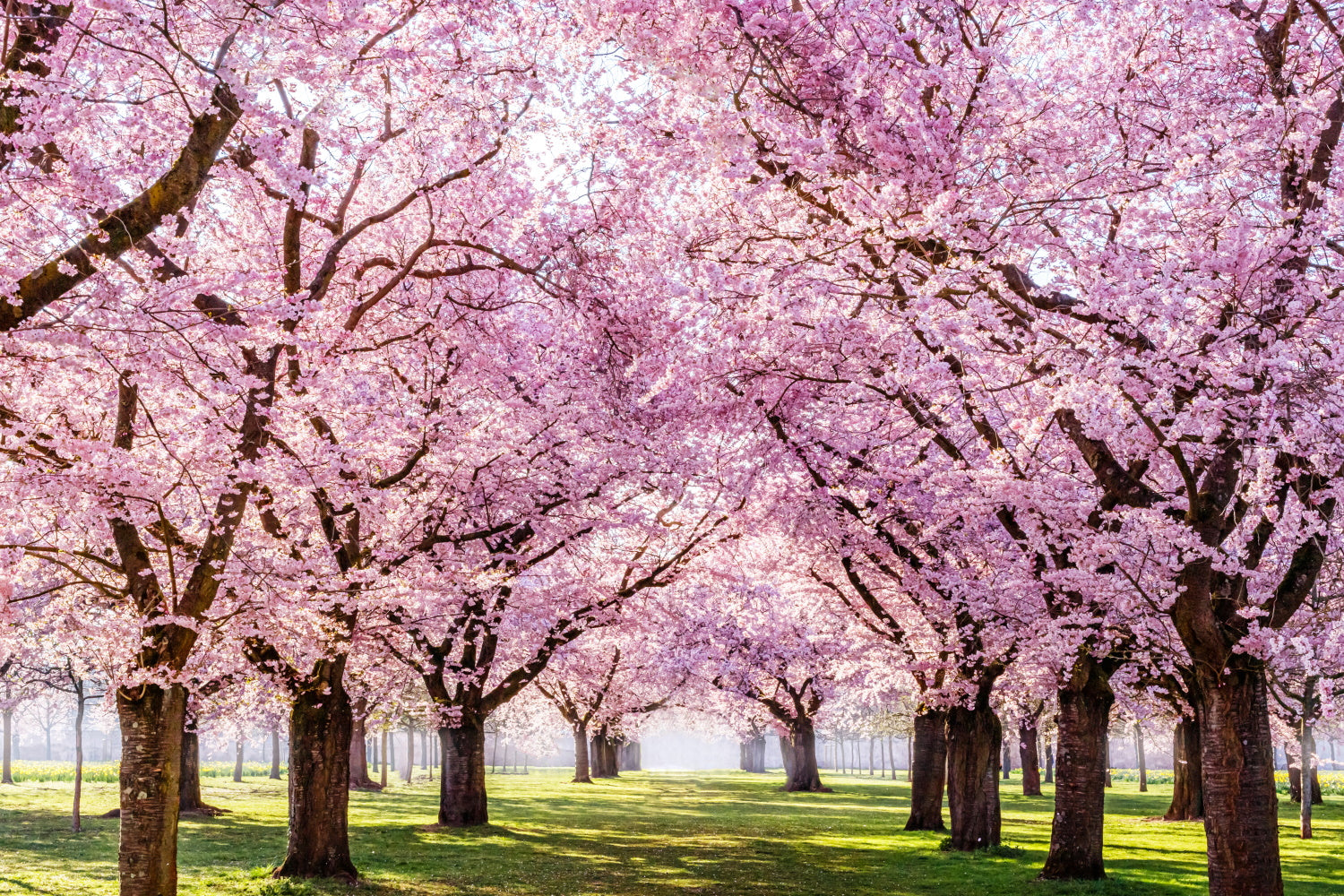22 products
22 products
Sort by:
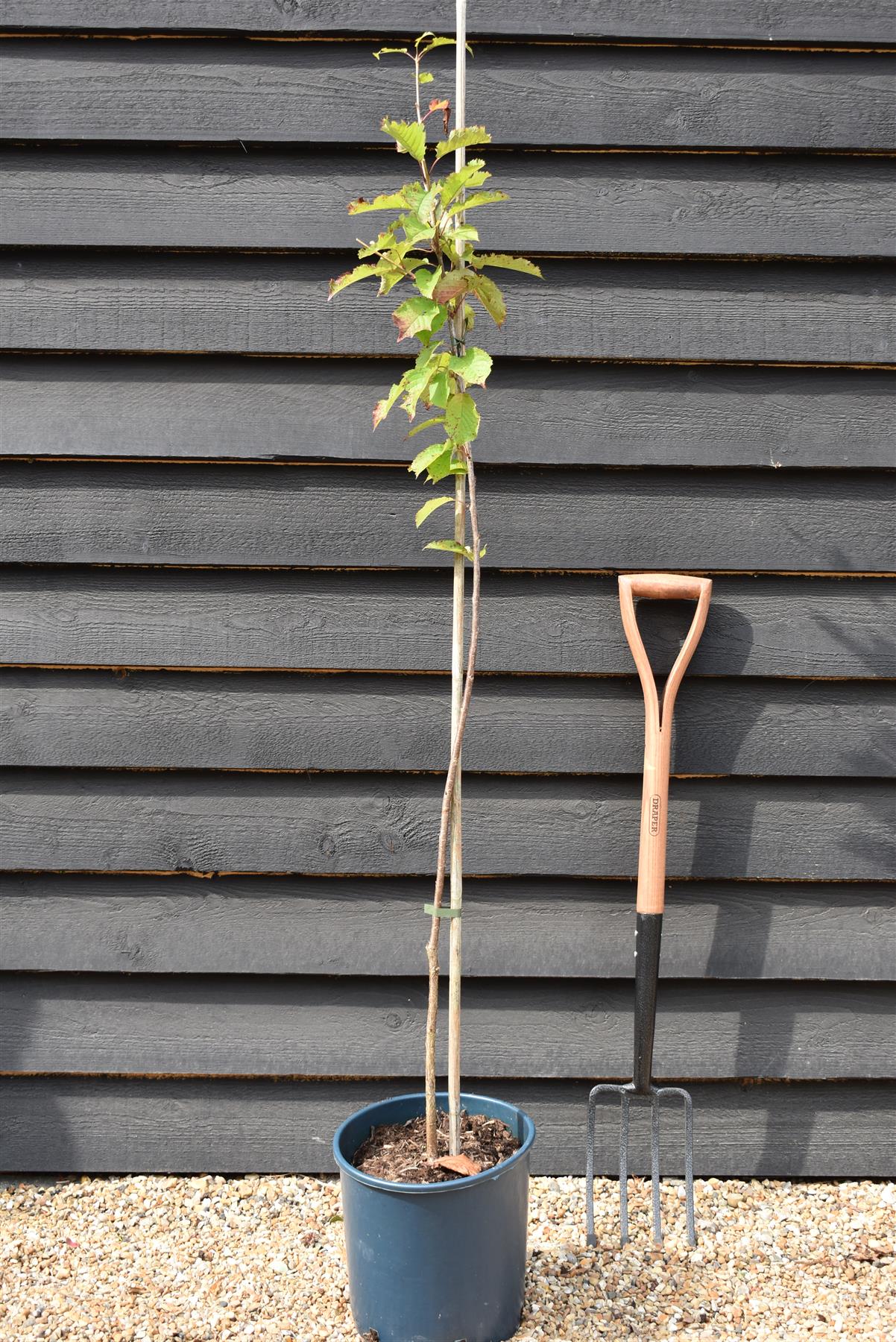
Wild Cherry | Prunus avium - 2-3 years old - Height 120-150cm - 10lt
£48.00
Unit price perWild Cherry | Prunus avium - 2-3 years old - Height 120-150cm - 10lt
£48.00
Unit price per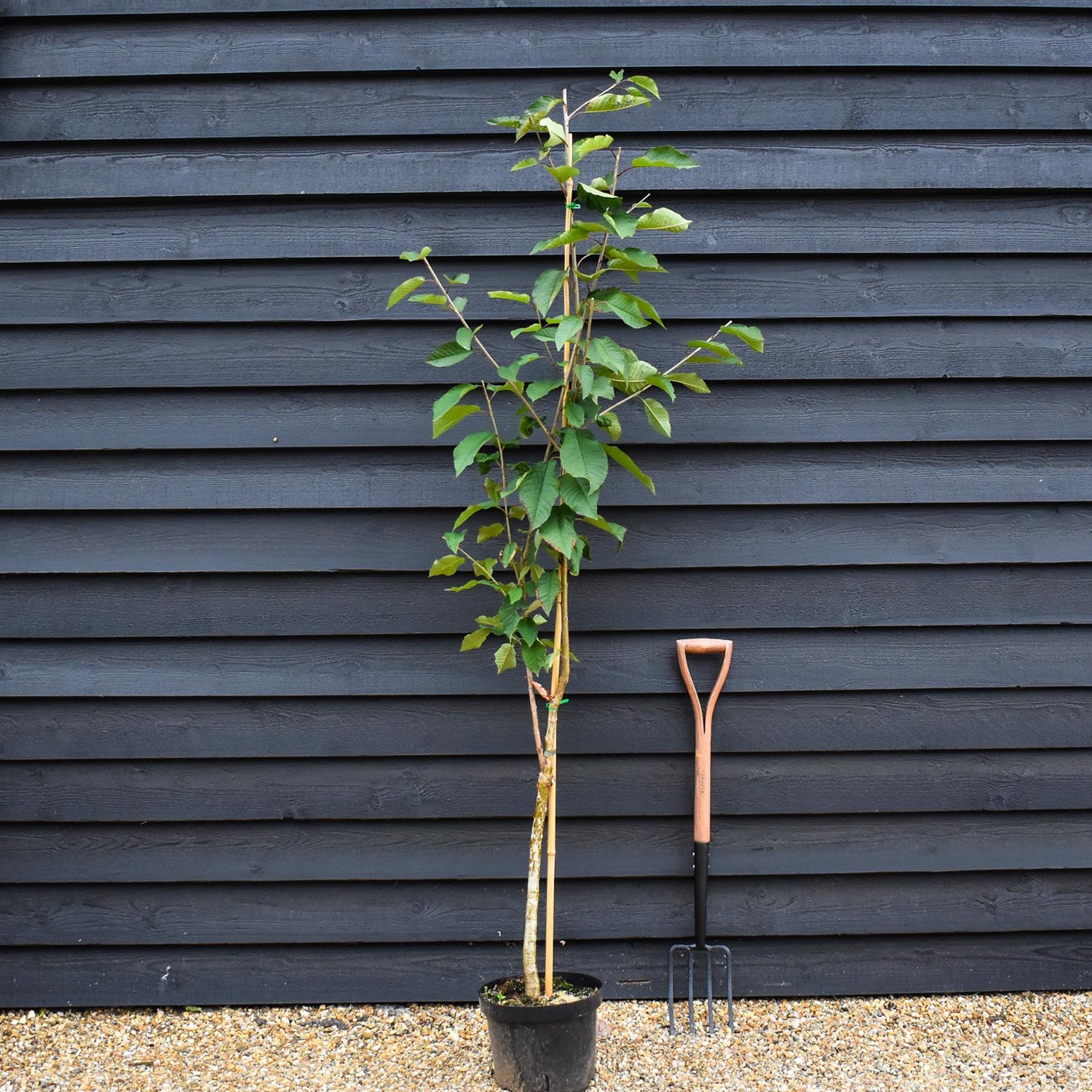
Wild cherry | Prunus avium 3-4yr - Height 160-180cm - 10lt
£68.00
Unit price perWild cherry | Prunus avium 3-4yr - Height 160-180cm - 10lt
£68.00
Unit price perCherry tree 'Lapins' | Prunus avium 'Cherokee' - 100-120cm - 10lt
£72.00
Unit price perCherry tree 'Lapins' | Prunus avium 'Cherokee' - 100-120cm - 10lt
£72.00
Unit price perPrunus avium 'Cherokee' is a popular cultivar of sweet cherry trees known for its large, dark red fruit and its hardiness. This deciduous tree typically reaches a height of 15-25 feet and a spread of 10-15 feet, with a rounded crown of dark green leaves that turn yellow in the fall. The fruit produced by 'Cherokee' cherry trees is sweet and juicy, with a firm texture that makes it ideal for eating fresh, baking, or preserving.
'Cherokee' cherry trees are self-fertile, meaning they can produce fruit without the need for a second tree for cross-pollination. They are also adaptable to a variety of soil types, including sandy, loamy, and clay soils, as long as they are well-drained. These trees prefer full sun and moderate watering, and can tolerate cold temperatures down to -20 degrees Fahrenheit.
Overall, Prunus avium 'Cherokee' is a beautiful and productive cherry tree that is easy to care for and provides delicious fruit. It is an excellent choice for home orchards, landscape plantings, or commercial production.
Prunus Marie Mallet | Weeping Cherry 'Marie Mallet' - 150-200cm - 10lt
£78.00
Unit price perPrunus Marie Mallet | Weeping Cherry 'Marie Mallet' - 150-200cm - 10lt
£78.00
Unit price perPrunus ‘Marie Mallet’ is an ornamental, upright, deciduous tree with elegant weeping branches, and toothed, dark green leaves which turn red and orange in autumn. Beautiful, pink-flushed, white flowers bloom in early spring on bare branches, before the leaves emerge. Prunus ‘Marie Mallet’ thrives in moderately fertile, moist, well-drained soil, in full sun, but is adaptable to a wide range of soils, except very wet or chalky. Once established, it is resistant to heat, drought, and humidity. It needs to be sheltered from harsh winds. Since it is an early bloomer, late frosts may damage the flower buds. Low maintenance plant, doesn’t need much pruning. Easy to grow. As an exceptionally lovely, small, flowering cherry tree of weeping habit, with beautiful flowers and great autumn colours, Prunus ‘Marie Mallet’ is perfect for small informal, cottage, and urban gardens. Great for beds and borders. Suitable for growing in containers.
Prunus Avium Plena | Wild Cherry Tree, Height 190-210cm - 10lt
£79.00
Unit price perPrunus Avium Plena | Wild Cherry Tree, Height 190-210cm - 10lt
£79.00
Unit price perCherry 'Stella' half-standard | Prunus avium - Height 160-180cm - 12lt
£80.00
Unit price perCherry 'Stella' half-standard | Prunus avium - Height 160-180cm - 12lt
£80.00
Unit price perThe 'Stella' cherry is a highly popular, self-fertile sweet cherry variety, renowned for its adaptability to various soil types and climates, making it a favorable choice for a range of environments. A half-standard 'Stella' denotes a specific tree form, with a clear stem/trunk beneath a bushy, well-branched crown, typically reaching heights of about 10-15 feet.
Originating from Canada, the 'Stella' cherry tree produces luscious, dark-red to almost black, heart-shaped fruits, known for their succulent, sweet, and rich flavor, making them excellent for fresh eating, baking, and preserves. The fruits generally mature around mid-summer, attracting gardeners keen on early harvests.
Apart from its culinary virtues, 'Stella' serves an ornamental purpose, exhibiting beautiful white blossoms in spring that are a feast to the eyes, contributing to the aesthetic value of gardens. This cherry variety is particularly suitable for smaller gardens or limited spaces due to its compact growth habit.
Being self-fertile means 'Stella' does not require another tree for pollination, which simplifies orchard management and enhances its appeal for home gardeners. However, planting it with other varieties can potentially improve fruit yield and quality. Care considerations include regular watering, pruning, and monitoring for pests and diseases.
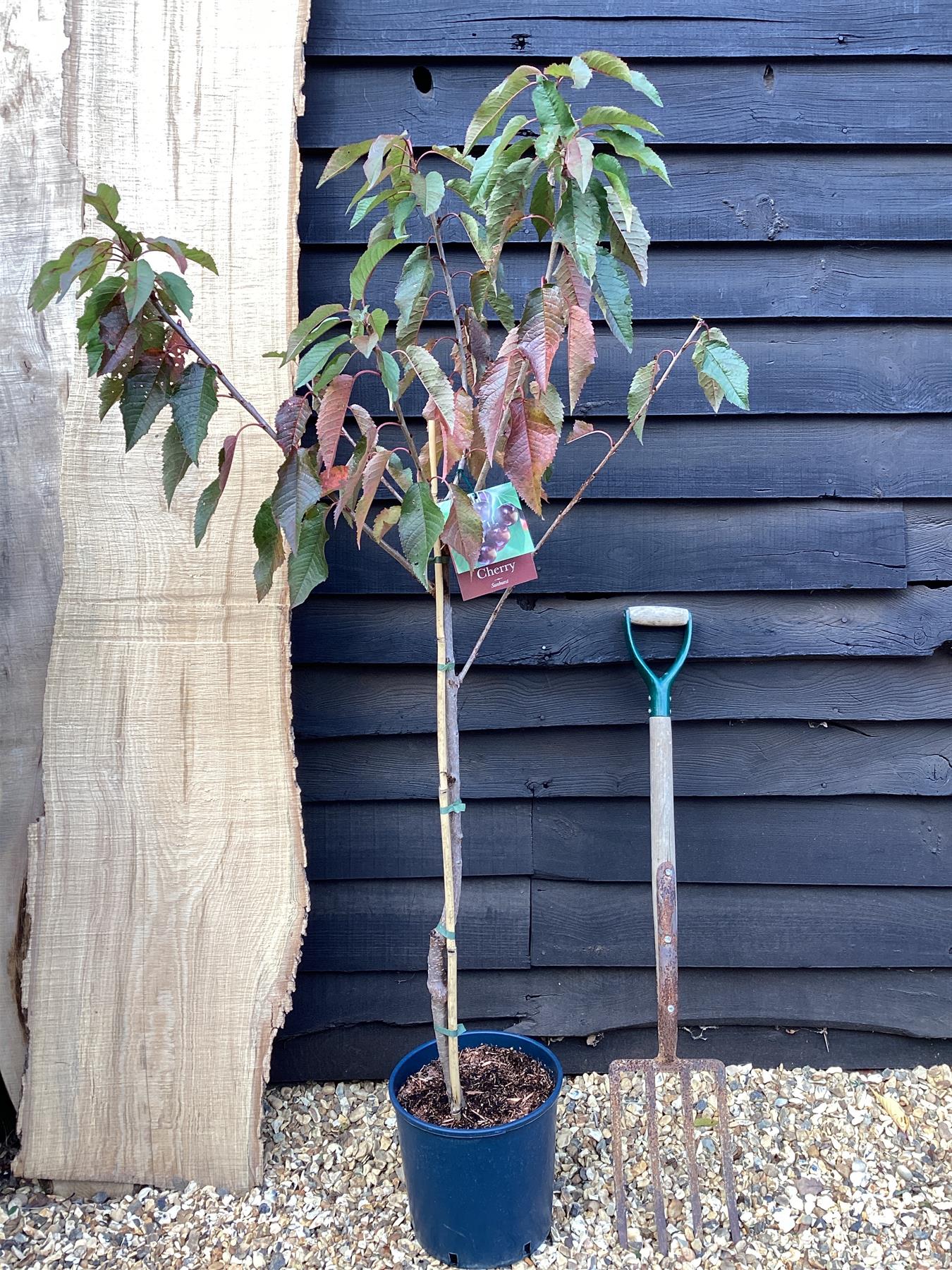
Cherry 'Sunburst' on Colt | Prunus Avium - Semi-Dwarfing - 160-170cm - 12lt
£80.00
Unit price perCherry 'Sunburst' on Colt | Prunus Avium - Semi-Dwarfing - 160-170cm - 12lt
£80.00
Unit price perThe Cherry 'Sunburst' grafted onto Colt rootstock is a distinguished fruit tree, valued for its prolific production of large, sweet, dark-red to near-black cherries, popular in culinary applications for their rich flavor. The 'Sunburst' variety is known for its self-fertility and is often praised for its excellent, robust yields and resilience to variable climates.
Colt rootstock is esteemed in horticulture for its compatibility with various cherry varieties, offering enhanced vigor and adaptability to less-than-ideal soil conditions, including those of poor drainage and fertility. It’s specifically chosen for its ability to induce early fruiting, promote impressive yields, and impart increased hardiness to the plant, allowing it to withstand unfavorable weather conditions. Moreover, it’s valued for imparting a semi-dwarfing effect, aiding in manageable tree sizes for convenient harvesting and maintenance.
This combination of 'Sunburst' and Colt rootstock is particularly beneficial for gardeners seeking a resilient and productive cherry tree, as it exemplifies a harmonious balance of fruitful bounty and hardy robustness. The disease resistance of this rootstock adds another layer of appeal, minimizing susceptibility to common cherry diseases, ensuring healthier, more bountiful harvests.
In essence, Cherry 'Sunburst' on Colt rootstock is a versatile and reliable choice for those seeking to enjoy the delightful flavors of home-grown cherries, coupled with the assurance of hardiness and productivity.
Colt rootstock is a popular choice for cherry trees, offering a semi-dwarfing size that reaches about 70-80% the height of standard cherry trees. It's well-suited for heavier soils, providing good anchorage and resistance to bacterial canker. Colt enhances the tree's longevity and supports robust fruit yields, making it ideal for various cherry cultivars.
Cherry 'Stella' on Colt | Prunus avium - Semi-Dwarfing - 160-170cm - 12lt
£80.00
Unit price perCherry 'Stella' on Colt | Prunus avium - Semi-Dwarfing - 160-170cm - 12lt
£80.00
Unit price perPrunus avium 'Stella' is a medium-sized, pyramidal cherry tree with oval, serrated, dark green leaves, and abundance of fragrant, white flowers blooming in spring. A large crop of tasty, heart-shaped, dark red cherries, is ready for harvesting in summer. Self-fertile tree that can be a good pollinator for other cherry varieties. The cherries have sweet and rich flavour. Cherry ‘Stella’ grows best in average, moderately fertile, slightly acidic, medium moisture, well-drained soil and thrives in full sun. Doesn’t tolerate too wet or waterlogged soils. It is resistant to frost but needs to be sheltered from harsh winds. Late frosts may damage the flower buds. A self-pollinating variety that can be a good pollinator for other cherry varieties. Prunus avium 'Stella' is primarily grown for the fruit crop, not for ornamental value, but is a beautiful, small tree, perfect for any small garden. Great for beds and borders and wall-side borders. Needs occasional spraying with fungicides and pesticides.
Colt rootstock is a popular choice for cherry trees, offering a semi-dwarfing size that reaches about 70-80% the height of standard cherry trees. It's well-suited for heavier soils, providing good anchorage and resistance to bacterial canker. Colt enhances the tree's longevity and supports robust fruit yields, making it ideal for various cherry cultivars.
Cherry 'Summer Sun' on Colt | Prunus avium - Semi-Dwarfing - 160-170cm - 12lt
£80.00
Unit price perCherry 'Summer Sun' on Colt | Prunus avium - Semi-Dwarfing - 160-170cm - 12lt
£80.00
Unit price perPrunus avium ‘Summer Sun’ is a compact, medium-sized, moderately vigorous, deciduous cherry tree of upright, spreading habit, dark green leaves, abundance of fragrant, white flowers in spring, and a great crop of tasty, dark red cherries in summer. The cherries are large, not too firm, not too soft, with excellent taste. Sweet Cherry 'Summer Sun' grows best in average, moderately fertile, loamy, sandy, medium moisture, well-drained soils and thrives in full sun. Doesn’t tolerate too wet or waterlogged soils. It is resistant to frost but needs to be sheltered from harsh winds. Late frosts may damage the flower buds. A partially self-pollinating variety, but it requires a pollinator. Low maintenance plant. Prunus avium ‘Summer Sun’ is primarily grown for its sweet cherries. It is a reliable producer of a good amount of fruit, but it also looks lovely in small, informal and cottage gardens. Great as a specimen plant, in beds and borders and wall-side borders.
Colt rootstock is a popular choice for cherry trees, offering a semi-dwarfing size that reaches about 70-80% the height of standard cherry trees. It's well-suited for heavier soils, providing good anchorage and resistance to bacterial canker. Colt enhances the tree's longevity and supports robust fruit yields, making it ideal for various cherry cultivars.
Sour Cherry 'Morello' on Colt - Semi-Dwarfing - 160-170cm - 12lt
£80.00
Unit price perSour Cherry 'Morello' on Colt - Semi-Dwarfing - 160-170cm - 12lt
£80.00
Unit price perThe Morello cherry tree, when grafted onto Colt rootstock, represents an exceptional combination that brings together the delectable taste of the Morello cherries with the strength and resilience of the Colt rootstock. Morello cherries are renowned for their distinctly sour taste, a deep, enticing red hue, and a rich, juicy texture. These attributes make them highly favored for a variety of culinary uses, including pies, jams, jellies, and other desserts.
The tree itself boasts white blossoms in spring, offering not only a bountiful harvest but also an ornamental display. The leaves are a bright green, providing a vivid backdrop for the cherries as they develop from green to their deep, mature red.
Colt rootstock plays an integral role in this pairing. It imparts semi-vigorous growth to the cherry tree, ensuring that it remains at a manageable size, perfect for medium to large garden spaces. Moreover, trees grafted onto Colt benefit from enhanced drought resistance, reliable anchorage, and a noteworthy resilience against various diseases that might plague cherry trees. This results in a tree that is both productive in fruit yield and relatively low-maintenance, making it a favored choice for both experienced gardeners and novices.
Colt rootstock is a popular choice for cherry trees, offering a semi-dwarfing size that reaches about 70-80% the height of standard cherry trees. It's well-suited for heavier soils, providing good anchorage and resistance to bacterial canker. Colt enhances the tree's longevity and supports robust fruit yields, making it ideal for various cherry cultivars.
Prunus cerasifera 'Pissardii' | Cherry Plum 'Pissardii' - 100-150cm - 18lt
£85.00
Unit price perPrunus cerasifera 'Pissardii' | Cherry Plum 'Pissardii' - 100-150cm - 18lt
£85.00
Unit price perPrunus Nerasifera Pissardii Nigra | Black Cherry Plum - 250-280cm, 10lt
£92.00
Unit price perPrunus Nerasifera Pissardii Nigra | Black Cherry Plum - 250-280cm, 10lt
£92.00
Unit price perPrunus cerasifera 'Princess', also known as cherry plum or 'Princess' Plum, is a highly decorative tree, particularly valued for its breath taking spring display and compact habit. In spring, it’s bedecked with a profusion of vibrant pink blossoms, offering an early nectar source for pollinators. These blossoms are contrasted beautifully by the dense, rich green foliage, which remains vibrant throughout the growing season.
This cultivar is renowned for its rounded and lush growth habit, typically reaching a manageable size of around 15 to 20 feet in height, making it a popular choice for small gardens and landscapes. The leaves exhibit a simplistic elegance, providing a dense canopy, ideal for creating a spot of shade in the landscape.
Besides its aesthetic value, 'Princess' Plum produces small, red fruits, adding another layer of interest to its appearance. While these fruits are generally not favoured for human consumption, they do provide a food source for birds and other wildlife, promoting biodiversity in the garden.
Overall, Prunus cerasifera 'Princess' is an exceptionally hardy and versatile tree, offering year-round interest with its lush foliage, vibrant blossoms, and ornamental fruits, making it a preferred choice for gardeners and landscapers alike.
Prunus cerasifera 'Spring Glow' - Height 180-220cm - 12lt
£92.00
Unit price perPrunus cerasifera 'Spring Glow' - Height 180-220cm - 12lt
£92.00
Unit price perPrunus cerasifera 'Spring Glow' is a distinct cultivar of Cherry Plum, celebrated for its stunning, early-spring blossoms. It's a deciduous tree that typically reaches a height of 15-25 feet, suitable for small to medium-sized gardens or landscapes.
The ‘Spring Glow’ showcases vibrant pink blossoms, emerging before the leaves in early spring, creating a striking contrast with the bare branches. The simple, serrated leaves are green, adding a lush appearance in the summer.
This variety produces small, red, and edible fruits, appealing to wildlife, especially birds. While not the first choice for culinary use, these fruits can be used in jellies or jams. The tree is hardy and relatively low-maintenance, tolerating different soil types, including clay, loam, and sandy soils. It prefers well-drained conditions and can adapt to various pH levels.
‘Spring Glow’ is renowned for its drought tolerance and is relatively resistant to pests and diseases, making it a practical choice for gardeners seeking resilient ornamental trees. It is often utilized as a specimen tree due to its ornamental value or planted in rows to create an attractive boundary or screen. The aesthetic appeal and resilient nature of Prunus cerasifera 'Spring Glow' make it a favoured selection among many gardening enthusiasts.
Cherry tree 'Summit' | Prunus avium 'Summit' - Half Standard - Height 150-180cm - 20lt
£94.00
Unit price perCherry tree 'Summit' | Prunus avium 'Summit' - Half Standard - Height 150-180cm - 20lt
£94.00
Unit price perPrunus avium 'Summit' is a popular cultivar of sweet cherry tree, known for its abundant and large fruit production. It is a deciduous tree that typically grows to a height of 15-20 feet and a spread of 12-15 feet.
The 'Summit' cherry tree produces large, heart-shaped fruit that is firm, sweet, and juicy, with a deep red skin and yellow flesh. The fruit is excellent for eating fresh, but can also be used for cooking and baking.
This tree is prized for its ornamental value as well, with showy clusters of white flowers that bloom in early spring and attract pollinators. The leaves are dark green and glossy, turning to shades of yellow and orange in the fall, adding a burst of colour to the landscape.
Prunus avium 'Summit' prefers full sun and well-draining soil, and it is hardy in USDA Zones 5-8. It is a self-fertile tree, meaning it does not require another cherry tree for pollination. 'Summit' is also relatively disease-resistant, making it a low-maintenance option for home gardeners and orchardists alike.
Overall, Prunus avium 'Summit' is an excellent choice for those looking for a productive and attractive cherry tree that can thrive in a variety of growing conditions.
Sweet Cherry Tree | Prunus avium 'Napoleon' - Height 120-150cm - 20lt
£94.00
Unit price perSweet Cherry Tree | Prunus avium 'Napoleon' - Height 120-150cm - 20lt
£94.00
Unit price perCherry 'Sunburst' on Gisela | Prunus Avium - Semi-Dwarfing - Height 160-170cm - 20lt
£94.00
Unit price perCherry 'Sunburst' on Gisela | Prunus Avium - Semi-Dwarfing - Height 160-170cm - 20lt
£94.00
Unit price perThe Cherry 'Sunburst' grafted onto Colt rootstock is a distinguished fruit tree, valued for its prolific production of large, sweet, dark-red to near-black cherries, popular in culinary applications for their rich flavor. The 'Sunburst' variety is known for its self-fertility and is often praised for its excellent, robust yields and resilience to variable climates.
Colt rootstock is esteemed in horticulture for its compatibility with various cherry varieties, offering enhanced vigor and adaptability to less-than-ideal soil conditions, including those of poor drainage and fertility. It’s specifically chosen for its ability to induce early fruiting, promote impressive yields, and impart increased hardiness to the plant, allowing it to withstand unfavorable weather conditions. Moreover, it’s valued for imparting a semi-dwarfing effect, aiding in manageable tree sizes for convenient harvesting and maintenance.
This combination of 'Sunburst' and Colt rootstock is particularly beneficial for gardeners seeking a resilient and productive cherry tree, as it exemplifies a harmonious balance of fruitful bounty and hardy robustness. The disease resistance of this rootstock adds another layer of appeal, minimizing susceptibility to common cherry diseases, ensuring healthier, more bountiful harvests.
In essence, Cherry 'Sunburst' on Colt rootstock is a versatile and reliable choice for those seeking to enjoy the delightful flavors of home-grown cherries, coupled with the assurance of hardiness and productivity.
Colt rootstock is a popular choice for cherry trees, offering a semi-dwarfing size that reaches about 70-80% the height of standard cherry trees. It's well-suited for heavier soils, providing good anchorage and resistance to bacterial canker. Colt enhances the tree's longevity and supports robust fruit yields, making it ideal for various cherry cultivars.
Prunus avium 'Early Rivers' | Cherry 'Early Rivers' - Height 150-160cm - 25lt
£94.00
Unit price perPrunus avium 'Early Rivers' | Cherry 'Early Rivers' - Height 150-160cm - 25lt
£94.00
Unit price perCherry 'Stella' on Colt | Prunus avium - Semi-Dwarfing - Height 140-160cm - 20lt
£94.00
Unit price perCherry 'Stella' on Colt | Prunus avium - Semi-Dwarfing - Height 140-160cm - 20lt
£94.00
Unit price perPrunus avium 'Stella' is a medium-sized, pyramidal cherry tree with oval, serrated, dark green leaves, and abundance of fragrant, white flowers blooming in spring. A large crop of tasty, heart-shaped, dark red cherries, is ready for harvesting in summer. Self-fertile tree that can be a good pollinator for other cherry varieties. The cherries have sweet and rich flavour. Cherry ‘Stella’ grows best in average, moderately fertile, slightly acidic, medium moisture, well-drained soil and thrives in full sun. Doesn’t tolerate too wet or waterlogged soils. It is resistant to frost but needs to be sheltered from harsh winds. Late frosts may damage the flower buds. A self-pollinating variety that can be a good pollinator for other cherry varieties. Prunus avium 'Stella' is primarily grown for the fruit crop, not for ornamental value, but is a beautiful, small tree, perfect for any small garden. Great for beds and borders and wall-side borders. Needs occasional spraying with fungicides and pesticides.
Colt rootstock is a popular choice for cherry trees, offering a semi-dwarfing size that reaches about 70-80% the height of standard cherry trees. It's well-suited for heavier soils, providing good anchorage and resistance to bacterial canker. Colt enhances the tree's longevity and supports robust fruit yields, making it ideal for various cherry cultivars.
Showing 18/22


